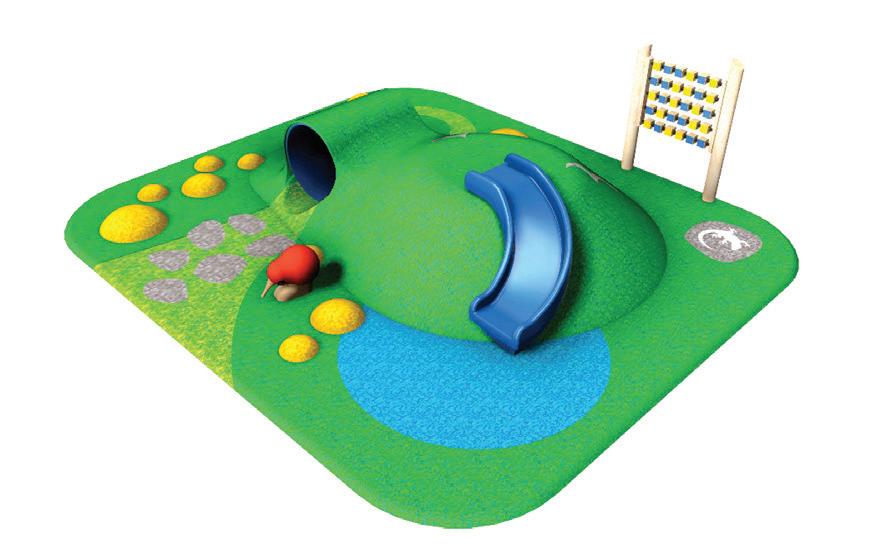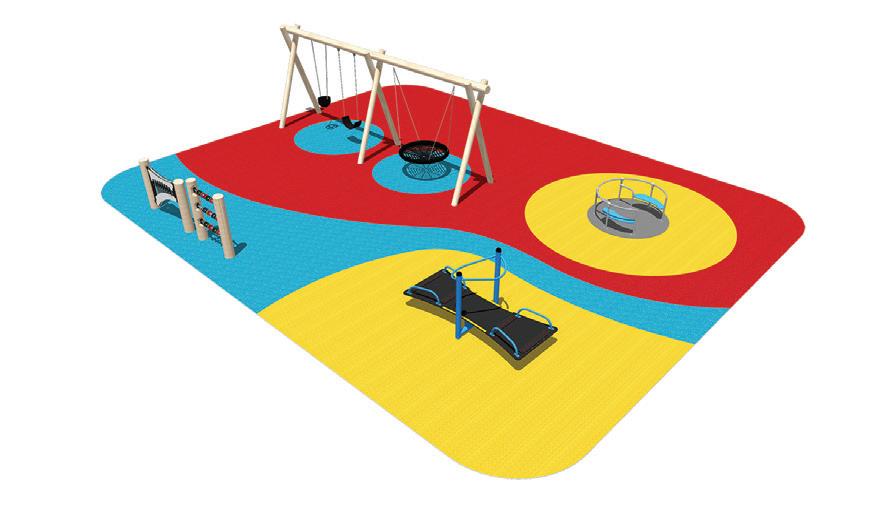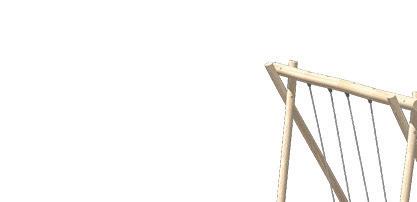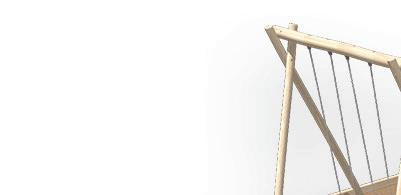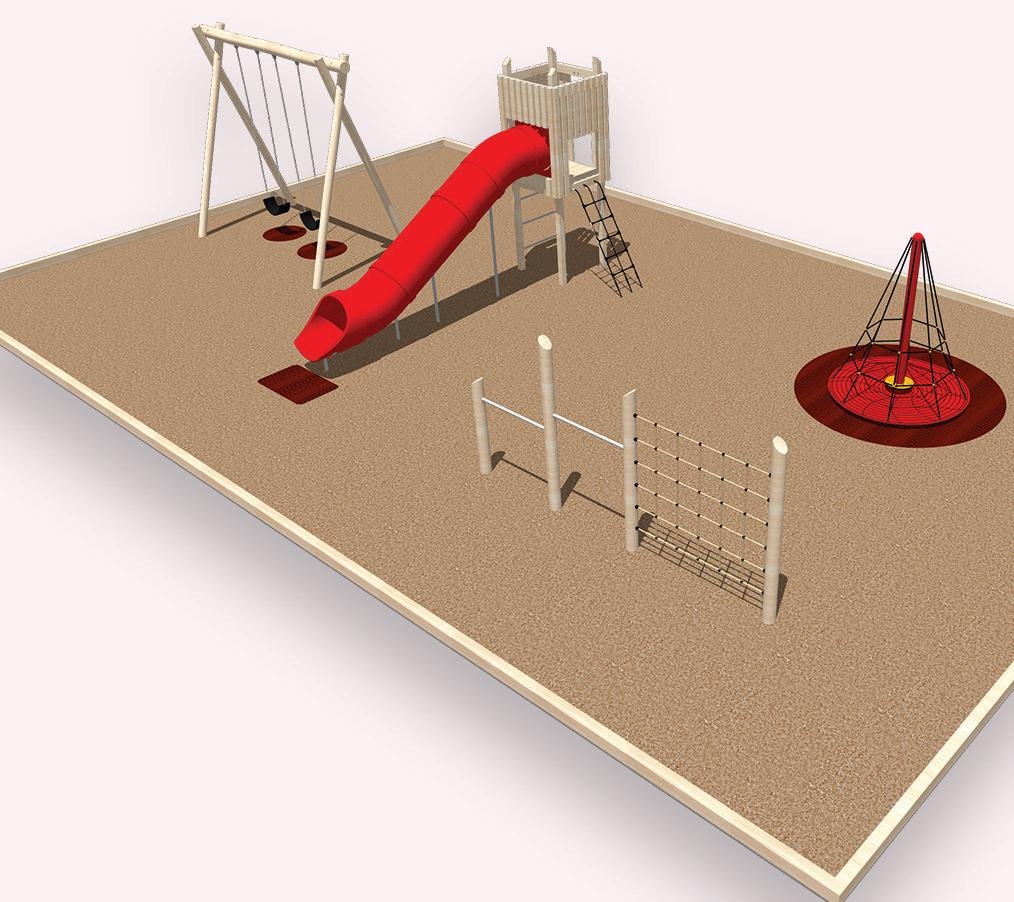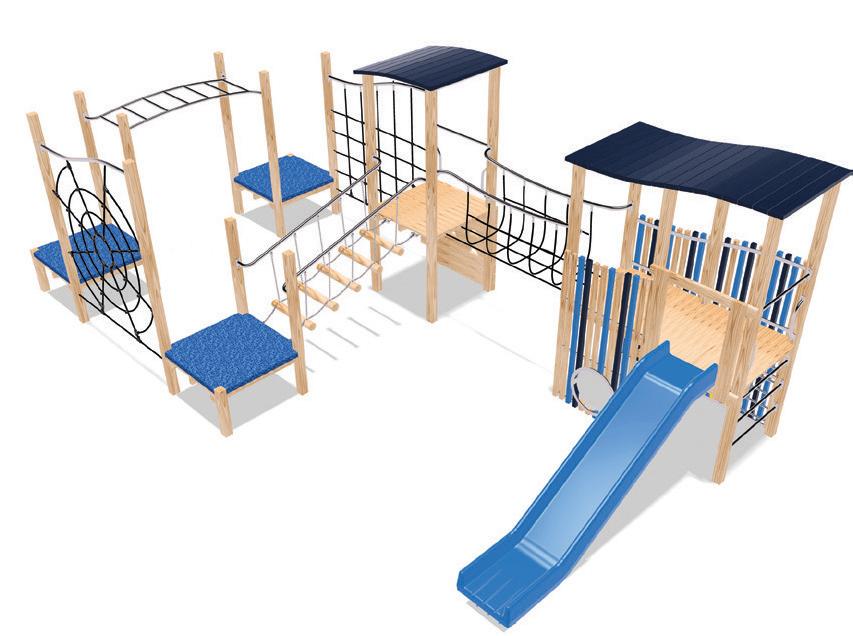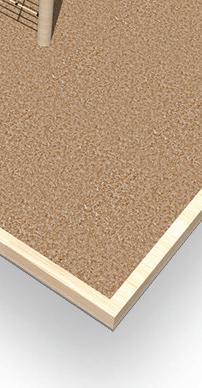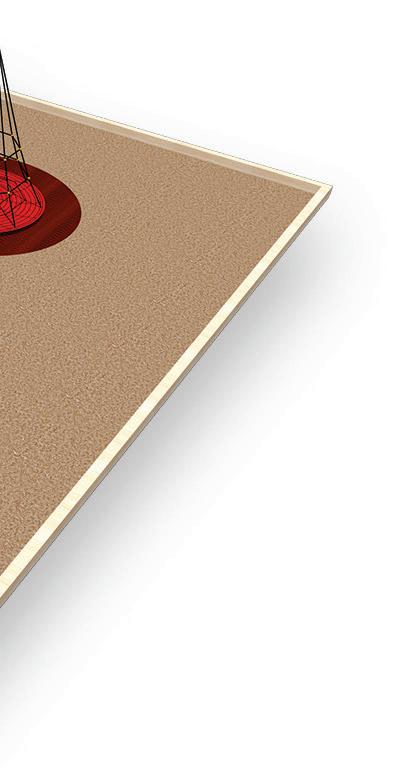



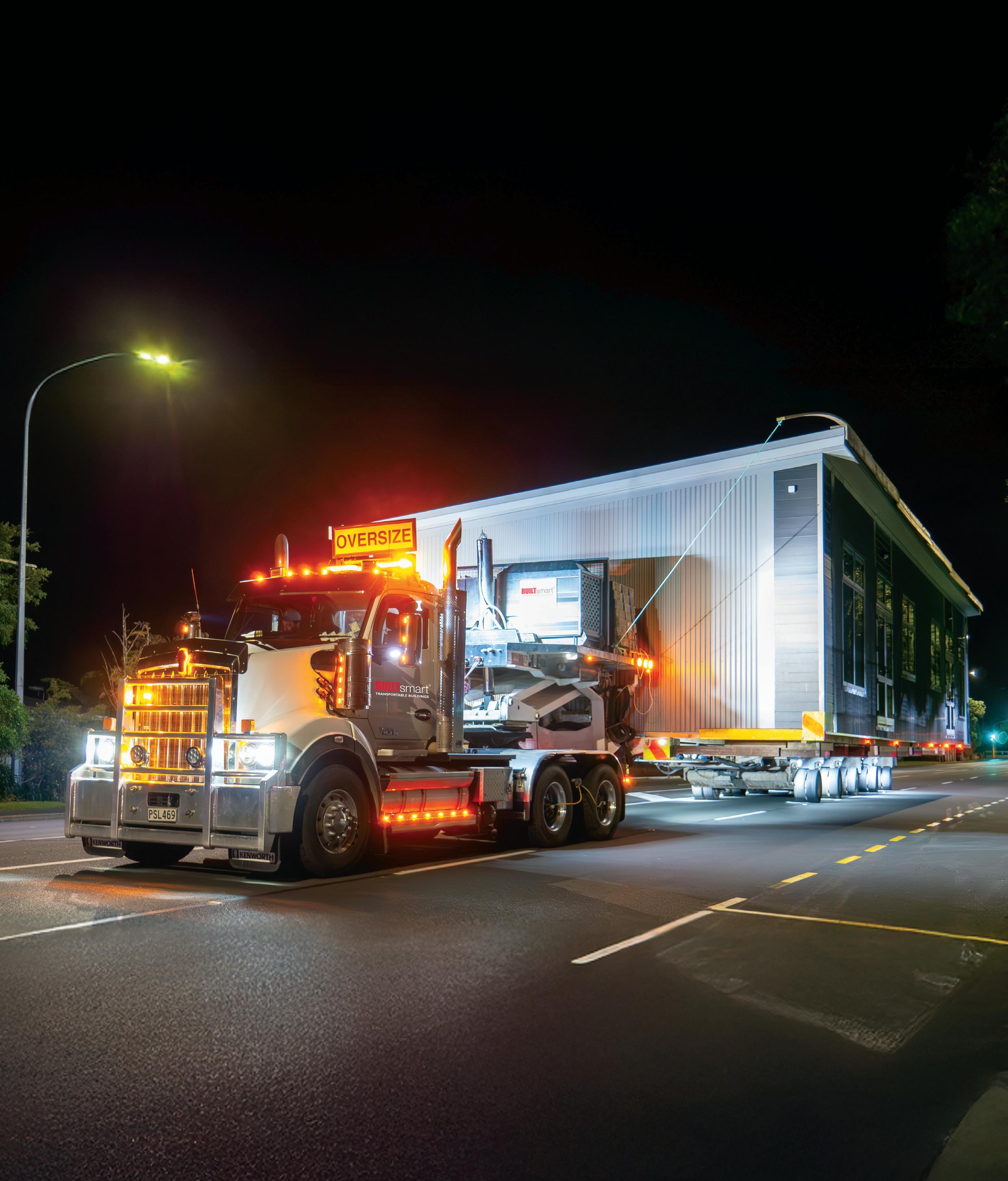




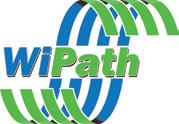



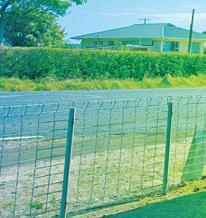


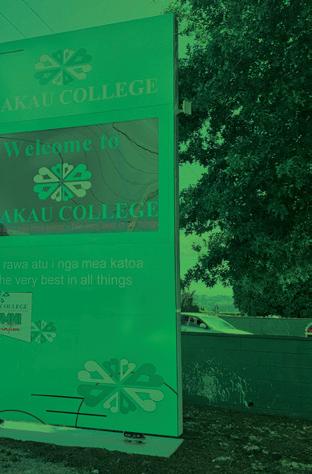
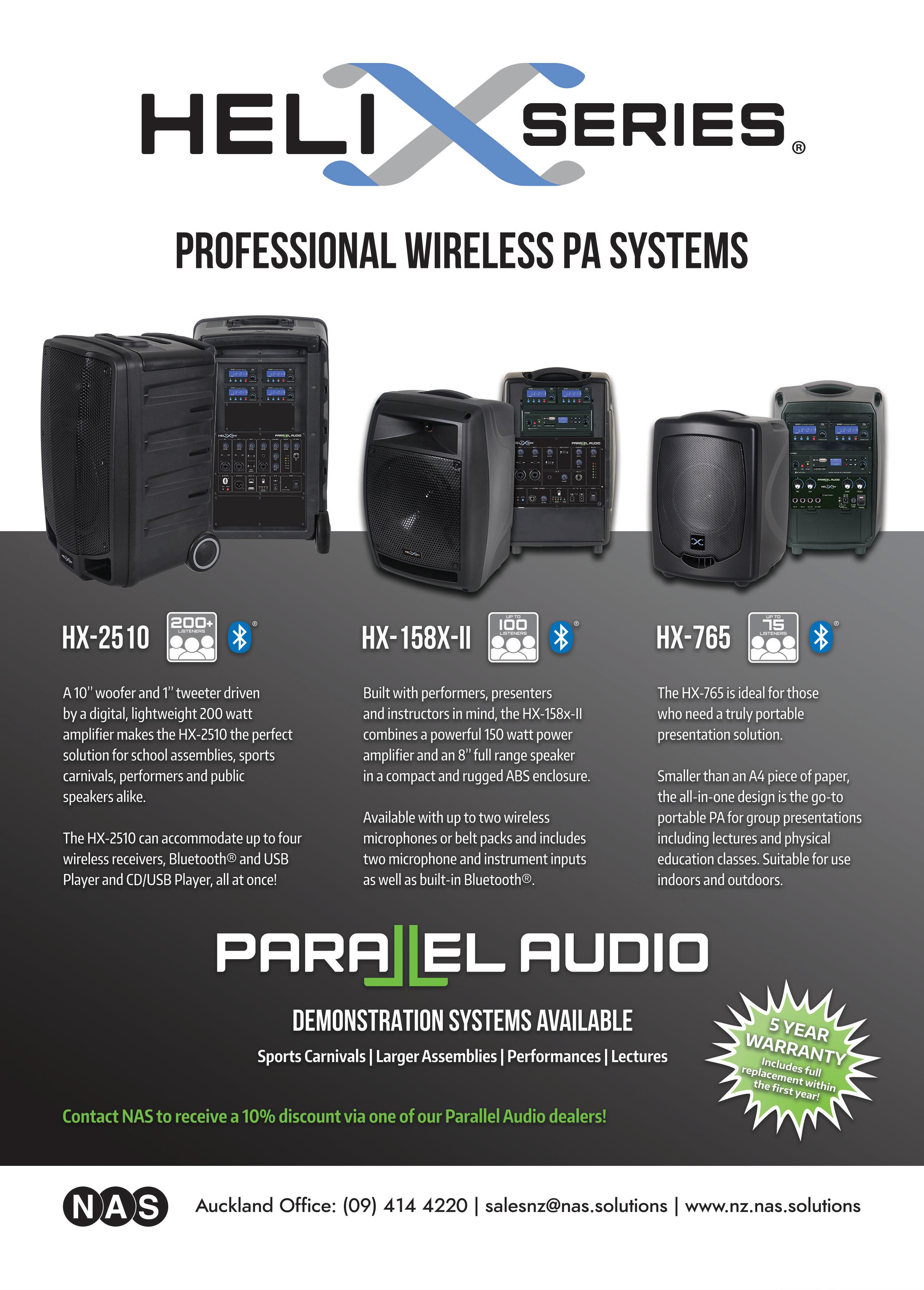






















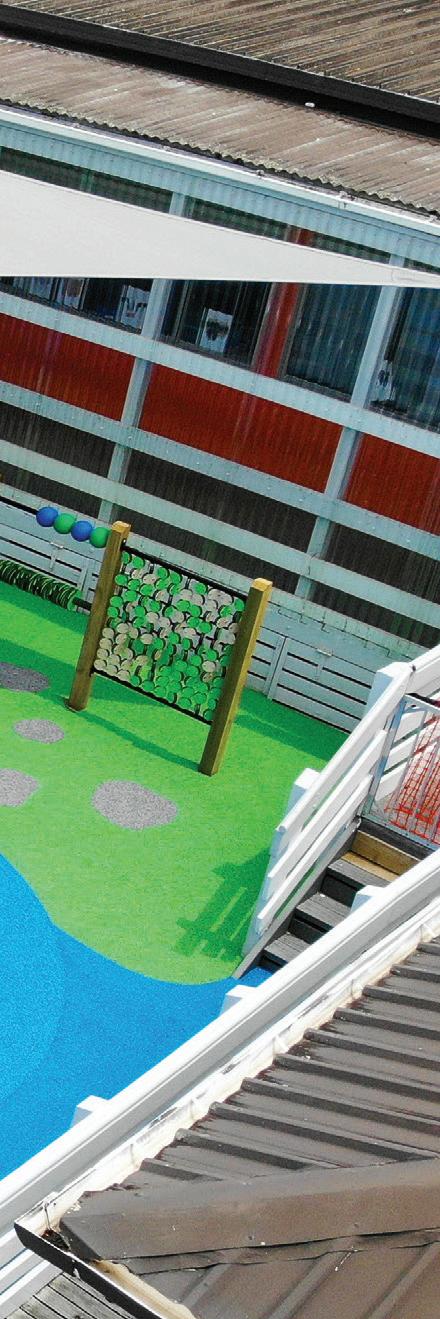





School News is distributed to primary, secondary and intermediate schools throughout New Zealand by Multimedia Publications New Zealand Limited.
The views and images expressed in School News do not necessarily reflect the views of the publisher. The information contained in School News is intended to act as a guide only, the publisher, authors and editors expressly disclaim all liability for the results of action taken or not taken on the basis of information contained herein. We recommend professional advice is sought before making important business decisions.
Advertising Conditions
The publisher reserves the right to refuse to publish or to republish without any explanation for such action. The publisher, its employees and agents will endeavour to place and reproduce advertisements as requested but takes no responsibility for omission, delay, error in transmission, production deficiency, alteration of misplacement.
The advertiser must notify the publisher of any errors as soon as they appear, otherwise the publisher accepts no responsibility for republishing such advertisements. If advertising copy does not arrive by the copy deadline the publisher reserves the right to repeat existing material.
Disclaimer
Any mention of a product, service or supplier in editorial is not indicative of any endorsement by the author, editor or publisher. Although the publisher, editor and authors do all they can to ensure accuracy in all editorial content, readers are advised to fact check for themselves, any opinion or statement made by a reporter, editor, columnist, contributor, interviewee, supplier or any other entity involved before making judgements or decisions based on the materials contained herein.
School News, its publisher, editor and staff, is not responsible for and does not accept liability for any damages, defamation or other consequences (including but not limited to revenue and/ or profit loss) claimed to have occurred as the result of anything contained within this publication, to the extent permitted by law.
Advertisers and Advertising Agents warrant to the publisher that any advertising material placed is in no way an infringement of any copyright or other right and does not breach confidence, is not defamatory, libellous or unlawful, does not slander title, does not contain anything obscene or indecent and does not infringe the Consumer Guarantees Act or other laws, regulations or statutes. Moreover, advertisers or advertising agents agree to indemnify the publisher and its agents against any claims, demands, proceedings, damages, costs including legal costs or other costs or expenses properly incurred, penalties, judgements, occasioned to the publisher in consequence of any breach of the above warranties.
© 2025 Multimedia Publications New Zealand Limited It is an infringement of copyright to reproduce in any way all or part of this publication without the written consent of the publisher.
PO Box 5104, Papanui, Christchurch, 8542, NZ Phone: (03) 365 5575 Fax: (03) 365 1655 mail@schoolnews.co.nz www.schoolnews.co.nz
EDITOR
Gemma Easton, editor@schoolnews.co.nz
INDUSTRY REPORTERS
Naomii Seah & Sarah Davison
DESIGN & PRODUCTION
Richard McGill, production@schoolnews.co.nz
ADVERTISING
Dee Dawson, advertising@schoolnews.co.nz
CONTRIBUTORS
Billie-Jean Potaka Ayton, Jo Fife, Dr Lara Tookey and Paul Ellis KEY

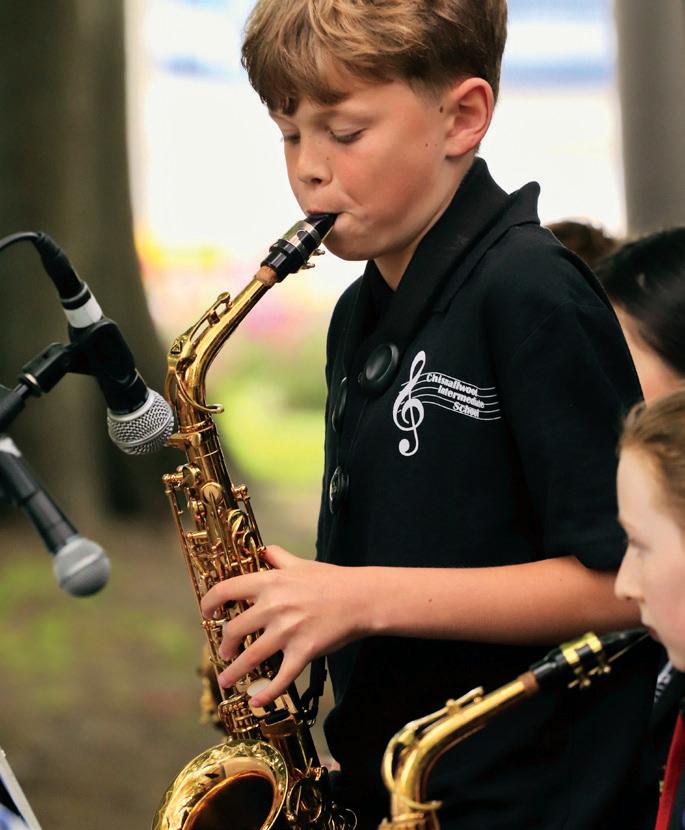
31 Resetting New Zealand’s education system for success
05 Editor’s Note: Is it all uphill or downhill from here?
Education
06 Special Report: Is it time for a new timetable?
08 Tumuaki Principal Speaks: Making it happen for our Kaiti kids
12 Profile: Chisnallwood Intermediate
16 Inclusivity as a culture, not a buzz word
Administration
24 Case Study: Smart key upgrade gives South Otago High full control in a day
Teacher’s Desk
26 From stress to success: Supporting teacher and student wellbeing
29 How to run a wellbeing challenge including students, teachers and whānau
30 Invisible barriers to learning: How classroom environments impact student achievement
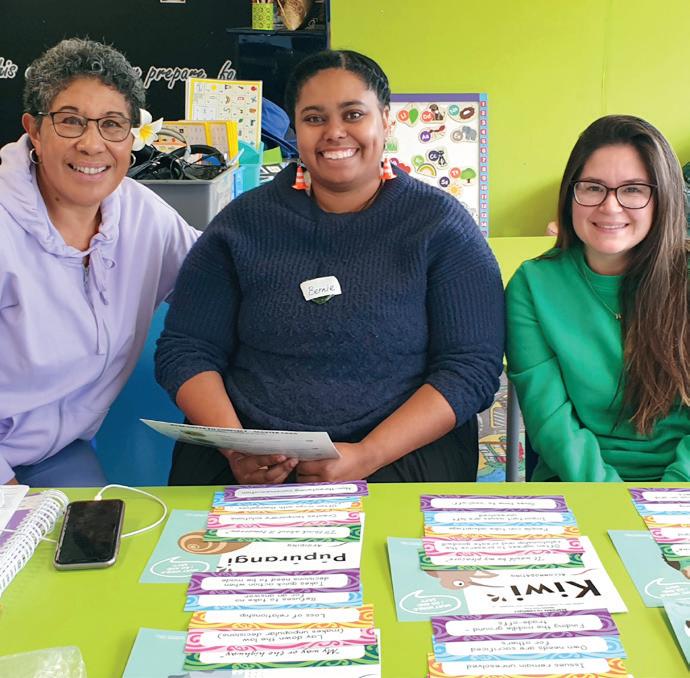
Teaching Resources
32 Bringing a school production to life
Technology
35 Case Study: Twenty-first century learning
EOTC
36 Curious minds and natural connections: Zoos & wildlife parks
39 Using Te Whare Tapa Whā in outdoor adventure programs
Sports & Recreation
40 Play On: Sports equipment to get everyone moving
43 Case Study: Transforming fitness at Central Hawkes Bay College with outdoor gym equipment
Property
44 Inform, inspire and unite with digital signage
46 Tree maintenance for safe, goodlooking greenery
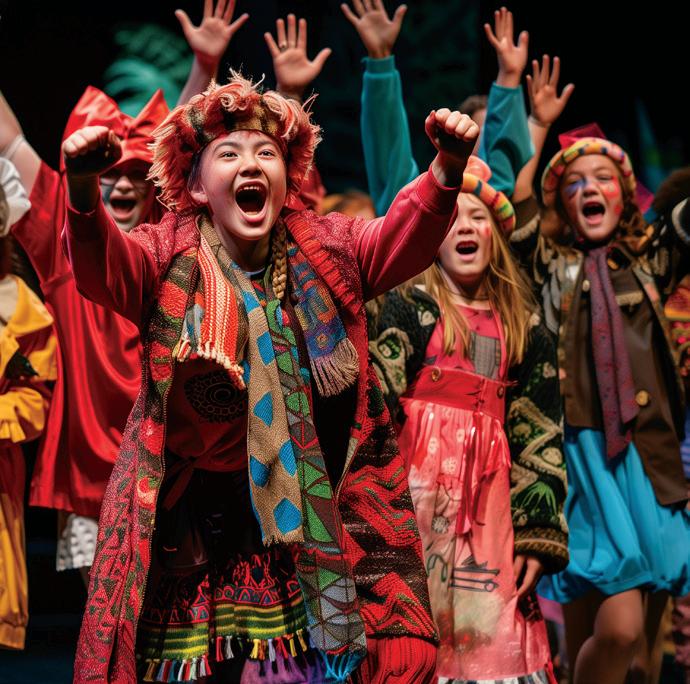
As I write this, ākonga in Aotearoa are in the last few days of their holidays. Many of you will also be savouring the last bits of your break before returning to the school-day hustle.
My own children are starting to moan about having to get back into a routine, complaining about the prospect of waking up in time for school and doing their homework in the afternoons. I know that secretly, though, they’re looking forward to seeing their friends and breaking up the monotony that days at home can bring.
At this time of year, it’s hard to know if the climb from here is uphill or downhill. On the one hand, half of the year is behind us. But as we head towards the
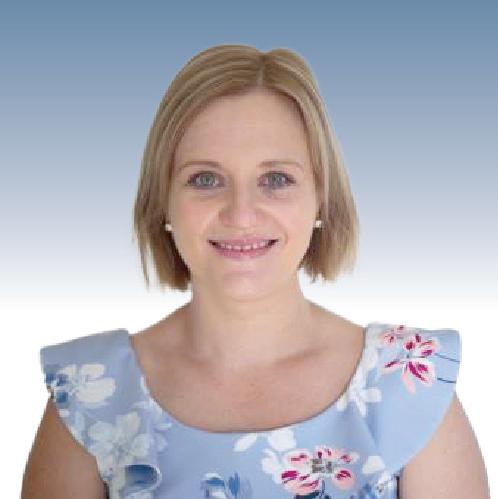
Easton Editor, SchoolNews editor@schoolnews.co.nz
end of the year, things get busy— exams, marking, reports, end of year celebrations, planning for next year…it can be a lot!
If you’re feeling slightly overwhelmed rather than exuberant, our wellbeing feature has some tips for keeping things calm in the classroom for both you and your students.
Have you ever considered the origins of school timetabling conventions? The New Zealand education system has its roots in the colonial era, with colonial values influencing our ideas of what a school and classroom should be like. With societal values, as well as the New Zealand Curriculum evolving, traditional, inflexible timetabling systems are becoming outdated. In our Special Report this term, Naomii Seah discusses how timetabling could be rethought to benefi t tamariki, kaiako, and the wider community.
We can agree that all tamariki deserve equal access to education, and schools and kura should be welcoming, inclusive environments for everyone—but what does this really mean? In our inclusive education feature, we look

at simple adjustments you can make in the classroom for the benefi t of all students; the importance of cultural inclusivity; and how to make sure accessibility is extended beyond the classroom walls and into all areas of your school.
Also this edition, Billie-Jean Potaka Ayton of Kaiti School in Gisborne is our Tumuaki Principal Speaks columnist. Billie-Jean believes that often, people don’t know they are natural leaders. Being asked to lead can be scary, but Billie-Jean says that it’s the job of leaders to grow others around us, to help them realise their potential.
Thank you for reading this edition of School News. All the very best for Term 3. Ngā mihi, Gemma.






By Naomii Seah, Industry Reporter
Timetables are not just a way of organising the school day—they express the values of a school, and ideas about the purpose of education itself.
Timetables are an essential component of education, as they structure curriculum delivery. A timetable can therefore reveal what schools value, as they are a method of allocating resources. For secondary schools in particular, timetables can become inflexible and restrictive as teachers and subjects become more specialised.
Traditional secondary school timetables are often organised along subject lines. For decades, this method has resulted in complaints of siloed teaching and learning. Subjects are taught in discrete blocks, with few opportunities for students to make connections between diff erent subjects and topics. These types of timetables have remained unchanged for much of New Zealand’s education history, and reflect values from an era where the purpose of education looked very diff erent to the current day.
Recently, educators and leaders have begun questioning this traditional timetable. Many
schools are recognising that traditional timetables are not fi t-for-purpose, being misaligned with school visions and values. In response, some schools are introducing timetable innovations, alongside associated changes in pedagogy.
In this special report, School New s explores the reasons schools are seeking change, what these innovations look like, the process of implementing timetable changes, and the outcomes they deliver for staff and students.
Interrogating the traditional timetable means interrogating the values that underpin education itself. What we teach to young people reflects how we, as a society, see ourselves. What is the role of a citizen? What does it mean to be a part of Aotearoa New Zealand? These broad philosophical questions are tied up in our education system.
The education system in New Zealand has its roots in the colonial era. At the time, the primary purpose of education was to promote assimilation with Pākehā cultural identity and values. The government followed a distinctly British model of national identity, and schools were tasked with creating “civil”, “moral” citizens and productive workers.
It’s this environment that established our normative ideas of what a school and classroom should be like. The society of this time had rigid hierarchies and authoritarian values, which we can see in more “traditional” school structures and inflexible timetables.
Now, the New Zealand Curriculum (2007) is the overarching policy document which sets out our national vision for education, revealing our modern values. Every teacher is familiar with the vision, values and principles of the NZC, which outlines our collective hope for every tamariki in New Zealand.
In brief, through their journey at school, young people should become confident, connected, actively involved, lifelong learners. They will value excellence, innovation, inquiry, curiosity, diversity, equity, community, participation, ecological sustainability, integrity and respect. They will be competent in relating to others and self-management; be creative, critical and metacognitive thinkers; be competent users of language, symbols and texts; and actively participate and contribute to their communities.
School decisions should be underpinned by the principles
of Te Tiriti o Waitangi, high expectations for learners, cultural diversity, inclusion, learning to learn, community engagement, coherence, and future-focus.
It’s clear then, that the expectations of modern Aotearoa for its young people have changed drastically from the time when our education system was established.
However, although our collective values and ideals have changed, many of our education structures and systems–including timetables–have not.
Despite the NZC’s clear intentions for our young people, not everyone is supported to achieve the goals of our curriculum. Many schools have begun to identify the disconnection between their stated policy and goals, and the procedure of how teaching and learning is conducted.
NZCER researchers Jan Eyre and Sophie Watson note in their 2021 paper, It’s time: Transformational timetabling practices, that students and staff may feel constrained by existing timetables, which control the opportunities available for teaching and learning.
That may be because traditional timetables, which allocate periods of time to discrete subjects taught by single teachers, express visions and values that don’t align with the school’s identity. The authors note that these traditional timetables can be interpreted as reinforcing beliefs of subject hierarchies, and the values of discipline and order.
But according to the NZC, schools should construct their local curriculums on the principles of coherence and learning to learn—that is, schools should encourage students to “make links within and across learning areas”, and students should “reflect on their own learning processes to learn how to learn.” These principles can be seen as fundamentally incompatible with a traditional timetable and pedagogy, which separates subjects from each other and views the teacher as the ultimate source of knowledge.
Eyre and Watson used five schools as case studies on timetable innovations. They found any timetable changes in schools were the end-product in a long process of interrogating values, beliefs and practices.
Some schools who participated in the paper were newly established, so built their vision and values from the ground up. Schools that altered their traditional timetables did so to address ongoing unmet needs, and had goals such as improving student equity, engagement, achievement and choice.
Schools began by interrogating their sense of purpose, aims and values. A strong understanding of these attributes was first required to ensure alignment of practice and process with desired outcomes. Effective community engagement and input was related to the success of pedagogical and structural changes, as these needed buy-in and understanding from all stakeholders.
A school’s purpose, aim and values were expressed in formal and informal ways, such as explicit mission statements, logos, icons and mottos. These provide a
means of communicating and reminding stakeholders of the shared goals and culture of the school, and therefore the purposes of certain processes.
Once the desired outcomes were understood, timetable innovations followed. This meant that though each school’s timetable was unique, there were similarities between innovations.
Common innovations included extended advisory / form / whānau time, longer learning periods, and implementing integrated learning modules.
Whānau classes were implemented to improve students’ sense of belonging. Classes are typically small, and one teacher oversees the students throughout their school journey. Some schools had mixed levels in their whānau classes which facilitated tuakana-teina relationships, and provided students with mentorship and advice. These classes often had their own curriculum too, which might consist of foundational skills like literacy and numeracy.
Longer learning periods were implemented to facilitate deeper learning in class, which in turn led to differences in teaching delivery. In some cases, these longer periods were used to deliver innovative pedagogical models like integrated learning modules. These typically combined many subjects under one “topic” and could be mixed levels and ability.
Specialist teachers often collaborated and worked together to deliver these modules, with the aims of improving student engagement and providing relevant contexts for authentic learning. This also improved student agency and
choice, as students felt they had more say over what they learned and their progression.
Many schools who implemented timetable innovations did so out of a desire to align curriculum delivery with their stated goals. Changes in pedagogy often necessitated changes in timetable and/ or teaching processes.
Appropriate support is crucial to ensuring successful implementation of systemwide changes. This means appropriate professional learning and development to support timetable innovations. Eyre and Watson found that regular, ring-fenced time was necessary to effectively implement new pedagogies and timetables, and that more PLD sessions was better than fewer when done effectively.
Teachers’ existing workload also needs to be accounted for to avoid overloading or overwhelming staff. One effective strategy was to model and enforce clear work-life boundaries such as ensuring teachers left by a certain time each day. It was also important to foster a learning culture among teachers, so they felt comfortable trying new approaches.
When implementing transdisciplinary approaches to learning, it was important to facilitate community and collaboration between teachers. Leaders might also wish to consider the available learning spaces in the school. Teachers working in traditionally structured classroom settings found collaboration could be difficult, and teachers working in innovative learning environments needed strong
support to enact the desired vision for teaching and learning. Teachers and the wider school community should also be regularly reminded of the “why” behind process changes to support buy-in.
Each school in Eyre and Watson’s study implemented appropriate innovations for their context. This might mean strengthening vocational pathways, or supporting offsite learning with the timetable. Other schools provided opportunities for students to be extended with their redesigned curriculum and timetable, or else ensured that students didn’t have to restrict themselves to certain pathways with their subject choices.
The timetable is therefore a tool for structuring and enacting the vision of teaching and learning in the school. Timetable innovations can be transformative for the community, as long as they are done purposefully, with appropriate support and clear communication. A system-wide change requires strong leadership, innovative thinking, careful planning, and meaningful collaboration across all stakeholders.
Given the upcoming changes to the curriculum, now may be the right time to reflect on your school or kura’s current learning process and timetable. Is it fit for purpose, and will it remain so in the near future? Though changes can be challenging to juggle alongside existing workloads, with strong vision, determination and leadership, any system can be reimagined for the better.

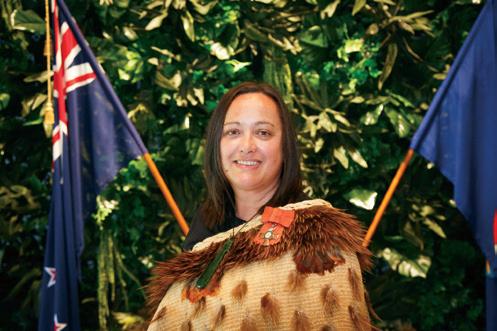
By Billie-Jean Potaka Ayton , Tumuaki Principal, Kaiti School
Billie-Jean Potaka Ayton (MNZM) is the Tumuaki of Kaiti School in Gisborne. In this column she shares some insights from her experience as a leader.
I first arrived at Kaiti School 16 years ago, in September of 2009. I was quite young then, and the education adviser, who was supposed to be supporting me with my role, said to me: “I’m surprised they chose you. Are you going to be able to do this job?”
At the time, Kaiti School had a ten-year period of roll att rition. I was the fourth principal that year. There were no gardens in the school, and it was, based
on my observations, a negative space. Every teacher was doing their own thing. They were all doing a good job, but it wasn’t cohesive and progressive. There were six teachers for 130 students, and only six out of 13 classrooms were being used.
Today, Kaiti School looks very diff erent from when I first began in 2009. Now, we have 21 classrooms for 47 staff, 20 of whom are teachers, and 415 students.
Our school is predominantly Māori. Eight percent of students are Pasifika, and two percent are other ethnicities. We draw from all iwi in Te Tairāwhiti. Some students whakapapa to other regions, but the majority are Ngāti Porou.
Our kaupapa has a strong te ao Māori focus. We are a bilingual school which off ers both Māori medium and English medium pathways. The curriculum has strong ties to Te Taiao, and we believe that our tamariki need to know about who they are and where they come from before learning about other
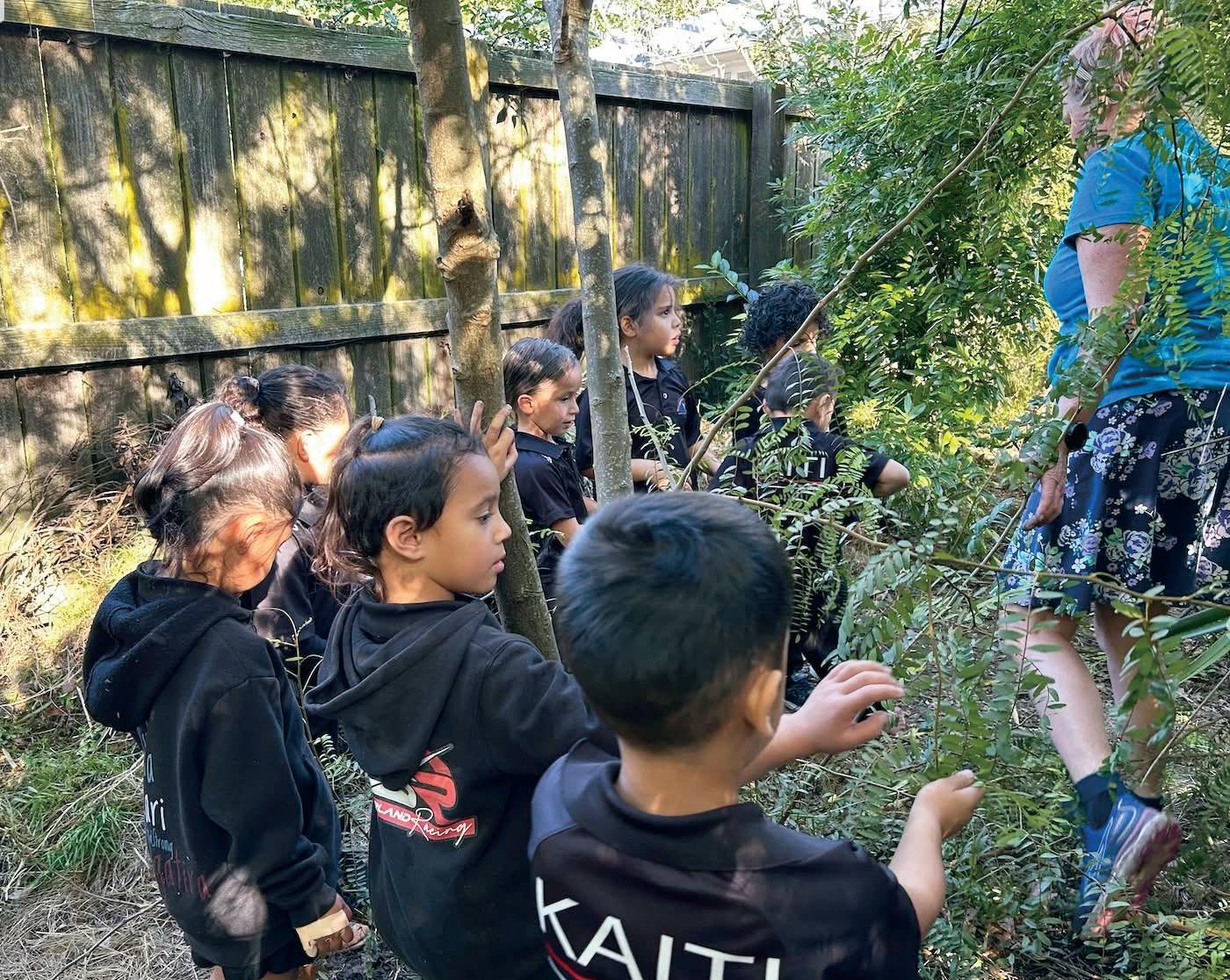
It’s our job as leaders to grow others around us, to realise their potential
areas of the world. A knowledge of their whakapapa is a key characteristic of a Kaiti learner. We encourage students from Year 1 to recite their pepeha.
Te Taiao is incorporated throughout our curriculum. We knew from the pandemic period that being outside was good for our tamariki. We couldn’t be close to each other inside, so we all went outside, and our curriculum evolved from there. When you walk through the school, you’re going to see students engaged in learning activities outside. We have a mara kai (vegetable garden),

and tamariki are involved in planting around the grounds, riding bikes, and singing outside. We also believe that physical activity for students is a very important component of being a successful learner. To support this, we employ a full-time sports leader who delivers a physical education and cultural program with our students. This supports wellbeing, and we extend this att itude to our staff, who are the most valuable resource we have. The staff hui in Term 2 was wellbeing focussed. We prioritised having fun as a
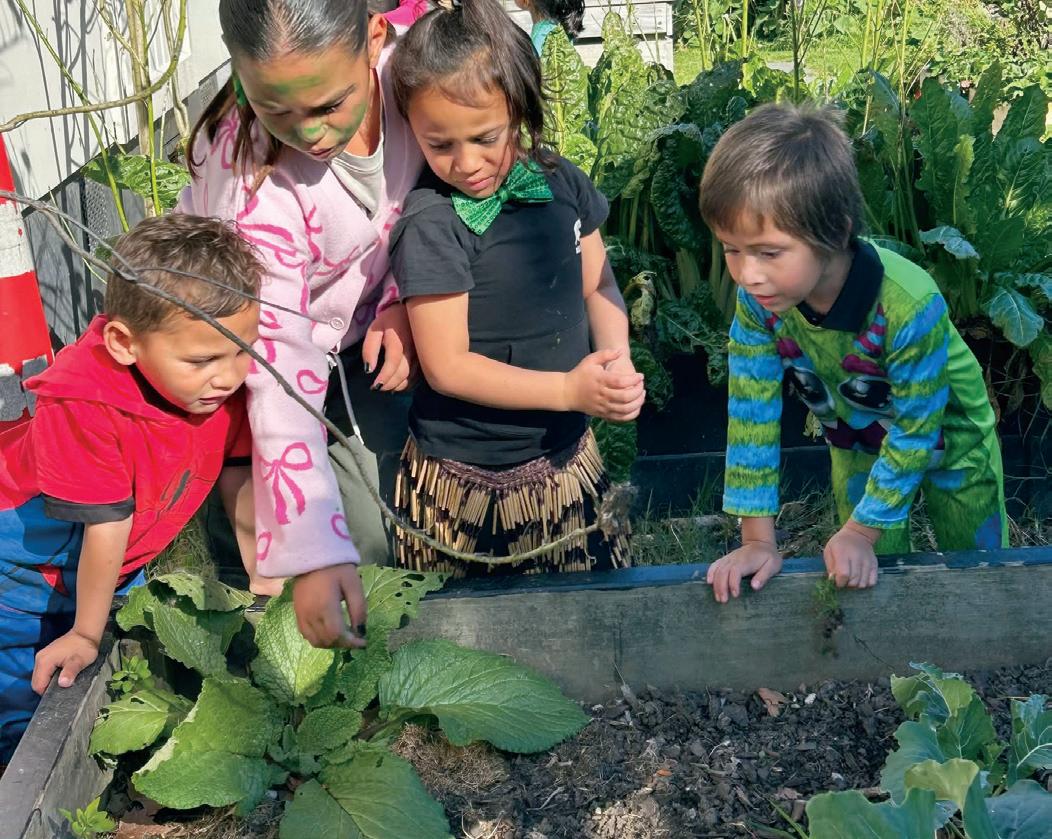

group, being outside and being active as small reminders to look after ourselves along the way. The special thing about this wellbeing initiative was that it was led by kaiako.
Every week there’s something new happening, and yes we are busy. We have these amazing people across our kura, who make sure we sit down and prioritise the academic learning areas daily for their learners. We have been on the structured literacy pathway for about two-and-a-half years now. It’s an effective program which has made a positive difference for our tamariki, and likewise for structured maths, which we began in 2020.
Our daily attendance is very high, usually in the 90 to 93 percent range. If it’s at 88 percent, that’s a bad day, and it’s usually raining hard! We also have a new trend where classes are reaching 100 percent attendance every day. In term two we had one class that had 23 days of 100 percent attendance in a row. That’s significant for us, and

it’s positive modelling for other classes. It also demonstrates that tamariki and whānau are motivated to attend and be here.
We have many visitors to the kura, and one of the things they often say is that they feel welcome and inspired, but more importantly, they notice that the students are happy and very respectful. We don’t have many behaviour issues in the kura. The students are well supported, and we try to keep things calm.
When there’s an issue, we take the time to make sure they’re supported to feel okay again. Their whānau are involved and we work alongside other

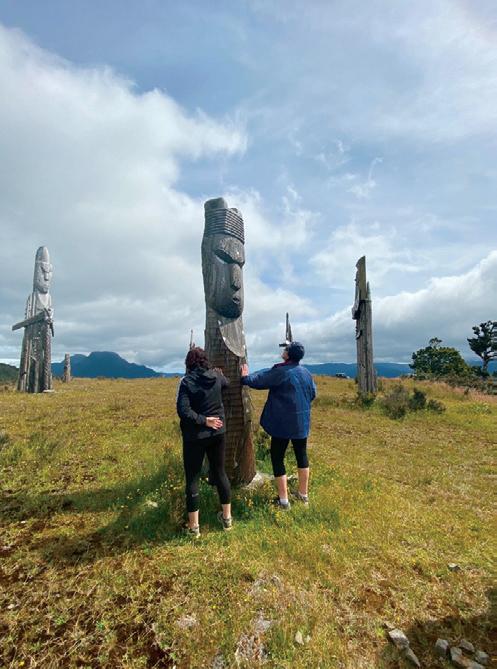
responsibility. We have a team leader for support staff as well, who attends all leadership hui.
We keep tabs and monitor the work of our leaders to ensure we are focused and moving forward, however these leaders make decisions for their own areas of responsibility, which builds leadership confidence.
agencies for specialist support if needed. Relationships are key for our learners. We want them to feel safe, be heard, belong, and know that their teacher values them.
Going from six to 20 teachers, and 130 to over 400 students in ten years is a big change. You’ve got to have lots of leaders to support these changes, which means giving the people you work with opportunities to grow, lead, influence and thrive.
We have a broad leadership structure at Kaiti. There’s myself, two deputy principals and seven senior leaders in the school who lead teams for various areas of
Beyond this group there are many other leaders who have responsibilities for Taiao, Kapa haka, Sports Academies programs and Special Education.
Most people don’t know they’re natural leaders, and being asked to lead can be scary. From my experience and how I was brought up, you don’t put your hand up to be the leader, someone else tells you it's your turn, and leadership occurs. Leaders are grown, they are developed and nurtured over time. That is our model here too. We might tell someone they will be a team leader next term. They might say they don’t know what to do, or that they haven’t got the skills.
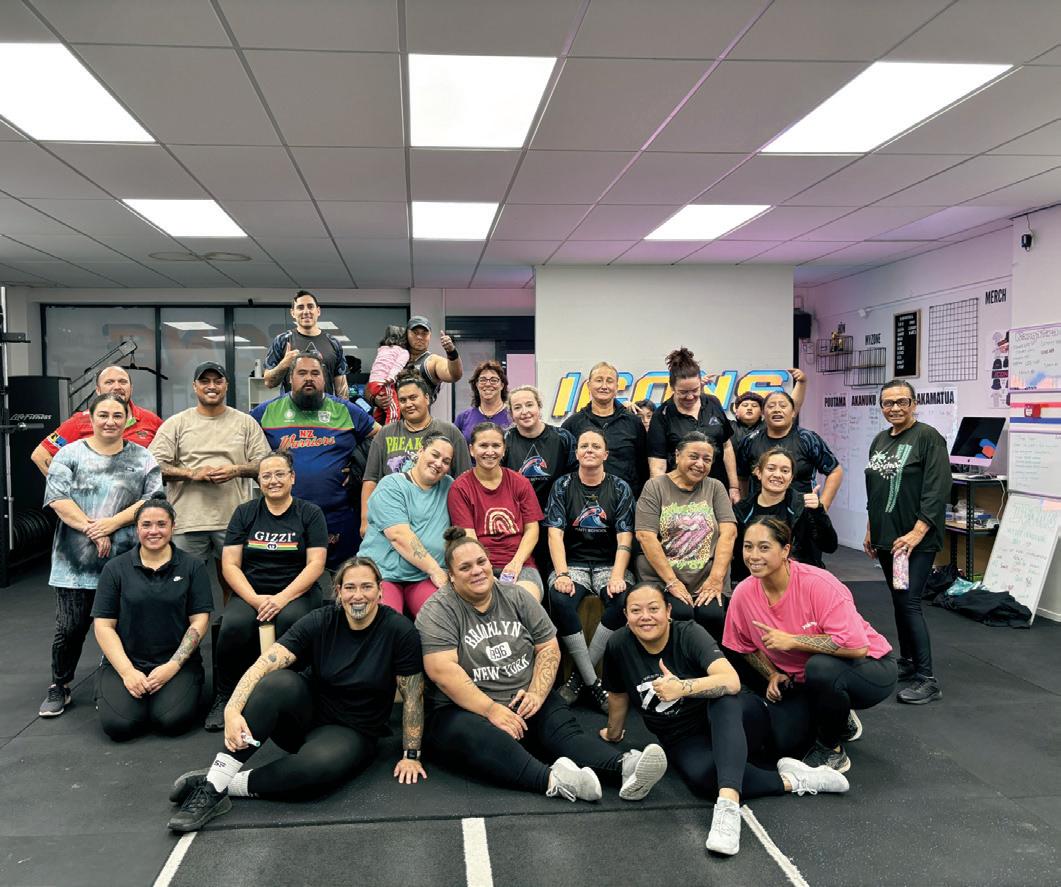
We tell them: yes, you do have the skills, you are ready. It’s our job as leaders to grow others around us, to realise their potential.
Prior to Kaiti School, I had worked in both high and low decile schools across Auckland, which gave me a very broad range of experience as an educator. That experience, in combination with lessons I learned from my parents and my grandparents, prepared me for the journey here.
My grandparents were hard workers, and my grandmother, Hinetara Potaka, was a leader in education in her own right in the early childhood sector. They taught me about the importance of hard work. To lead you need to be a worker, and you have to be willing and able to do everyone else’s job, including your own.
Another key to Kaiti School’s success is our environment. If you have a tidy, orderly, att ractive environment that’s full of gardens, and native gardens at that, learning
happens. All our classrooms are spotless. I’ve never asked the school whānau to be that way, they do it because they care about their space.
Property is a very important part of the board’s role—these are the spaces our students learn in. Given our roll growth, we’ve had constant cycles of property improvements every year. At first, the Ministry wouldn’t give us any more space. But no doesn’t mean no to us, it meant we had to find another way to make them say yes. Our spaces are att ractive, inviting and warm. If something breaks down, we fi x it right away. The environment contributes to and supports learning.
We have amazing whānau here, and we have been with the Horouta Whānau Ora program in Te Tairāwhiti for 15 years. We have a kaiārahi (navigator) who works with families to set goals, and work towards making them a reality over the course of

12 months. Those goals might be around finances, housing, relationships, whānau wellbeing, Te Ao Māori or education.
The program invites our community into the kura. Not only does it improve community engagement, we see the benefi ts for children who consistently show up to school ready for learning, which leads to awesome outcomes. The program encourages whānau to break barriers, to take supported risks and step beyond their safe spaces. This change impacts their children, building their courage to go all the way in their education and sporting pursuits. At our school, we see our whānau involved as coaches of sports teams, and when we have whānau hui, there are 200 whānau who show up, not ten.
At whānau hui, we gather ideas from our community on absolutely everything, from our curriculum to our property, our uniform and our sports programs. The board looks for themes in the whānau voice and from here they set up initiatives.
Some changes we’ve instigated because of whānau feedback include having a uniform, increasing the level of reo in our classrooms, and becoming a full primary which caters to Years 7 and 8 in our Māori Immersion pathway. The board resisted the idea of going to Year 8 for many years because we didn’t have the room. But we saw that whānau felt strongly about this. and so the board made the decision to recall classrooms that were being used by the RTLB service. Now, most of our students will stay on for Year 7 and 8.
Leadership from many, building a positive learning environment, and listening to whānau voice are some of the contributors to the Kaiti School of today, which sees high attendance, and student success at Kaiti and beyond. Of course, the final ingredient is a strong work ethic: we’ve got to be prepared to work hard together and invest energy in what we value... then results will come.



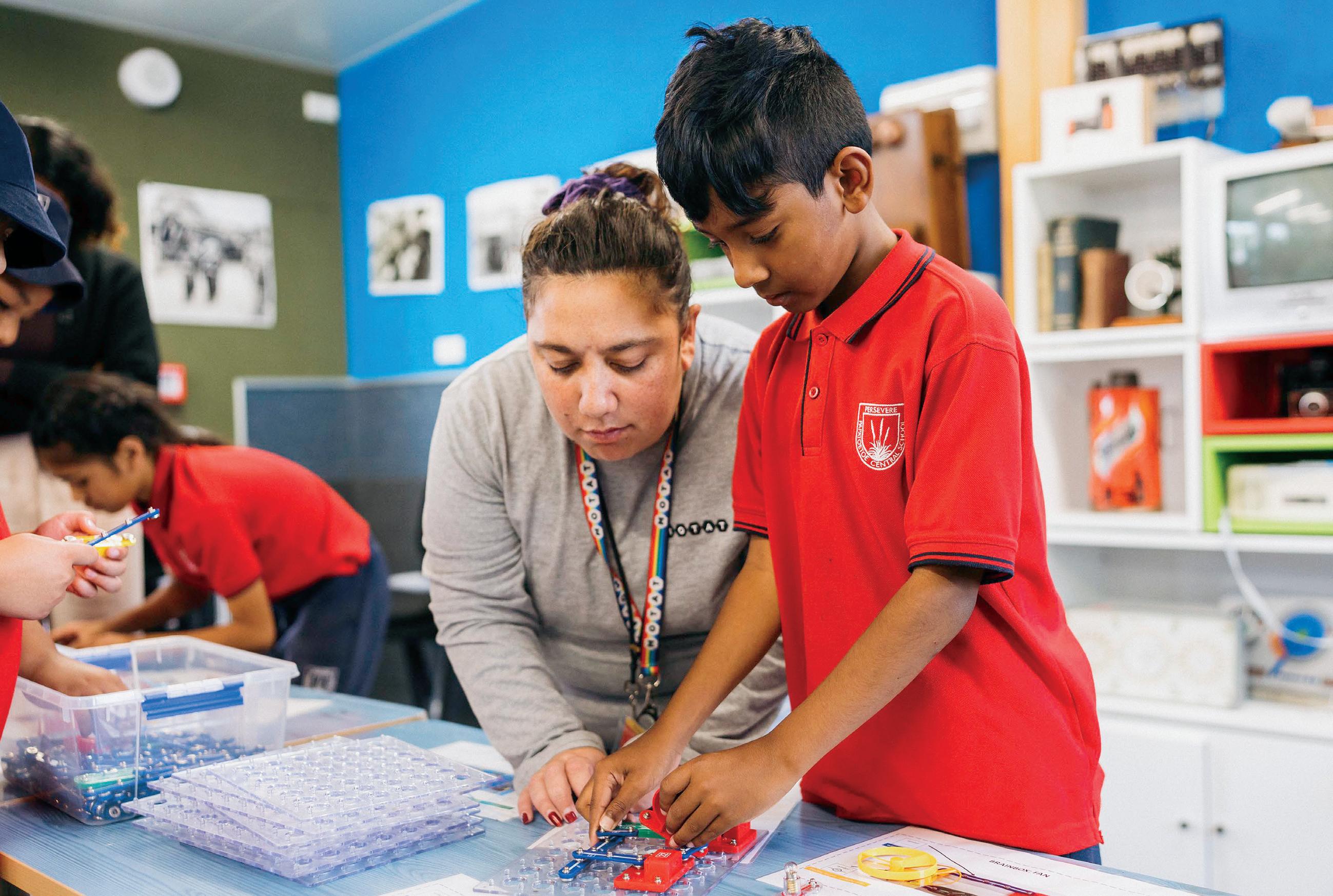
By Naomii Seah , Industry Reporter
Opportunities are critical for preteens to build confidence and capability, says Chisnallwood Intermediate, acclaimed for its music program.
Chisnallwood Intermediate stands deep in the eastern suburbs of Christchurch, just minutes from the banks of the Avon River | Ōtākaro.
Around the corner, the rows of everyday suburban houses that surround the school abruptly give way to green fields, broken only by mature trees and towering powerlines. The trees rise in neat lines, tracing the ghosts of property boundaries and old driveways.
This is Christchurch’s residential red zone, an area around the Avon that experienced severe damage from the 2010 and



2011 earthquakes. In 2006, the population of the ŌtākaroAvon River Corridor, which encompasses most of the red zone, was over 10,000. Now, the population is estimated at less than a hundred.

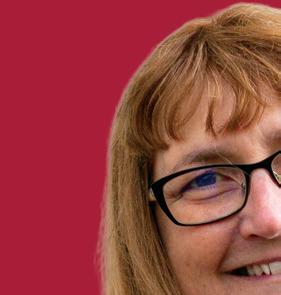
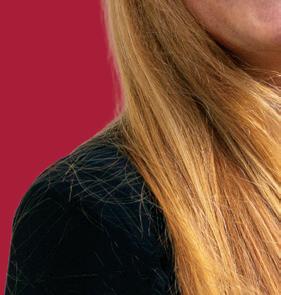
Despite the gravity and impact of the Christchurch earthquakes on the community, Chisnallwood Intermediate’s story is not one of tragedy and loss, but rather one of endurance, determination and excellence.


Today, Chisnallwood Intermediate, known locally as “Chisssy”, has over 400 students despite eff orts to enforce roll reductions. Around 50 percent of students are from out of zone, and the demographic makeup of the school is reflective of wider Christchurch's diverse communities.
Principal Todd Blake describes Chisnallwood’s situation as “unique” and says students continue to come to Chisnallwood because of its reputation as a school of choice and opportunities.
The school’s music program is particularly well known, and long-time music teacher Judith Bell has recently been recognised with a New Zealand Order of Merit. After decades of service, Ms Bell is now the jazz director at Chisnallwood, and Emma Jarman has taken over as music director.
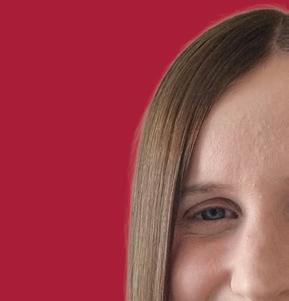
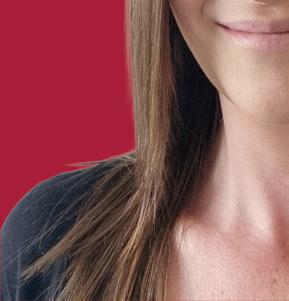

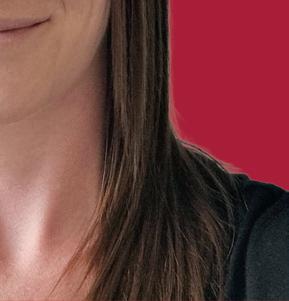
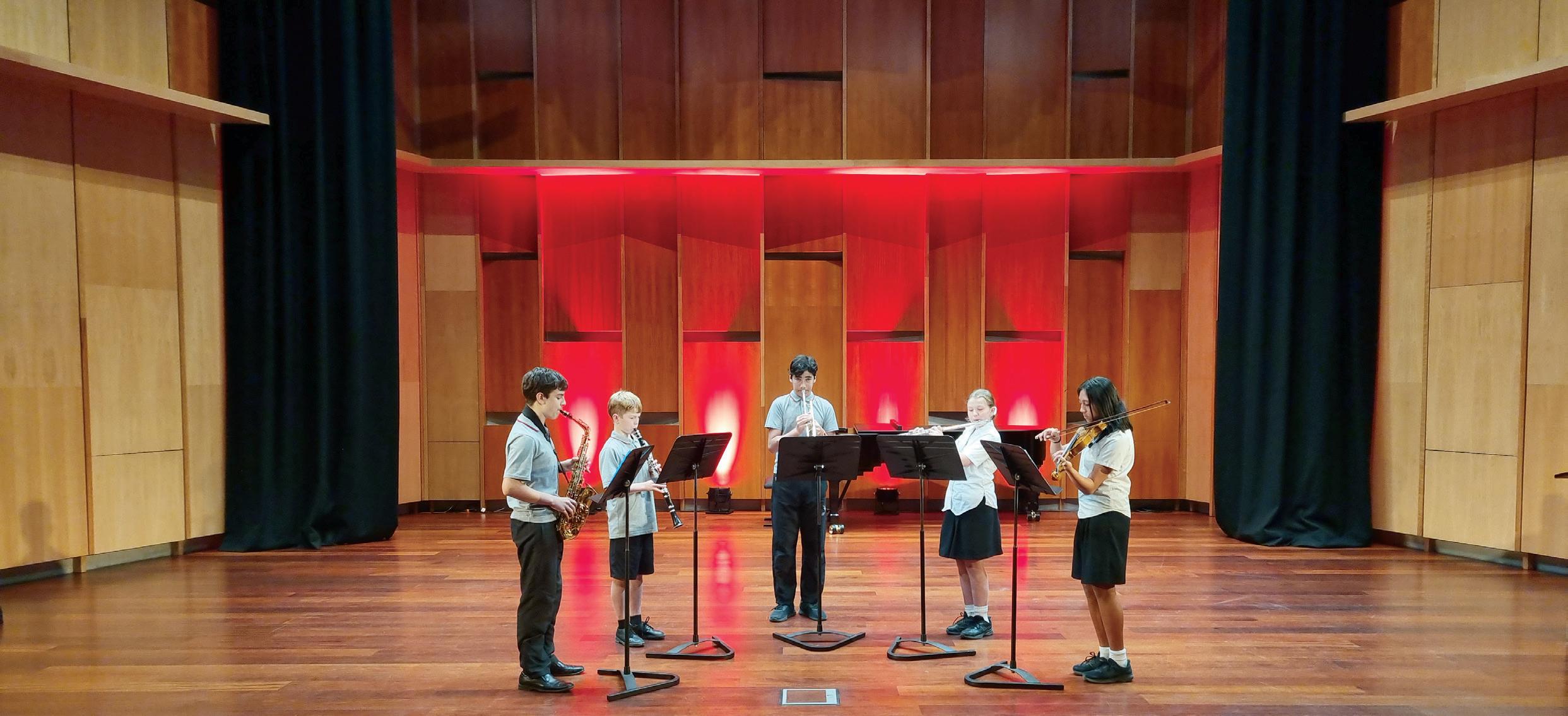
Following the quakes, although the school lost its international students and many of its families were displaced, the roll fell only marginally. Ms Bell has been with the school since the turn of the century, and she remembers the post-quake period.
“A lot of people moved out of the area, and you think that would plummet our roll significantly... but we only lost a hundred because people came from miles away.
“They were displaced from their homes, but they still chose to come to Chisnallwood and travel past other schools because of what Chisnallwood was offering.
“From my perspective, some chose to go for the music, which surprised me because I thought that would be the first thing people stopped valuing after the earthquakes.”

Far from it. A paper co-authored by Ms Bell and Tim Bell shortly after the earthquakes shows that by the end of 2011, there were 65 more students on the music roll. Only one student discontinued their music lessons, with many expressing impatience to return to music post-quake(s). That year, the jazz group performed exceptionally on the local and national stage, winning more than usual

awards against high school ensembles, reflecting students’ higher motivation and effort.
“Students had severe damage to their homes, the earthquake damage caused financial hardship, and the school itself was closed for several weeks... [but] It became apparent that participation in the music programs provided the students with routine and motivation in the midst of a lot of change and
uncertainty in other aspects of their lives,” reads the paper.
Shortly after, John Key’s National Government proposed merging Chisnallwood Intermediate and four others into a “super-school”. Chisnallwood and one other school opposed the merger, but only Chisnallwood Intermediate was successful. When then education minister, Hekia Parata, announced in 2013 that Chisnallwood Intermediate would remain open, The New Zealand Herald reported “around 800 students, staff and parents clapped and cheered”.
Principal at the time, Richard Paton, said the school community was “over the moon.
“The support of everybody in the community has been overwhelming, and the nice thing is that they've got the result they wanted, and as a school, it's up to us now to work with them and give them the best opportunities they could ever wish for.”

Opportunities is a word that comes up frequently when speaking to the staff of Chisnallwood Intermediate. Mr Blake, Ms Bell and Ms Jarman all emphasised how crucial it was for intermediate-aged children to be given opportunity. Opportunities, they explain, are crucial for building self-confidence, agency and motivation for this agegroup, which enables them to excel at intermediate and beyond. It’s evident that each staff member at Chisnallwood Intermediate has a passion for working with pre-teens and meeting their specific needs.
“What sets Chisnallwood apart is that it’s more like a junior high than an upper primary because of the specialism,” says Ms Bell.
“When you've got specialism, you’ve got the chance for kids to meet other kindred spirits and form those bonds and encourage each other, to make friendships and build the confidence to grow in the passion they might not have realised they had.”
Mr Blake agrees. He began as a teacher at Chisnallwood in 2005, became Deputy Principal in 2015 and Principal this year. Mr Blake says when he first arrived, he was “blown away” by the opportunities Chisnallwood was able to offer students. The music program is one example, but the school also has two purpose-built science labs, and a dedicated offsite EOTC facility.
“Because it’s such an important time in their growth—socially, emotionally, developmentally, psychologically—an intermediate [school context] is the only way to be able to provide them what they need, in my opinion,” says Mr Blake.
Recently, the school has paused to reevaluate those needs, seeking feedback from the community. Now, the school’s strategic goals centre on cultural consciousness, and wellbeing and hauora.
Ms Jarman is relatively new to Chisnallwood, having started earlier this year. She believes opportunities for intermediate age students outside Chisnallwood to build confidence and social skills can be relatively limited.
“We’re supporting students to

I saw the value of giving them opportunities, and it really motivated me
be really resilient and develop confidence in themselves to put themselves out there and in front of people.
“It’s absolutely amazing how much development you see in a student at this level in the two years you have. I know there’s a lot of high schools that love getting Chissy kids because... they’ve got a really good, strong foundation, and they come as confident learners.”
Ms Jarman says one example is that Chisnallwood Intermediate encourages their students to take charge of their own learning, and therefore push themselves past old limits. The staff have high expectations of students, and many rise to meet them.
“One of the wonderful things I haven’t seen happen at any other school is that students get the opportunity to explore extension projects here, so they can come up with a proposal of something they’d really like to do, and given a chance to run
The first year under Ms Bells’ guidance saw Chisnallwood’s rock band—its first ever— perform exceptionally well, placing in regional finals. From there, the music program grew exponentially.
Ms Bell sourced second-hand instruments and began a hire scheme to finance the program. With the growing success of the music program, Ms Bell was supported by the principal and board to design and construct a music suite in 2005. Though Ms Bell maintains the teaching is the most important aspect, she says the suite "changed everything”. More than additional space for lessons, students flourished given the space to develop their practice.
Ms Jarman says the suite is so well designed, it has withstood the test of time. As well as space for breakout sessions, the music suite was designed with ample storage for the range of instruments held by the school for hire. That’s crucial to the program, says Ms Jarman, as it removes a significant barrier.

with it. There’s no ‘oh, there won’t be time for that’...kids haven’t been shut down [and] kids aren’t afraid to make mistakes.
“The intermediate years are a really, really good opportunity to be exploring and finding out more about yourself and what you’re capable of.”
Ms Bell began teaching music at Chisnallwood in 1999 out of support for her son, who was attending at the time. She said almost immediately, she could see “what the needs were, and what the potential was; it was kind of glaringly obvious.
“[The students] had potential that hadn’t been unlocked, that’s all. They’re quite capable. That’s the cool thing about this age group. I discovered really quickly, like preschool years, they’re underestimated. I saw the value of giving them opportunities, and it really motivated me.”
“The cost of living is not getting any cheaper, so it’s nice to make sure here, any child can do music, which I think is really important. And I love that it’s so well supported by the rest of the teachers here as well... they’re happy for you to ring and remind their student to come over. It’s really special because [teachers] understand the vision of this school, and everybody’s really supportive.”
Now, the music program has eleven itinerant teachers in addition to Ms Jarman and Ms Bell. Half the students take itinerant lessons, where they have the choice of 19 instruments for weekly lessons. Over the years, specialists have been brought in to meet student needs, from beatboxing to bagpipes.
In addition, there are 16 free music groups to participate in, ranging from all-comers orchestra, bands, songwriting and sound-tech, to taonga puoro, kapa haka and Pasifika groups, to the school’s high-performing jazz band and combo. Across the year, every student will have a chance to participate in music in some form, and there is a sponsorship fund to assist students with financial barriers.

At Chisnallwood Intermediate, the opportunity to learn music is about so much more than learning an instrument, says Ms Jarman.
“There’s countless amounts of research to show music helps with brain development, opens up different pathways, and it just makes students so much more resilient, disciplined, gives them a wider perspective, appreciation for other people,
learning to compromise, all these other skills that we want young people to have.
“Being reliable, being accountable for their own mahi, we’re doing all those things all the time in music. It has wonderful impacts on their wellbeing as well—it's an outlet for them. Not every student is going to be a concert pianist... but it’s hard to sum up just how incredibly valuable music is.”
First Aid for the School Environment - 4 Hour course held at your premises at a time to suit you. This is a cost-effective course designed to give teachers confidence to cope with medical emergencies and accidents at school or on surburban trips. This fits with staff development and is based on Ministry of Education guidelines.
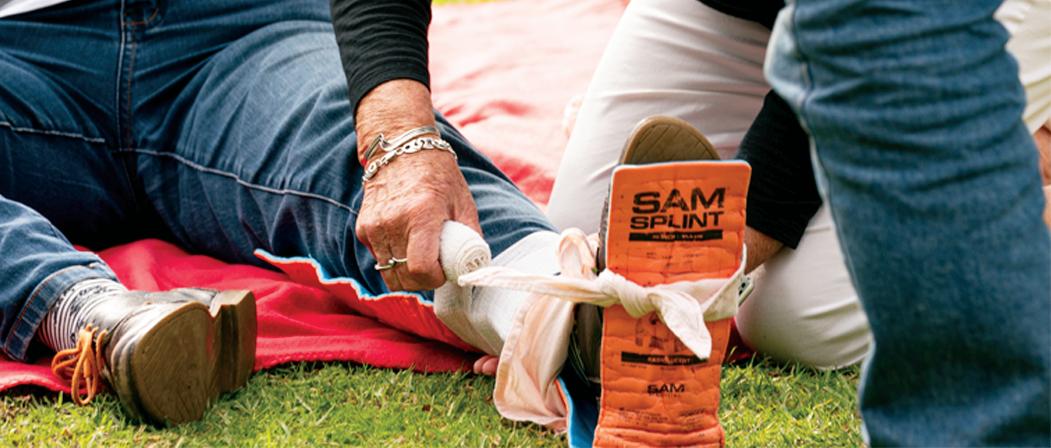


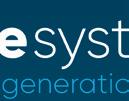
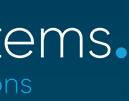



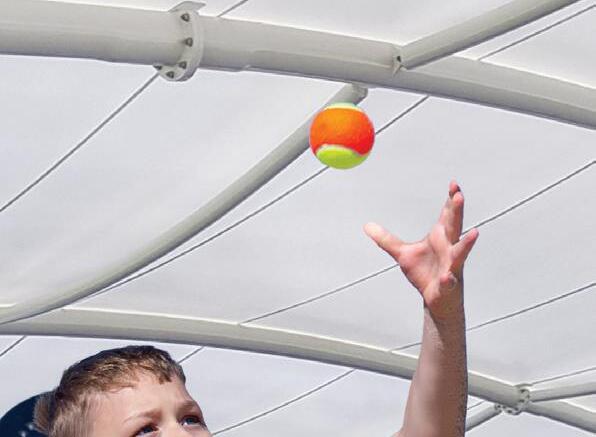
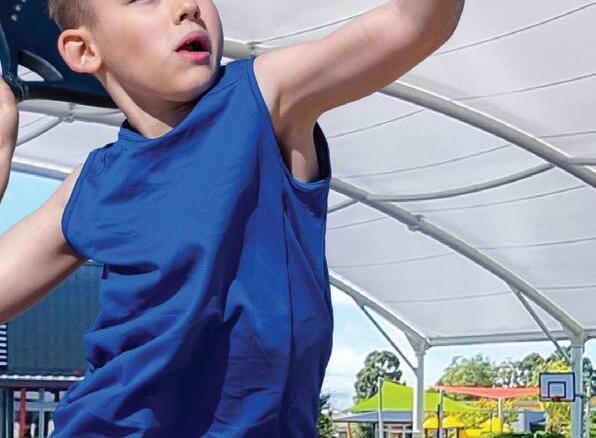
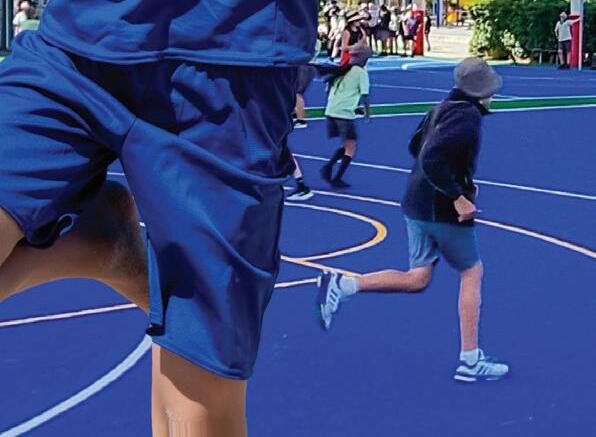
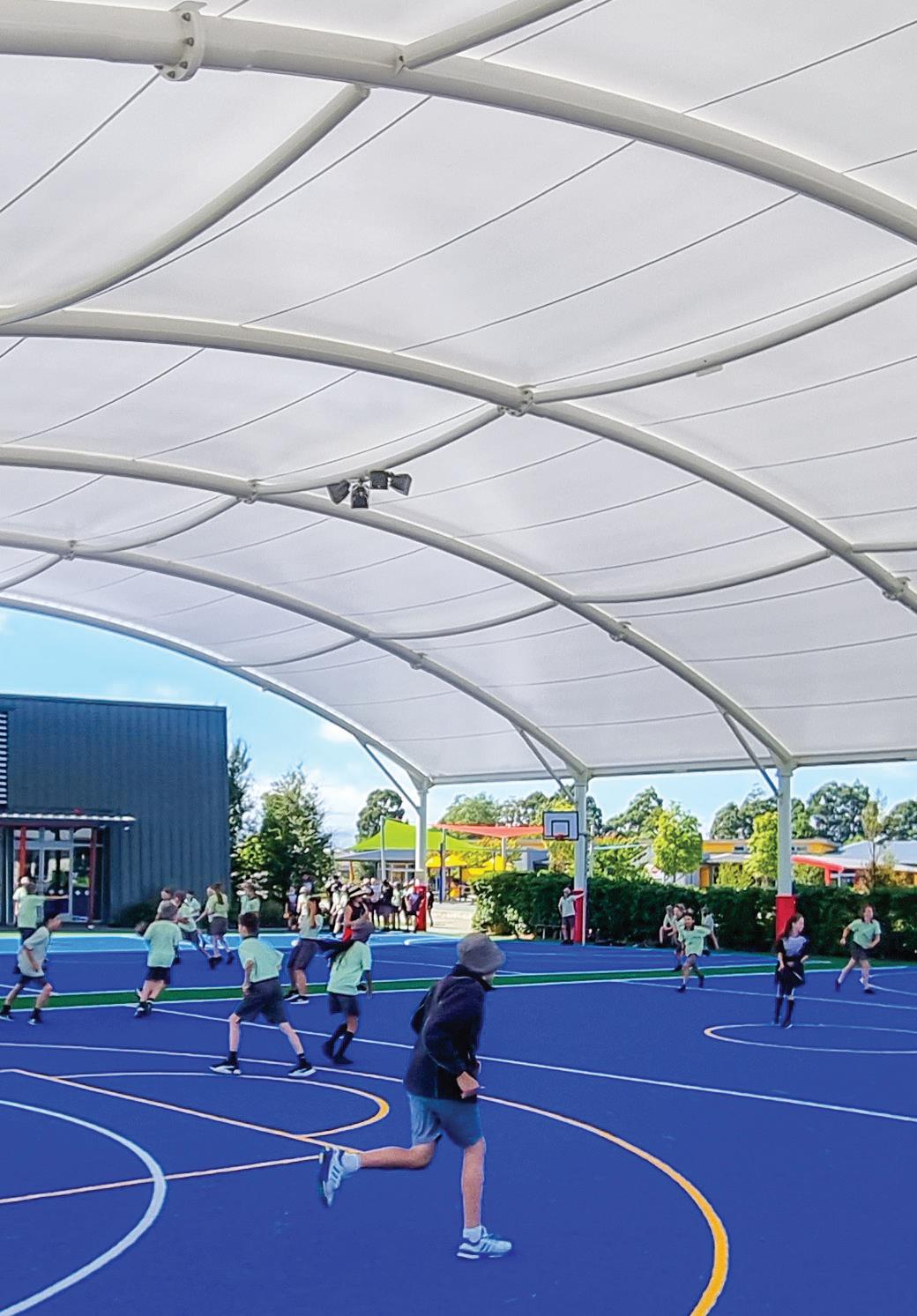

By Gemma Easton, Editor
Having an accessible and inclusive classroom is about more than just physical access to a space; it’s about a culture of inclusivity, where differences are not singled out and all students are respected.
An incredible range of abilities, interests, preferences and needs will exist within your classroom. Students should never be made to feel different, or their learning or environment adjustments pointed out. A culture of inclusivity benefits everyone— students of all abilities will be encouraged to work together, think about and value different points of view, and be enthusiastic learners.
Communication is a simple first step, and all school staff should make sure they don’t talk down to students with disability or different learning needs, modelling respect for and to other students.
Sometimes, changes will need to be made to assessment or learning. Reasonable adjustments for students should be made in consultation with the student, parent, teacher and other relevant school staff, preferably before the start of the school year. These conversations should be ongoing, with recognition that an adjustment that is needed one year may no longer be necessary the next.
It’s important to remember the need for cultural inclusion. Helping all students to see themselves in learning material helps breed success. Make sure texts and resources represent people of all ages, cultural backgrounds, sizes and shapes.
Classrooms are dynamic spaces, moulding and shifting to fit the day’s activities. And amidst the busyness of the school days, simple changes can help all students better access, understand, and apply information.
Basic accommodations can be worked into everyday classroom practices, for example not speaking with your back to the class if you have students with hearing difficulties, using large, high contrast fonts if you have students with visual impairment, and ensuring furniture is suitable for students with mobility aids.
Learning MATTERS General Manager, Carla McNeil, believes when we talk about inclusion in education, we often focus on curriculum and pedagogy, and overlook the environment itself. “One of the most overlooked tools in supporting learners with specific needs, like dyslexia, is the physical classroom setup. Simple, strategic adjustments can reduce extraneous cognitive load and significantly boost learning outcomes for all students.
“A well-designed classroom helps students focus, reduces anxiety, and allows teaching to be more effective,” Ms McNeil said. “For example, when students face the front—toward the teaching arena—they can see, hear, and process information with fewer distractions.
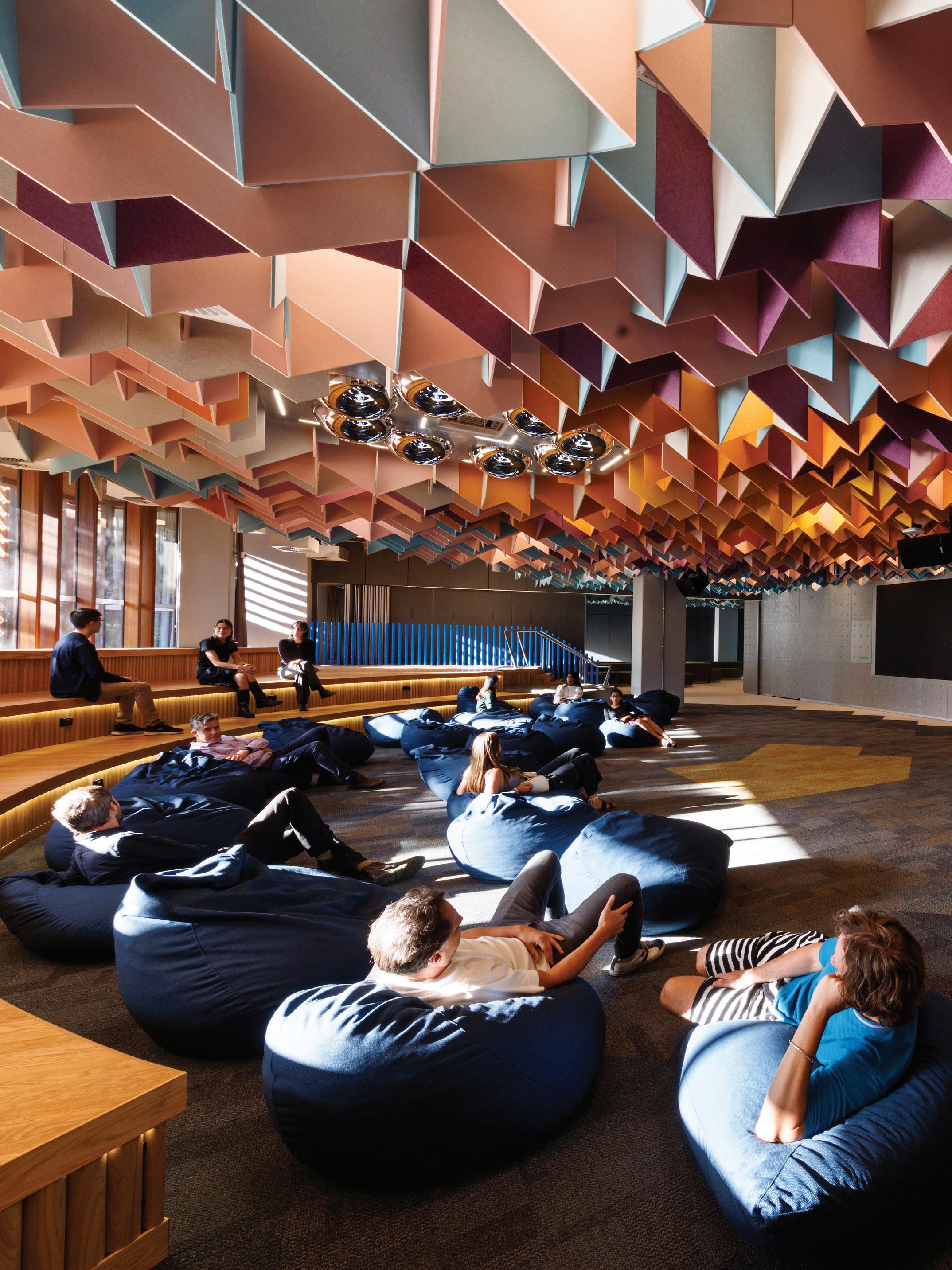
Acoustic ceiling and wall system
Transform ceilings into vibrant, soundabsorbing features that inspire learning.
Frontier ™ offers endless design flexibility, quick installation, and acoustic comfort ideal for dynamic classrooms, libraries, and collaborative zones.

“This is critical for learners who are easily overwhelmed by visual clutter or struggle to follow instructions.”
Ms McNeil said teachers can also create clarity and calm by keeping walls clear of excessive displays and reserving space for essential anchor charts that directly support instruction. “A room brimming with artwork may feel warm, but too much visual noise can hinder working memory and focus.
“Clear routines, consistent expectations, and proximity to students are just as important. When teachers are close, they can monitor behaviour, build stronger connections, and provide quick feedback. Setting up partner-pairing arrangements where students can easily turn and talk also supports retrieval and peer learning.
“Inclusion begins with intentional design,” Ms McNeil said. “When we plan classrooms that reduce barriers and support attention, we move one step closer to learning that is truly for all.”
Classroom design should also include
practical aspects like adequate lighting and ventilation, and a variety of comfortable furniture to support different preferences
The ability to hear clearly and understand spoken language in the classroom is also essential. Nicola Taylor from Autex Acoustics said: “Research shows that in classrooms without proper acoustic treatment, students may miss up to one in four spoken words. This level of disruption poses a serious barrier to learning, particularly for students with hearing impairments or other learning challenges. Poor acoustics can turn lessons into a series of missed words and lost meaning, which undermines both comprehension and confidence.”
Thoughtful acoustic design helps address this issue by controlling excessive noise and echo in classrooms—creating balanced, peaceful, productive spaces. “By prioritising acoustics, educators can create inclusive spaces where every student has the opportunity to succeed,” Ms Taylor said.
Noise can never be completely eliminated, and nor should it be. Ms Taylor explained:
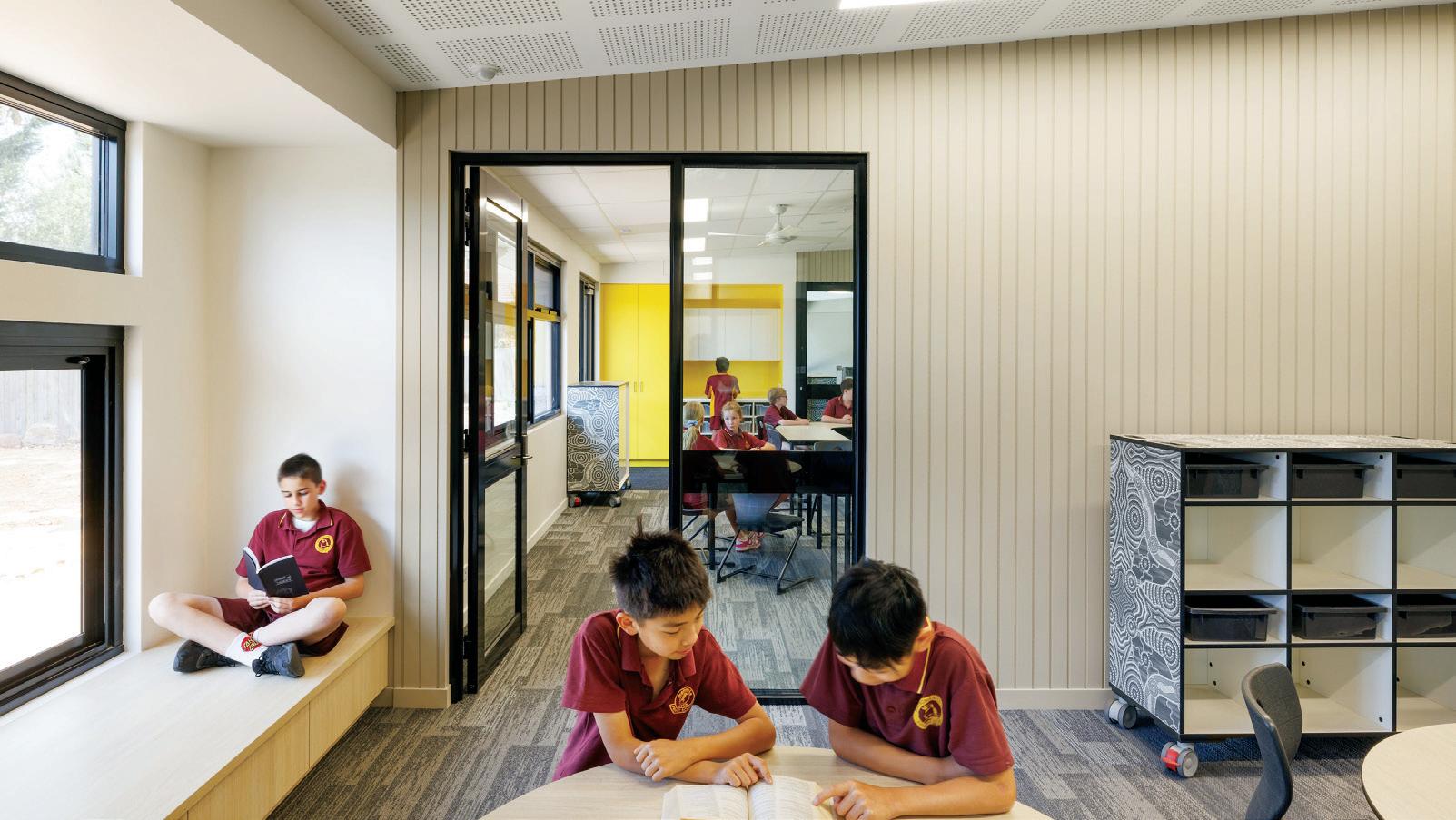
“The goal of acoustic design is to create a space with a high signal-to-noise ratio, meaning the primary sound source— typically a teacher’s voice—can be heard clearly above any background noise.
“In educational settings, acoustic solutions are often provided as tiles or panels, which are easy to transport and install. Some come with strong adhesive backing, allowing for straightforward installation by those with basic trade experience.
“Where possible, specifiers should choose interior acoustic solutions made from 100 percent polyester fibre. This material not only delivers excellent acoustic performance but is also non-toxic, non-allergenic, and free from irritants, making it a safe choice for environments with children.”
At times, the classroom can become overwhelming for all students—noise, smells, visual stimulus and more can create a sensory overload. Sensory regulation tools can help students manage this, assisting them to calm down, or increase alertness when necessary. They can also be useful in enabling students to transition between tasks, and maintain focus on an activity.
Sensory regulation tools can be integrated into classroom routines to assist all students. Encouraging all students to regularly use sensory tools will normalise these in the classroom, so no student feels singled out, and equally, so no tamariki feel like they are missing out on the sensory fun!
Adam Bazzard from Sensory Sam said ‘learning for all’ means learning that is flexible, predictable, and built on the assumption that diversity is the norm, not the exception. “When we think about inclusive learning spaces, we often focus on things like the curriculum, representation, or physical access. But another important part of inclusion is sensory and emotional accessibility.
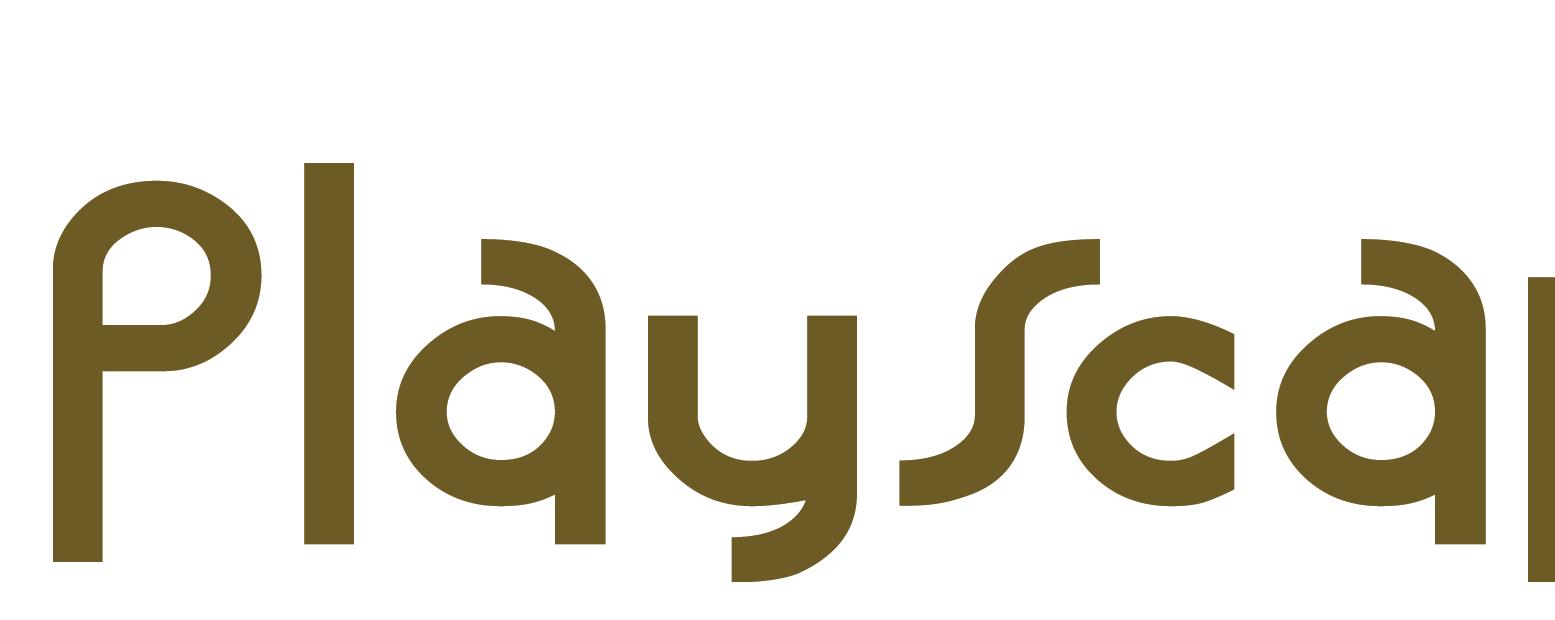





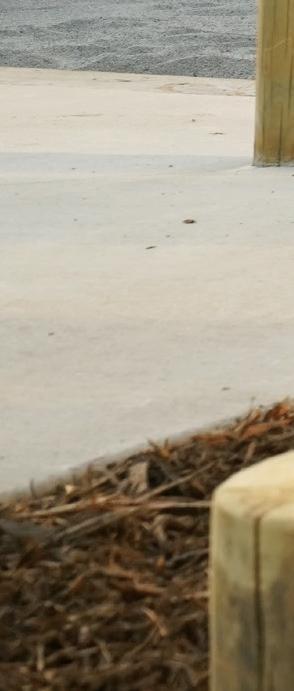

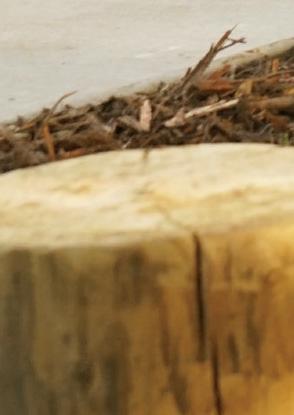


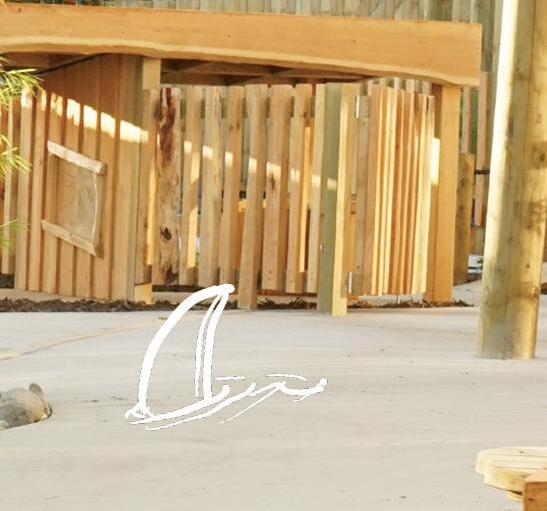
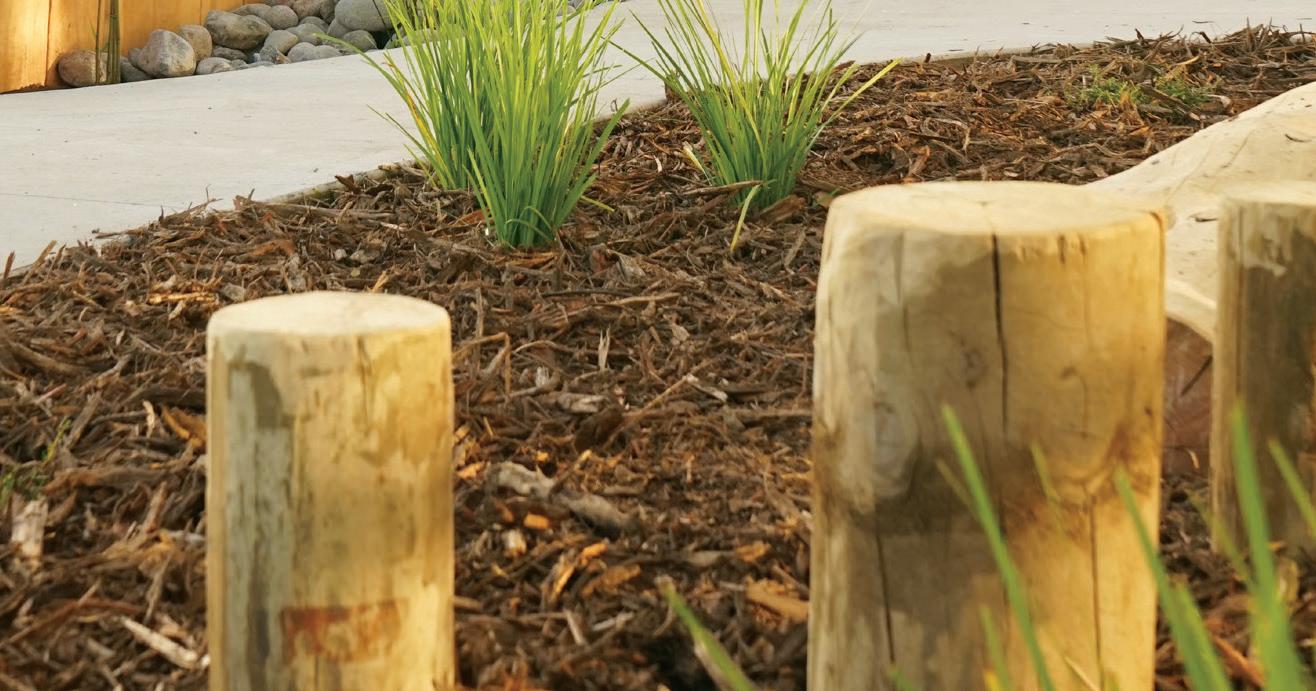
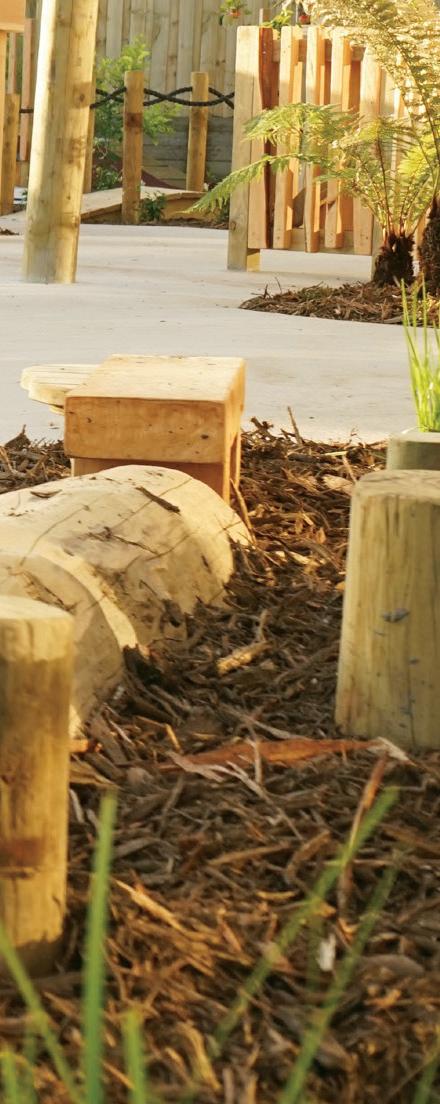


For many students—especially those who are neurodivergent—traditional classrooms can have hidden barriers that make learning hard.
“For children with sensory processing diff erences—such as Autism, ADHD, Sensory Processing Disorder or anxiety— unwanted sensory stimuli like the hum or brightness of fluorescent lights, the scrape of chairs on the floor, strong smells or uncomfortable textures can make it hard to focus.
“Sensory overload can cause stress, withdrawal, or meltdowns, not out of defiance, but as a reactionary or coping response,” Mr Bazzard said. “When students are overwhelmed or distracted by unwanted stimuli, learning becomes secondary to simply trying to feel safe and regulated.”
Breaking up the day with body movement sensory games like animal walks, musical statues or ‘Simon says’ help satisfy the sensory vestibular and tactile input that children need, some kids more than others.
This can be complemented with routines to activate the parasympathetic nervous system, like stretching and breathing to calm music, or listening to a short story narration with a meditation music style background.
“Using weighted shoulder huggers during independent work time can help every student self-regulate and focus,” Mr Bazzard said. “It’s a great way to normalise kids

diverse needs, that is subtle, incognito and you can slip into the day’s routines.
“Short sensory breaks, movement-based learning, access to quiet zones, and utilising calming tools can be normalised as part of the classroom culture, not exceptions for a few. If you consider everyone to be somewhere on a neurodiverse spectrum,
sensory resources can be functional to all neuro-types, not just neurodivergents. Adopting this universal approach helps normalise and destigmatise, and aids in the engagement of these tools in the classroom.”
Mr Bazzard said there are a wide range of sensory tools available, with the goal of promoting calm, increasing focus, and encouraging self-regulation. “Kits or Kete bins with a range of these tools are available, and are popular for sharing amongst teacher colleagues, SENCO or one for each classroom. Fidgets, muff s, weighted items and cosy blackout tents are some examples of useful resources for an inclusive classroom.”
For some students, assistive technologies will provide unparallelled benefi ts for learning success.
Chris O’Hara from Link Assistive said assistive technologies (AT) are pivotal in fostering equitable access in education.
“For expressive communication, options ranging from simple voice output switches or paper-based communication systems to sophisticated AAC devices, empower students to share their thoughts and eff ectively engage in classroom activities.
“Receptive challenges can be supported with options such as text-to-speech



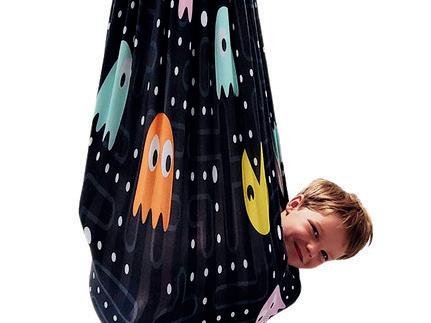
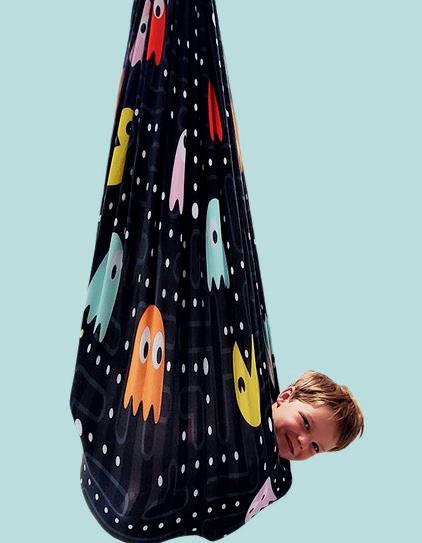

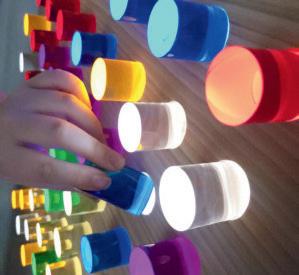





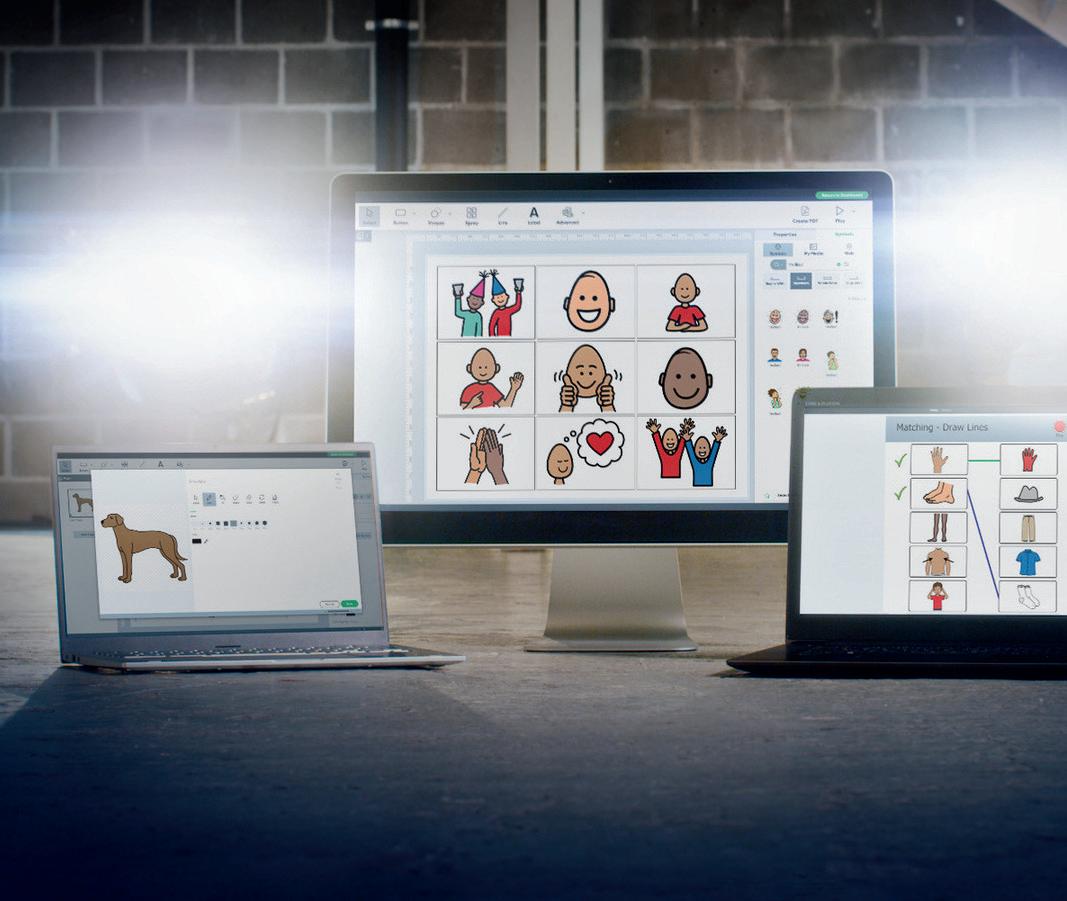

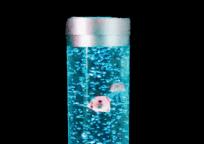










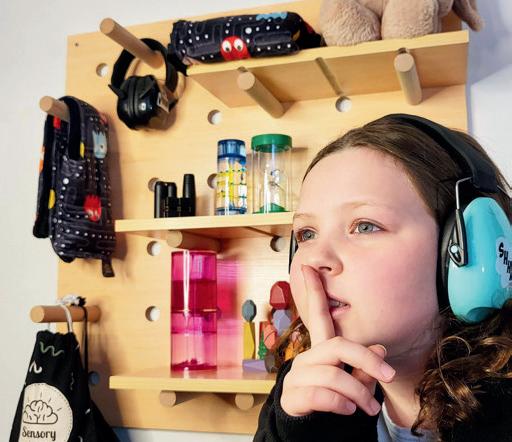




















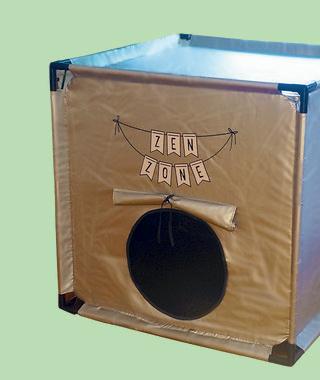

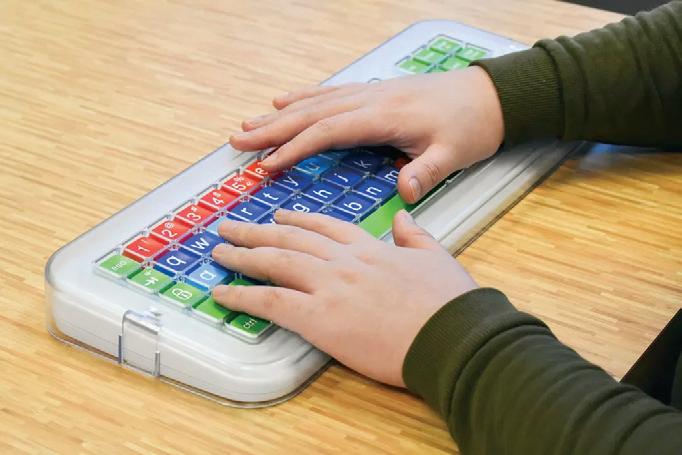
soft ware or the use of visual supports, which can complement structured literacy approaches. Physical access is enhanced through a myriad of options including low tech alternative pencils, speech recognition soft ware, ergonomic keyboards, adaptive mice, switch access, and accessible furniture, ensuring active participation.”
However, the efficacy of AT hinges on confident educators and solutions that work within real world classroom environments, Mr O’Hara cautions.
“The roll out of the Structured Literacy approach and potential access to funding and training to support its implementation, provides an ideal opportunity for schools to reexamine how they can best support the diverse needs of their students, and identify training and support opportunities available through equipment suppliers, therapy services and so on.
“Prioritising ongoing professional development, providing hands-on training, peer mentoring, and readily available technical support ensures teachers and support staff are not just users, but champions of these transformative tools, and able to truly embrace diversity in every learning space.”
Inclusivity and accessibility should not be confined to the classroom; every area of your school must be welcoming and safe for all students. Consider, for example, washroom cubicles that include grab rails, and are wide enough to accommodate a wheelchair. Quiet spaces should be available during recess and lunchtime for students who can experience sensory overload during these times. Importantly, students and staff should be able to navigate all areas of your school without using stairs. Wide, even pathways that are kept free of trip and slip hazards can facilitate this. Including tactile markings for people with low vision can improve functionality.
Abbey Hull from Playscape believes every child deserves a space where they can belong, explore, and thrive—and nature makes that possible. “Naturerich spaces have the power to transform how children play, learn, and connect with the world around them.
• Have you recently completed Ministryfunded PLD and want to embed it school-wide?
• Been on the literacy journey for a while and ready to take it further?
• Or just getting started and unsure where to begin?
Learning MATTERS meets you where you are.
We o er fl exible support tailored to your school’s needs – whether through ongoing coaching and
facilitation, or short-term visits focused on specific areas.
Our approach is practical, purposeful, and grounded in the science of learning and the science of reading.
Our experienced team partners with leaders, teachers, and specialist educators to implement strategies that improve literacy outcomes across the school.
This may include targeted planning, in-class modelling and coaching, leadership mentoring, and aligning practice with current research – designed to embed sustainable, school-wide change.
Support is available in person or online, helping turn professional learning into lasting impact for educators and learners.
“Play spaces designed with natural elements and keeping the fun factor firmly in mind, spark curiosity and off er a sense of wellbeing and engagement. Sensory features and natural textures help create calming and enriching environments, allowing children to connect with other students or find quiet, contemplative zones for emotional development and imaginative learning.
“Nature-based play encourages openended exploration through varied terrain and the use of organic materials such as logs, rocks, stones and plants. Accessible features like raised garden beds, natural pathways, and quiet nooks ensure all children—regardless of mobility or sensory needs—can fully participate while discovering through play and observation.
“Culturally inclusive spaces deepen a child’s sense of identity and belonging,” Ms Hull said. “Outdoor environments can reflect local stories, legends, symbols or geography, woven into the design through collaboration and connection, and conveying community values. Drawing on these elements for an outdoor space helps children foster a strong sense of place and understanding of the environment.
“By designing to encourage curiosity and discovery, diverse outdoor learning landscapes nurture confidence, creativity, and allow empathy for each other.”
What could this look like in your school?
Full facilitation and coaching

An ongoing partnership over the course of a year or more to support whole-school structured literacy implementation, align tiers of instruction, and embed change across Years 0–8.
One-off teacher-only days

Focused professional learning tailored to take your knowledge and practice to the next level. Focus areas may include spelling, reading, writing, and/or intervention.
PLD tailored for your setting
We design support to meet your goals, whether that’s refining your literacy block, strengthening Tier 1 instruction, supporting intervention, or developing leadership capability.
Short-term or one-off visits


Not every school needs a full facilitation and coaching package. We offer short-term or one-off support that is targeted and practical, without long-term commitment.
www.learningmatters.co.nz/school-support



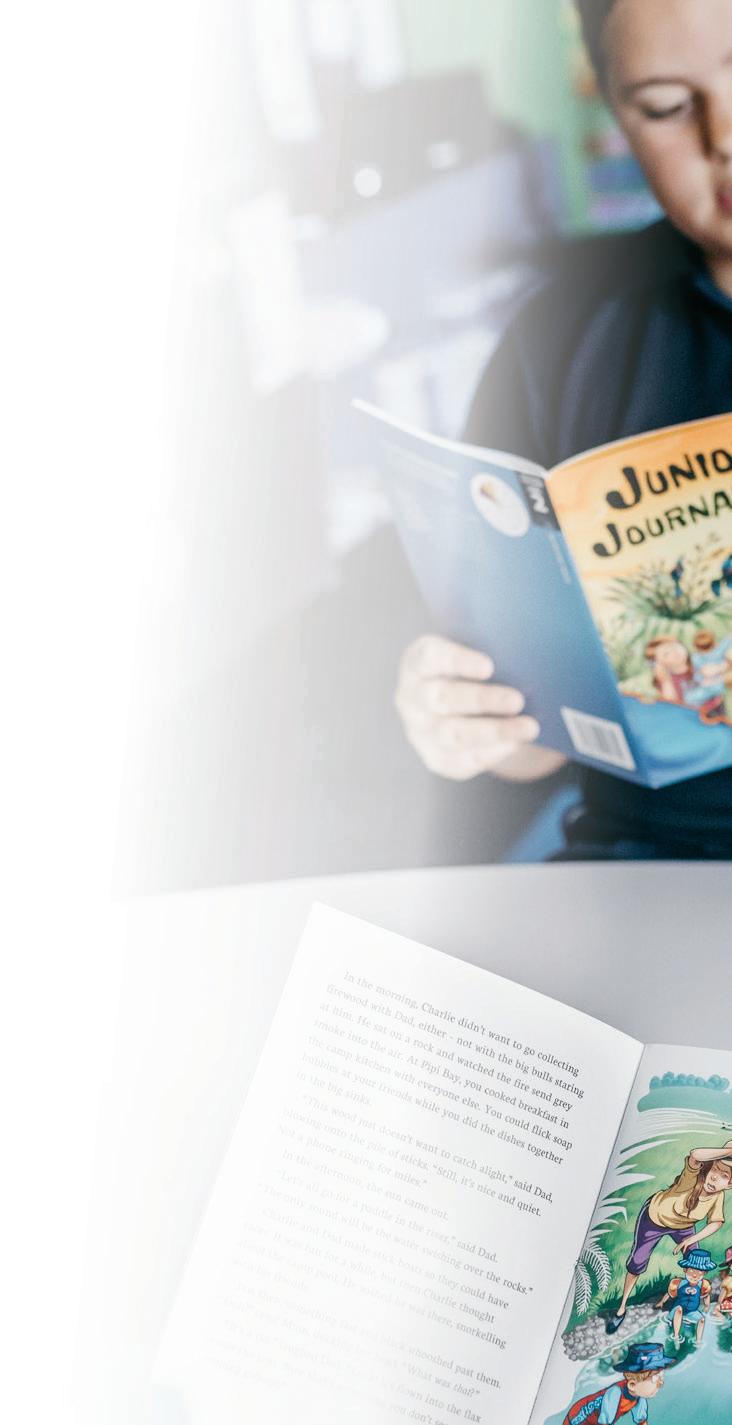



In the ever-evolving landscape of education, BUILTsmart stands as a pioneer in delivering innovative, high-quality learning environments across New Zealand.
A proud, family-owned and operated business with over 40 years of experience, BUILTsmart has long been commi ed to providing a ordable building solutions without compromising on quality. Today, they are not only revolutionising the way classrooms are built but transforming the entire construction-to-delivery process.
BUILTsmart’s latest innovation - the two-storey transportable classroom - perfectly encapsulates this mission. Designed with both functionality and durability in mind, these modular buildings represent a smarter way to meet the growing demands of educational institutions.
Each two-storey unit includes eight purposebuilt teaching spaces, complete with modern finishes and high-quality materials that foster a comfortable and inspiring learning atmosphere. The thoughtful inclusion of toilets on both levels and a li ensures accessibility and convenience for all students and sta . This compact, yet highly functional footprint allows schools to maximise space without sacrificing usability.
One of the standout features of BUILTsmart’s approach is their construction process. By building in a custom-designed indoor factory, the company can maintain superior levels of quality control at every stage of production. With over 75 dedicated construction bays over two facilities operating under cover, BUILTsmart keeps a streamlined process resulting in cleaner, more e cient construction. This method significantly reduces the disruption to schools as entire classrooms can be delivered and installed on-site with minimal interference to daily operations. There are cases where (a er obtaining building and resource consent) learning spaces have been signed o and being used within six months.
The advantages of prefabrication extend beyond speed and convenience. BUILTsmart’s factory -built classrooms are a cost-e ective solution
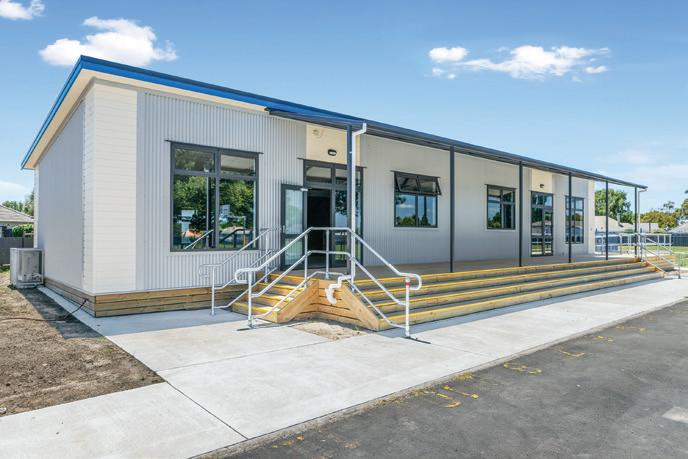
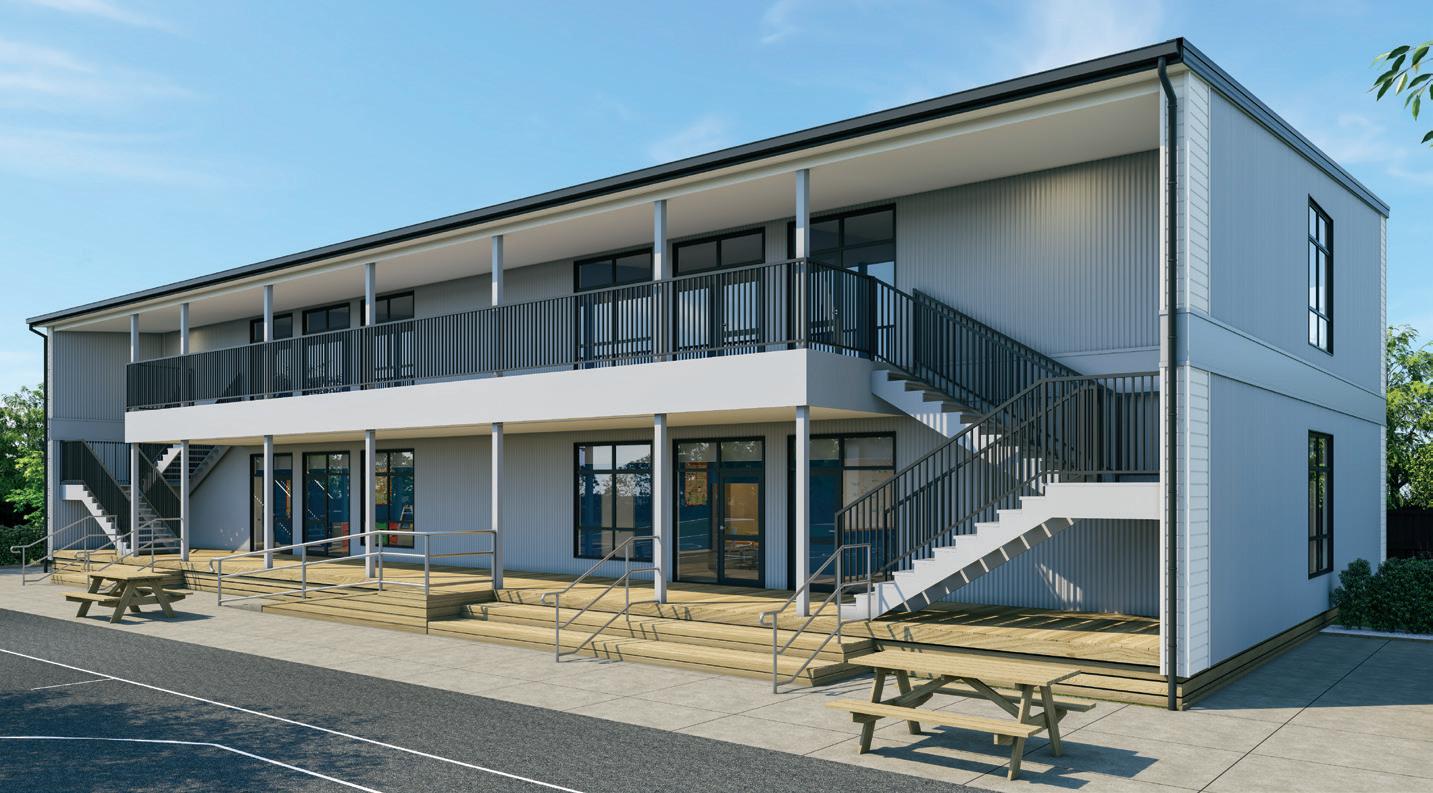
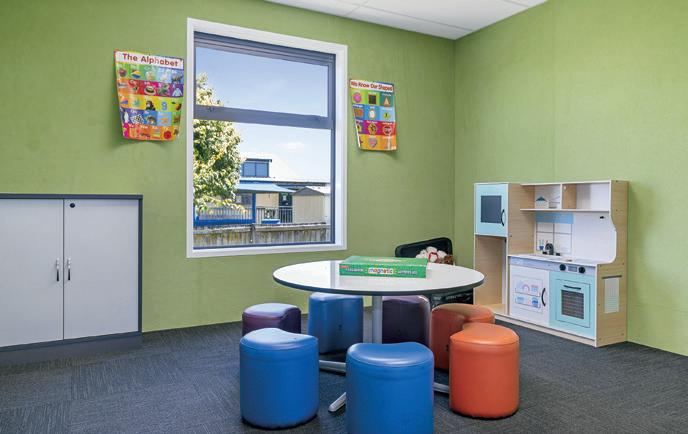
for schools throughout the North Island of New Zealand, available for both purchase and lease. By focusing on modular, transportable buildings, BUILTsmart enables schools to adapt quickly to changing enrolment numbers or shi ing space requirements. Whether it’s accommodating roll growth, replacing outdated facilities, or expanding educational o erings, these classrooms provide a practical, longterm solution that is both sustainable and scalable.
What sets BUILTsmart apart is not just their technical expertise or e cient processes, but their genuine commitment to improving the learning experience for students and teachers. With every classroom they construct, they aim to create environments where education can thrive - spaces that are light-filled, welcoming, and conducive to collaboration and creativity.
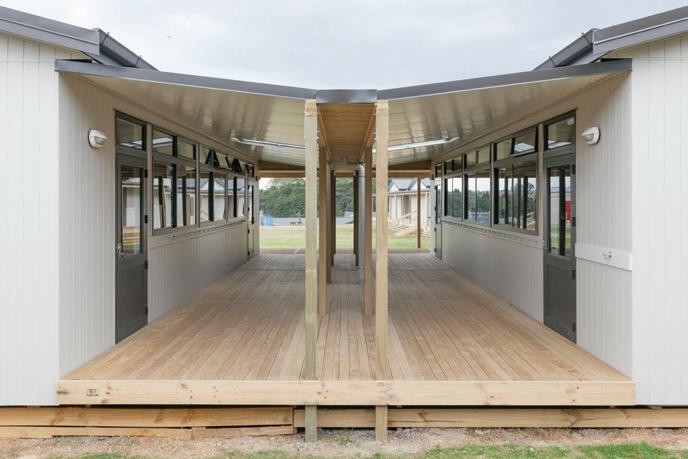

As education systems continue to evolve, flexibility and foresight in infrastructure are more important than ever. BUILTsmart is at the forefront of this movement, combining traditional values with cu ing-edge design and construction to support the next generation of learners.
With over four decades of industry leadership, a strong track record of excellence, and an unwavering dedication to quality, BUILTsmart is more than a construction company - they are shaping the future of education in New Zealand, one classroom at a time.

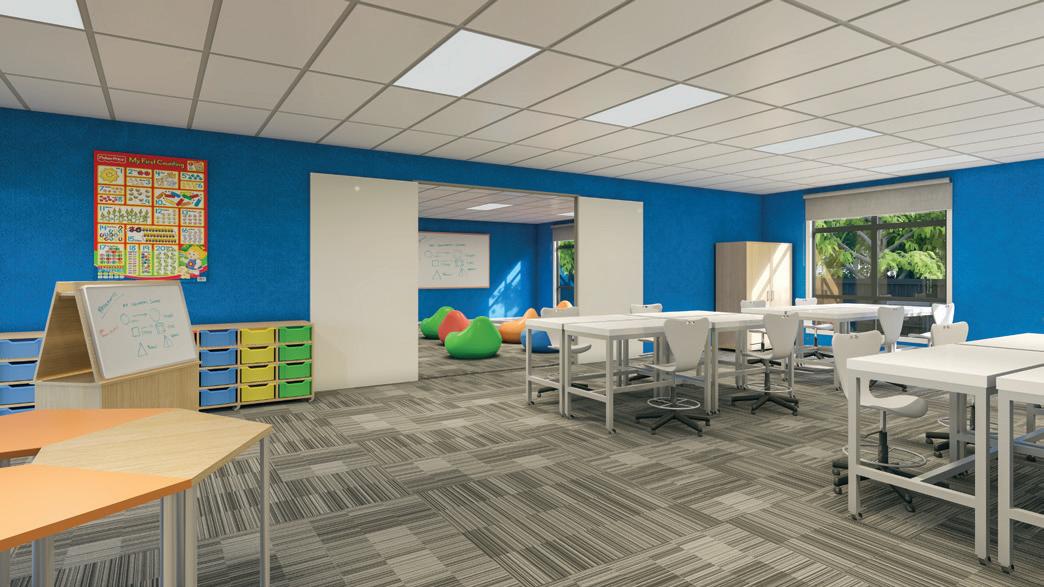
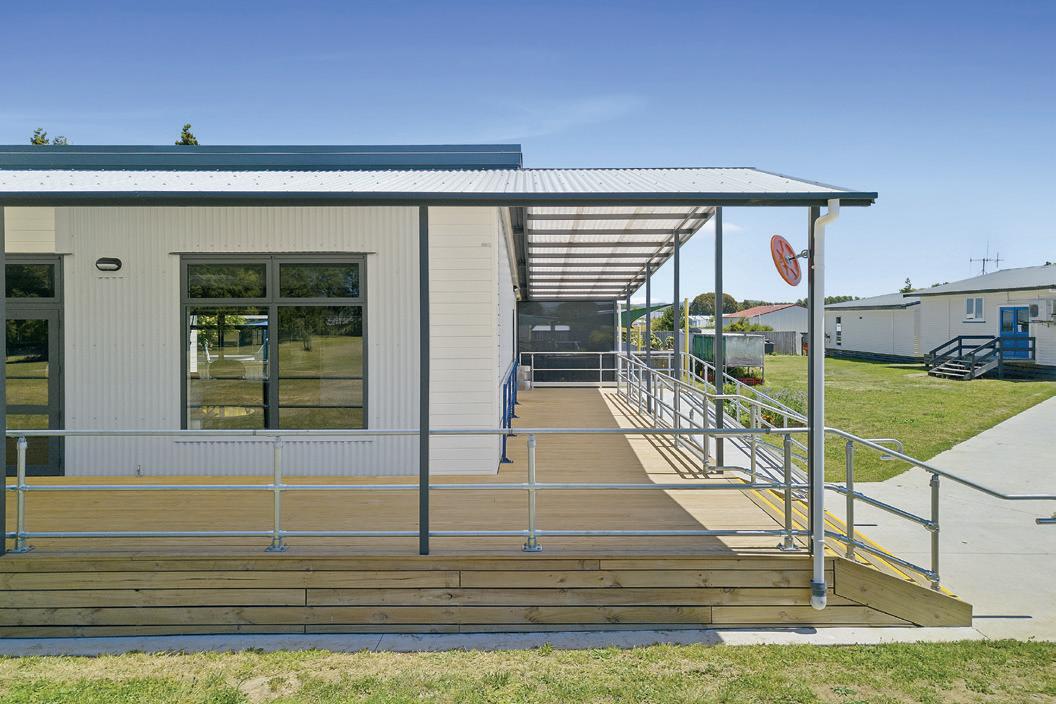


a ff ordabl e
W e h a v e d e s i g n e d a s e l e c t i o n o f t r a n s p o r t a b l e
c l a s s r o o m s a n d t o i l e t b l o c k s w i t h g r e a t
s p e c i f i c a t i o n s a i m e d a t p r o v i d i n g y o u r s c h o o l
w i t h t h e m o s t c o s t e f f e c t i v e b u i l d i n g o p t i o n s
a v a i l a b l e
t o c omple t io n
A l l c l a s s r o o m a r e b u i l t t o c o m p l e t i o n - y o u c a n
v i e w a n d p u r c h a s e y o u r n e w c l a s s r o o m i n o u r
f a c t o r y a n d w e ' l l o r g a n i s e i t t o b e t r a n s p o r t e d
t o y o u r s c h o o l M i n i m i s i n g d i s r u p t i o n t o
l e a r n i n g
be tt e r
B U I L T s m a r t t r a n s p o r t a b l e c l a s s r o o m s a r e
c o n s t r u c t e d w i t h d u r a b l e N e w Z e a l a n d -
a c c r e d i t e d m a t e r i a l s A s e l e c t i o n o f a d d - o n s a r e
a v a i l a b l e s u c h a s b r e a k o u t , a r t a n d s c i e n c e
r o o m s , w h i t e b o a r d s , a r t b e n c h e s , s t a d i u m s t e p s ,
r a m p s , h a n d r a i l a n d m u c h m o r e W h a t e v e r y o u r
s c h o o l s b u i l d i n g n e e d i s c a n b e m e t
t o t ran s por t
P r e - b u i l t i n H u n t l y & F i e l d i n g , B U I L T s m a r t
c l a s s r o o m s a r e t r a n s p o r t e d t h r o u g h t h e N o r t h
I s l a n d o f N e w Z e a l a n d b y o u r o w n t r u c k i n g
d i v i s i o n O u r s k i l l e d d r i v e r s e n s u r e y o u r b u i l d i n g ' s
j o u r n e y i s i n t h e b e s t h a n d s p o s s i b l e F r o m i n i t i a l
d e s i g n t o t h e c o n s t r u c t i o n a n d t h e n t h e f i n a l
d e l i v e r y , w e m a n a g e e v e r y s t e p o f t h e p r o c e s s
t o la s t
W e us e BR A N Z ac c r e d i t e d fl o o r , wa l l an d ce i l i n g
s y s t e m s in ou r tr a n s p o r t a b l e cl a s s r o o m s Th e wa l l
a n d ce i l i n g pa n e l s ar e 2 4 m x 7 2 , lo n g , wh i c h
c r e a t e th e st r u c t u r a l an d br a c i n g el e m e n t s
B U I L T s m a r t cl a s s r o o m s me e t al l th e Ne w Ze a l a n d
B u i l d i n g Co d e re q u i r e m e n t s

Looking for a more secure and manageable way to control access, South Otago High School replaced its old key system with eCLIQ from ASSA ABLOY. Installed in just one day, the new system gives staff full control over 70 keys and the doors they open.
South Otago High School has been part of the Balclutha community since 1926. It is the largest school in the region, with 530 students, six teaching blocks, and 17 hectares of playing fields and courts, serving families from across South Otago’s rural and small-town areas.
Challenge and pain points for the school
The school operated a mechanical system where a single master key would open almost every door within the school, except for the gymnasium and server room. With around 45 teachers plus cleaners and support staff holding keys, access via exterior doors into classrooms, science labs and workshops was very difficult to monitor. If a master key was lost or duplicated without approval, the school would need to urgently rekey every lock to maintain security—a time-consuming and expensive task.
When the school discovered that a master key had been copied without their knowledge, Principal Mike Wright began looking for a system that could prevent it from happening again—a system that was easy to install and maintain and reduced the admin costs associated with traditional mechanical keys.
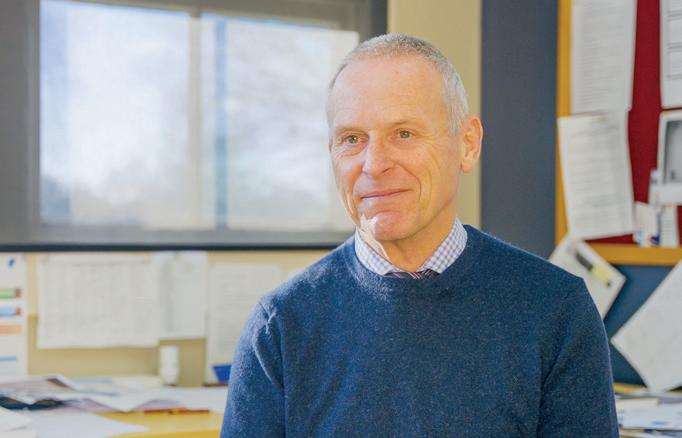
The school wanted to eliminate potential emergency rekeying, and remove the guesswork about who has access.

After looking into several electronic key options, the school selected eCLIQ by ASSA ABLOY for its exterior classroom doors. Installed by Begg Security, the eCLIQ platform now provides complete monitoring of all the school’s external door locks and keys, making it easier to manage who goes where and when.
“The issue with a key fob system was the need to install power and internet access to every door,” said Mr Wright.
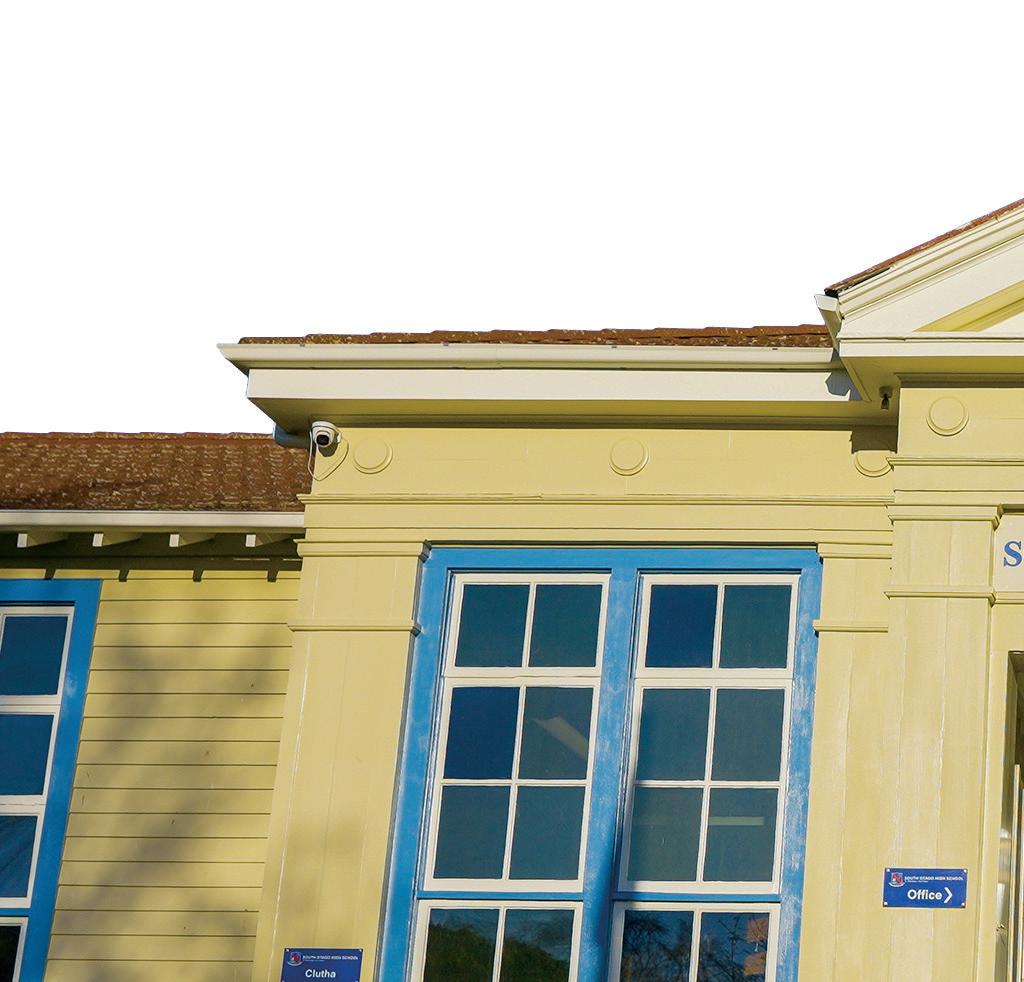
“I’d read an article about ASSA ABLOY’s eCLIQ and thought it was a better system for our needs. It meant we didn’t have the expense and disruption of installing power to existing doors, and we can disable a lost key within minutes of being notified.”
Mr Wright said eCLIQ has provided the school with central control, flexible room access, and remotely managed keys for staff and contractors without the cost or disruption of new wiring.
The system includes battery-powered electronic keys, locks with microchips, programming devices at convenient locations, and software for managing access.
Mike Begg, co-owner of Begg Security explained: “With eCLIQ, it still looks and works like a traditional key—locking and unlocking manually. We simply replaced the existing door cylinders with the electronic cylinders, set up and programmed the software, and gave each staff member a new key.”
The system was up and running in just one day, with no interruption to the school’s activities. “I was very pleasantly surprised by just how quick and easy the transition was and how well it was organised and managed,” Principal Mike Wright confirmed.
South Otago High School now manages 70 eCLIQ keys, each with preset permissions. Administrators can see who used which door and when and disable a lost key in minutes. Contractors can be granted temporary access by the school, and staff use a single key for all their needs. With external doors secured, the school plans to switch internal doors to eCLIQ next.
“The part which really impressed me was the ease of getting the system up and running, and then also the fact that there were no issues. It worked the first time,” Principal Mike Wright said.
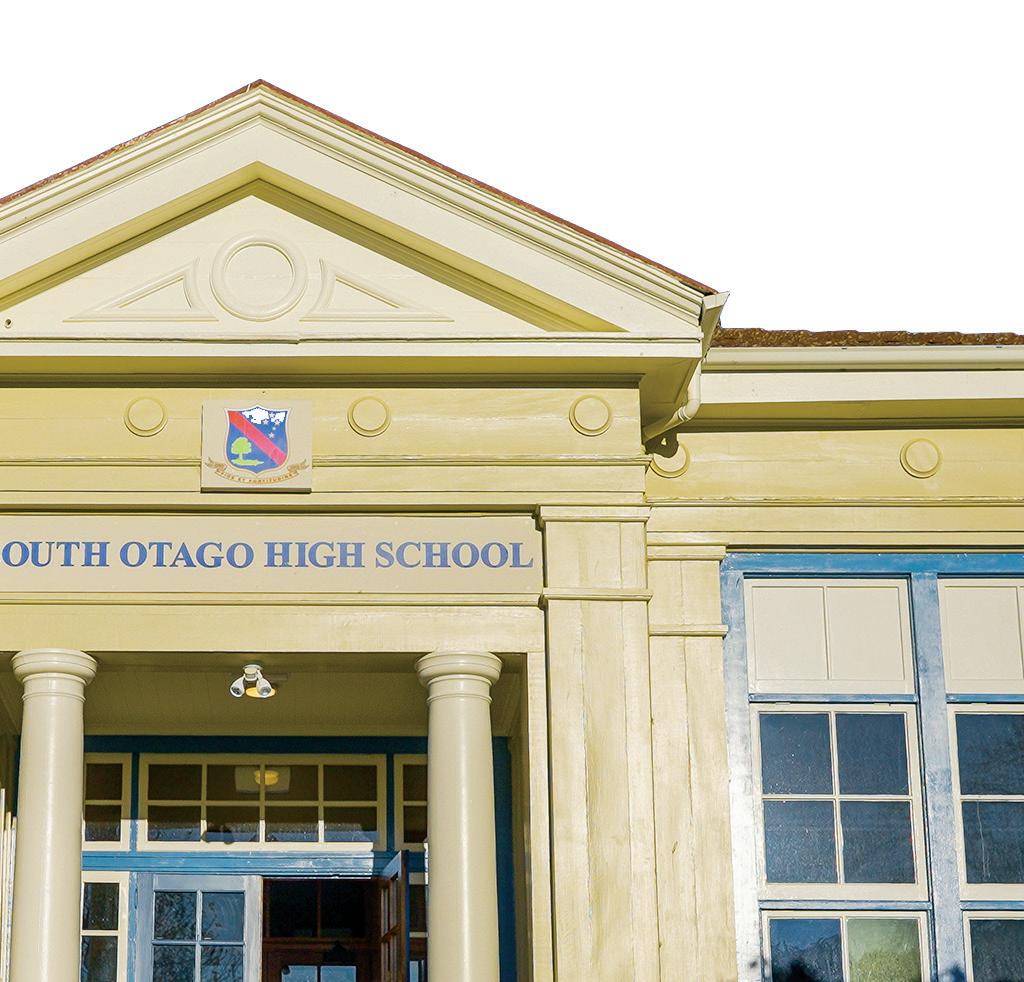

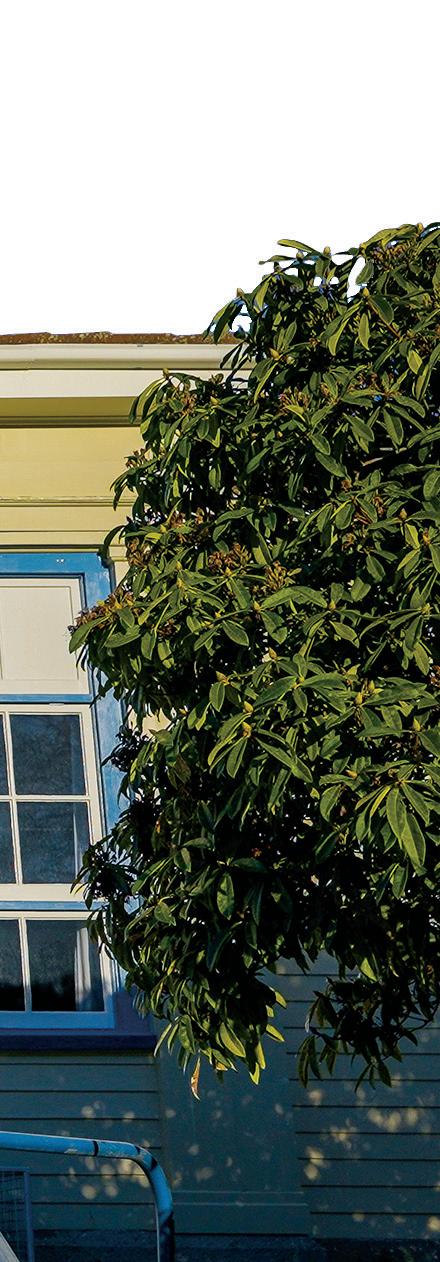
eCLIQ is uncomplicated and reliable, without compromising on security. Each key is password protection, authentication and audit trails.
With its extensive range of cylinder types, the eCLIQ system is designed to meet the diverse security needs of educational institutions— from securing main entrances and classroom cabinets, science labs, and storage areas.


Reduced administrative burden
Enhanced security
Easily replace existing conventional cylinders and keys
Quick installation
Smart electronic keys
No hardwiring required
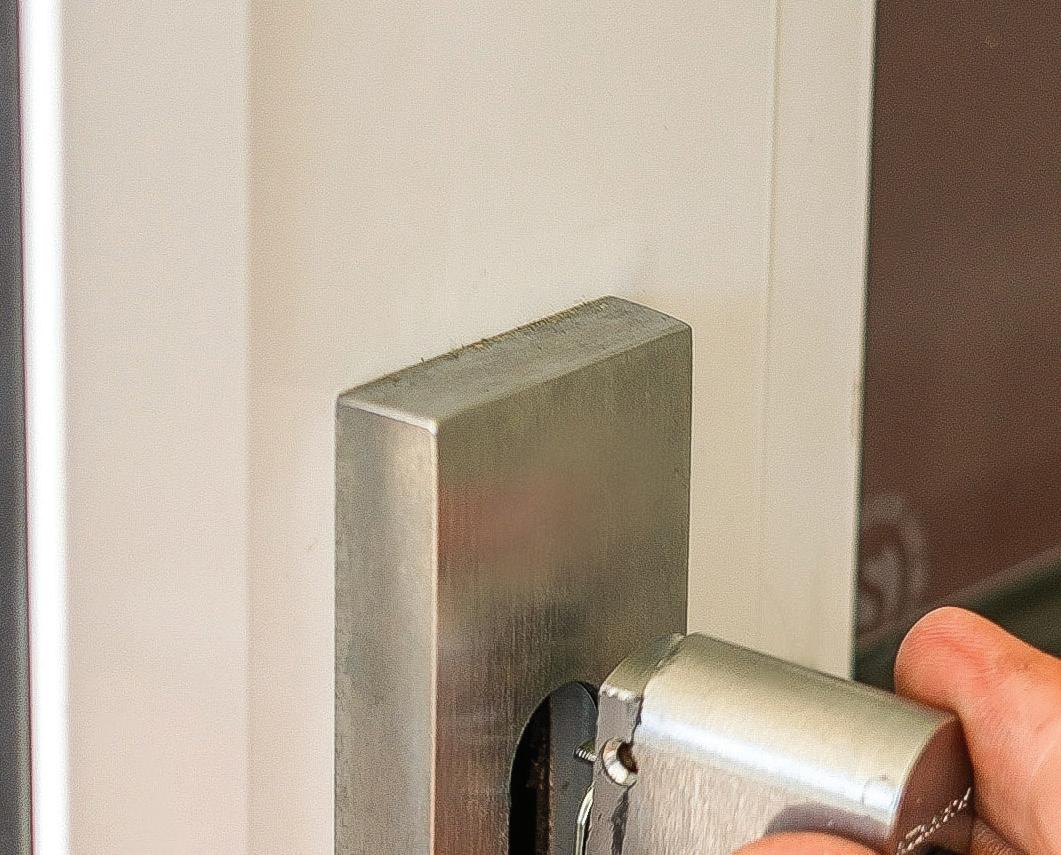
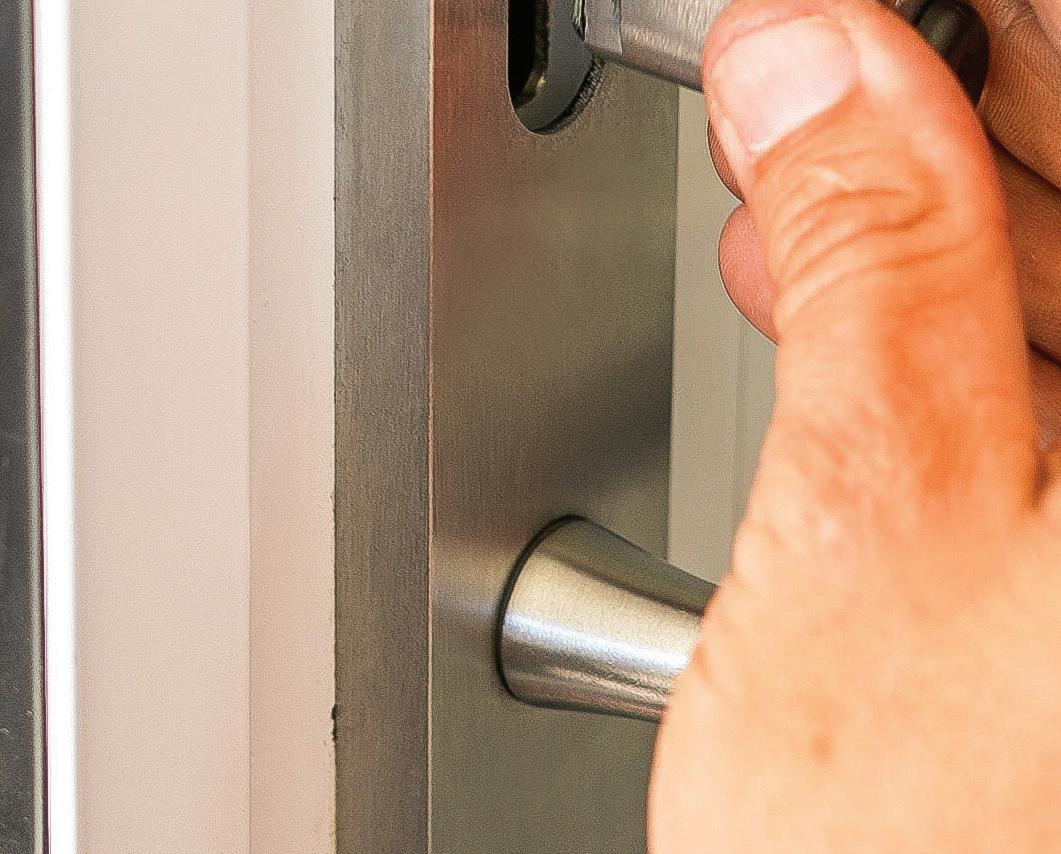

nzeducation@assaabloy.com
assaabloy.com/nz
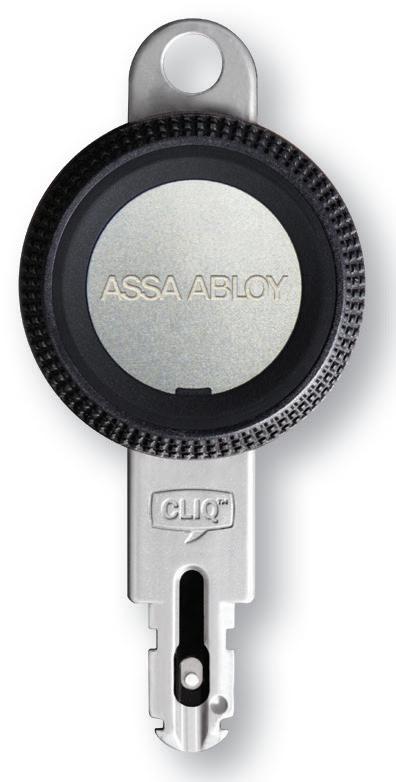


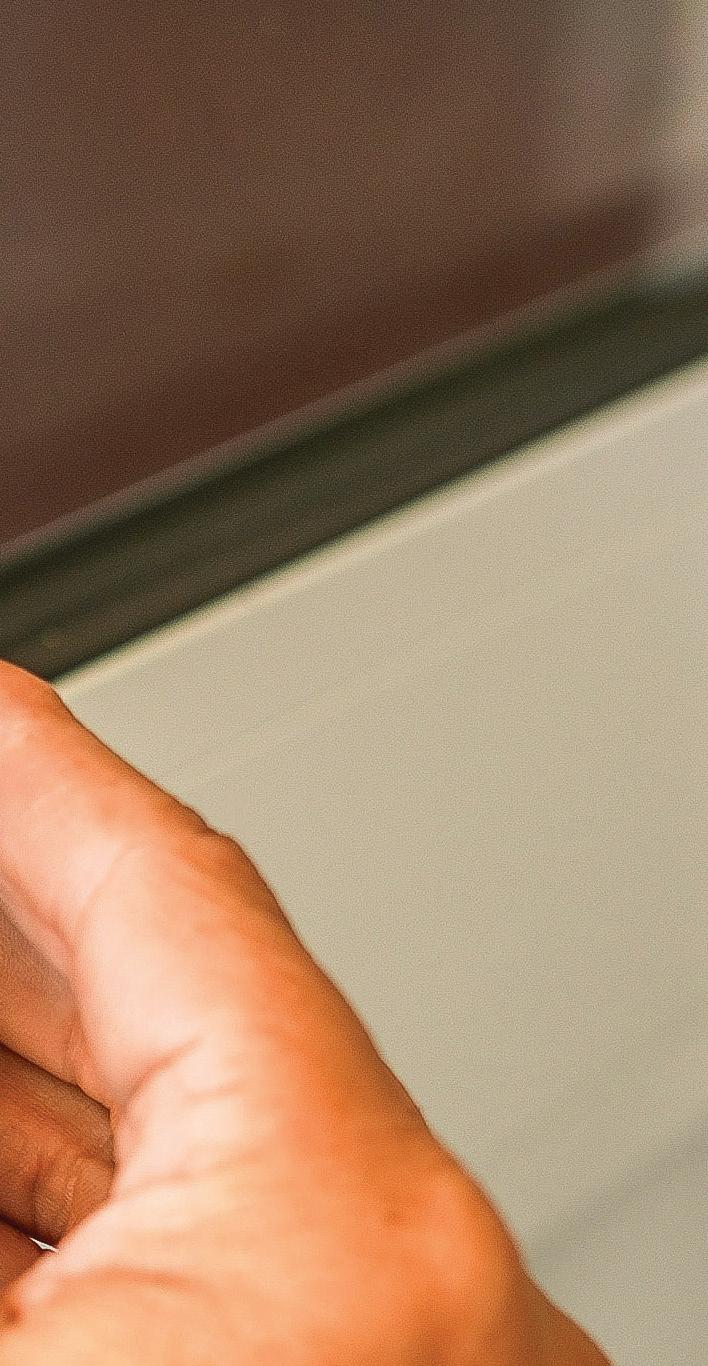


By Naomii Seah , Industry Reporter
Positive wellbeing means resilient communities and effective learning.
Recent years have seen increased awareness of the importance of wellbeing and hauora in school. Most are now aware that looking after one’s wellbeing isn’t just a nice-to-have bonus, it is an essential foundation to success, whether academically, socially or professionally.
Students with positive wellbeing learn better and are more resilient to stressors. For teachers, wellbeing is important to ensure you can continue to show up for your students.
School is one vital way that young people learn about looking after their mental health and wellbeing. Teachers are an essential part

of this picture, supporting students through certain challenges they may face.
Having a positive teacherstudent relationship is associated with strong wellbeing, and because young people spend so much
time at school it is often where challenges arise.
Many PLD programs are available for teachers to build their capacity in supporting wellbeing, and support may look different for children of different ages. Students of any age can also
be taught appropriate coping strategies and mechanisms to help them through challenges, such as mindfulness and how to appropriately identify and communicate their feelings. Teachers can incorporate wellbeing boosts into their daily routines to help their students develop resilience and emotional intelligence.
Educators are a vital resource in any school community, which means their wellbeing is essential. Workplaces that support staff wellbeing have higher retention rates, stronger loyalty and less sickness.
Promoting good habits with stress and workload management are some ways to help address staff wellbeing in schools. This might look like good worklife boundaries, promoting physical activity, and having adequate professional support.
Schools should look to build and maintain a culture of wellbeing among staff and the wider community. These schoolwide approaches can be very successful, and may involve instating specific policies, modelling positive, respectful and supportive behaviours, and celebrating successes. To successfully improve school wellbeing, a baseline should be measured. Wellbeing@ Schools offers surveys and other tools to help school leaders understand wellbeing in the community. To tackle specific issues, staff and leaders may want to develop their own questions or questionnaires to add to this process.
Besides wellbeing tools and resources available online, there are also apps and games available to help support wellbeing. These have the advantage of being highly accessible and available, for whenever they may be needed. However, they cannot diagnose or replace other forms of wellbeing support.
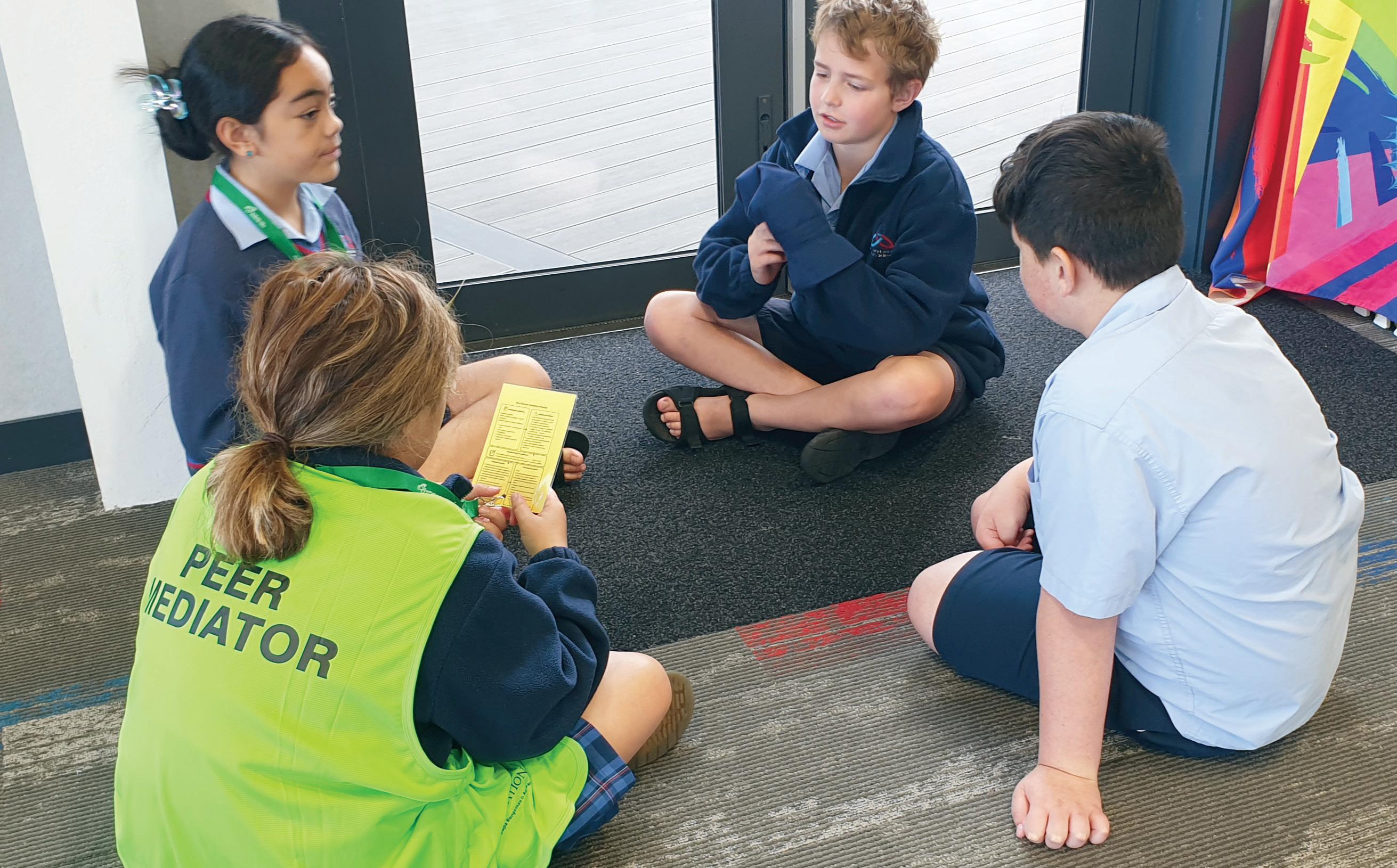
2025 is a special year for Te Rōpū Rongomau o Aotearoa/ The Peace Foundation, which is celebrating its 50-year anniversary. The organisation has been delivering innovative training in peer mediation to kura throughout Aotearoa for
30 years. A registered charity, the Peace Foundation is the only national organisation which offers peer mediation programs for primary, intermediate and secondary schools which are contemporary and culturally responsive.
Effective implementation of the Peace Foundation’s programs has a positive impact on the
well-being of both kaiako and ākonga. Through either oneon-one kōrero or working with the support of two mediators, disputants work to resolve their minor conflicts without teacher intervention. Both the one-on-one kōrero and the mediation process are safe and empowering for the disputants who often come to a solution that meets their needs.
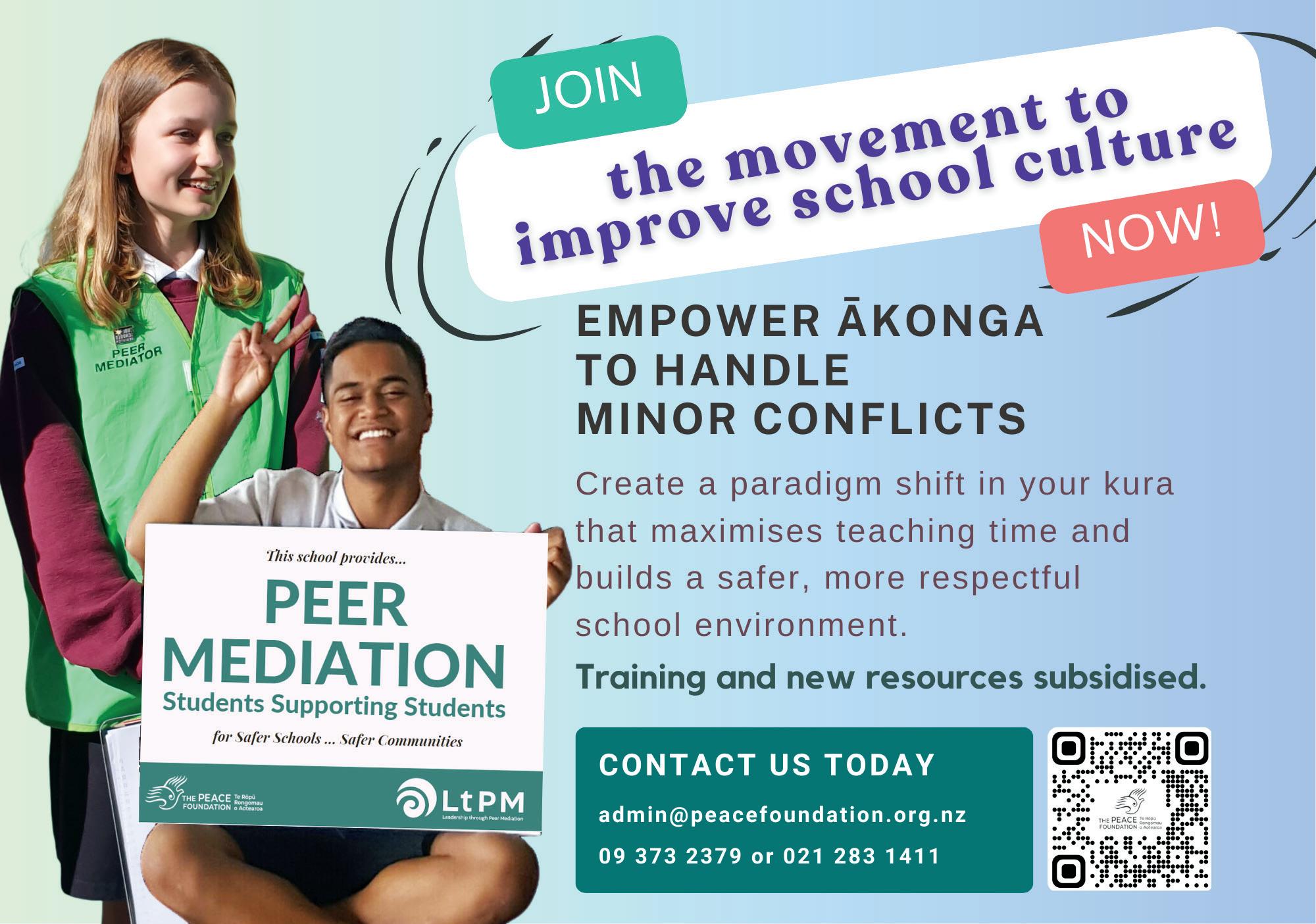
Wellbeing isn’t just a nice-to-have bonus, it is an essential foundation
Kaiako benefi t when well trained, confident mediators are on duty. If the primary (Cool Schools) and secondary (Leadership through Peer Mediation) programs are embraced school wide, then kaiako understand what type of conflict in the kura is classified as ‘minor’ and can refer this on to the student peer mediators. When a ‘minor’ conflict is dealt with, it does not escalate into ‘major’ conflict, which teachers need to manage. Long-term program implementation can result in a more peaceful, safe, respectful school environment that supports kaiako to enjoy their breaks without conflict stress, and teaches lifelong conflict management skills to ākonga. Win-win for all!
SPARX is a free, evidence-based online tool that uses cognitive

behavioural therapy (CBT) to help young people aged 12 to 19 develop essential mental health skills in an engaging, interactive way. Through a fantasythemed journey, students learn practical techniques to manage stress, anxiety, and other challenges in a format that resonates with them.
To help schools make the most of SPARX, school offices, counsellors, and teachers can now request free resource kits that include posters, bookmarks, wristbands, pens, tote bags and other engaging materials. This initiative is designed to help schools incorporate SPARX into their wellbeing eff orts and guide rangatahi in Aotearoa toward tools that strengthen resilience.







By Jo Fife, CEO, Speaker, Facilitator, Wellbeing Consultant, Workplace Wellbeing
Running a school-wide wellbeing challenge is one of the most effective— and enjoyable—ways to promote mental health, reduce stress, and build resilience across your school community.
When done well, it becomes more than a feel-good initiative. It’s an engaging, educational, and social experience that helps students, teachers, and whānau build habits that support wellbeing for life—and lays the foundation for a positive school culture.
A wellbeing challenge gives everyone a shared focus: looking after themselves and each other. Instead of just talking about wellbeing, participants experience it through small, daily actions like movement breaks, mindful moments, gratitude, kindness, or screen-free time.
• Students learn that wellbeing is something they can practise for life— and that it can be fun.
• Teachers and school employees gain simple tools to manage their own stress while building stronger connections with students and colleagues.
• Whānau feel more involved and often pick up strategies they can use at home too— sparking great conversations and shared experiences.
Together, these actions create a stronger, more connected school culture where wellbeing becomes part of daily life.
So how do you run a successful wellbeing challenge? Here are some tips that will help you.
1. Choose the right format for your school
• With technology: Use a wellbeing challenge web app or platforms like Google Classroom or Seesaw to post daily actions and track participation. Some schools use digital leaderboards or photo submissions to boost engagement.
• Low-tech: Go simple with printed challenge cards, posters, and a visual tracker in each classroom or shared space. Introduce each day’s action at assembly or in class.
2. Keep it simple
Pick a theme like Te Whare Tapa Whā, Five Ways to Wellbeing, or Boost Your Energy, and build small, manageable actions around it. Keep activities ageappropriate and accessible for whānau to join in at home.
3. Involve everyone
Invite ideas and feedback from staff, students, and families. When people feel included, they’re more likely to engage.
4. Make it visible and shared
Use posters, whiteboards, or digital platforms to track participation and celebrate progress. Set up a gratitude wall or photo board showing people taking part. This is great for motivating everyone and reinforces a shared sense of purpose.
5. Encourage reflection
Ask participants to reflect on how the challenge is helping them. Reflections help to tie
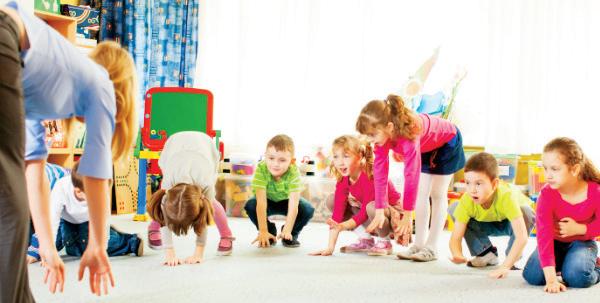
the activities they are doing to how they feel as a result which will make the learning that much more powerful.
6. Include prizes
Small rewards help keep things fun. Try class play breaks, certificates, or simple individual prizes. It’s less about cost
and more about recognition and shared success.
A wellbeing challenge doesn’t need to be perfect—just real, inclusive, and focused on small daily actions. When students, teachers and families participate together, it creates a ripple effect that strengthens connection and supports lifelong wellbeing.
The Wellbeing Challenge is a fun, flexible and evidence-based way to build wellbeing, reduce stress and strengthen connection across your school community. Designed by Workplace Wellbeing, the challenge engages students, sta and whānau in simple daily actions that support lifelong habits – like movement, gratitude, mindfulness and kindness. You can run it using our easy web app (complete with an individual and classroom leaderboard for a bit of fun) or go low-tech with printable resources and posters. We provide everything you need –including ready-to-use materials, daily activities, and support to tailor the challenge to your school’s needs.

Whether you’re focusing on Te Whare Tapa Whā, the Five Ways to Wellbeing, or simply want to boost energy and connection, we’re here to help.
• Primary, Intermediate and Secondary
• Flexible timeframes
• 50–500+ participants

For more information, please email Jo Fife, jo@workplacewellbeing.co.nz, phone: 03 374 6465 or visit www.thewellbeingchallenge.co.nz
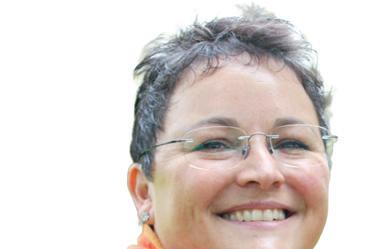

By Dr Lara Tookey, Senior Lecturer, School of Future Environments, AUT

Discussions about student achievement often focus on curriculum design, teaching quality, and engagement. However, a critical factor is frequently overlooked: the physical environment of the classroom. The air that students breathe and the spaces they occupy are proving to be just as influential as the lessons they receive.
My doctoral research at Massey University has highlighted two key environmental challenges—poor air quality and uncomfortable temperatures— that may significantly hinder learning. My study found that students performed markedly better on cognitive tasks when classrooms maintained comfortable temperatures and low carbon dioxide (CO₂) levels.
In contrast, stuff y, poorly ventilated spaces led to reduced concentration, reasoning, and memory performance.
My research involved visiting schools across Aotearoa New Zealand, measuring environmental conditions, and observing ventilation practices. The findings were consistent: classrooms that were too hot, too cold, or inadequately ventilated
Sometimes it feels like we are fighting the room as much as we are teaching in it
impaired students’ ability to think and learn eff ectively.
This raises an important question: if the impact of environmental conditions on learning is well understood, why are so many classrooms still unfi t for purpose?
In New Zealand, schools are required to meet minimum ventilation standards under the New Zealand Building Code (G4 Ventilation) and the Designing Quality Learning Spaces (DQLS) framework. Natural ventilation— opening windows and doors—is the preferred method, aligning with the Ministry of Education’s 2030 vision, Te Rautaki Rawa Kura, which aims to provide sustainable, high-quality learning environments.
However, the reality on the ground often falls short of these aspirations.
As a Quantity Surveyor/Project Manager, I have observed how budget constraints in school construction projects frequently lead to compromises that undermine learning environments. One common issue is the omission of acoustic treatments in new builds. While this may reduce initial costs, it results in noisy classrooms that disrupt learning and eventually require expensive retrofi tt ing. Ironically, the increased noise discourages

teachers from opening windows, further exacerbating ventilation problems.
Window design presents another challenge. Many modern classrooms feature top-hung windows controlled by automated systems that operate on an “all or none” basis. Teachers cannot selectively open windows to regulate airflow, leading to frustrating scenarios where classroom materials are blown around or activities are disrupted. In older schools, the situation can be worse—windows are often painted shut or missing essential hardware, rendering them unusable without costly repairs.
It is not reasonable to expect teachers to manage these environmental issues in addition to their existing responsibilities. They are already focused on pedagogy, student wellbeing, and curriculum delivery. Adding the role of environmental engineer is neither fair nor feasible.
Instead, it is time to rethink how learning spaces are designed and retrofi tted. Practical solutions such as trickle vents, split automation systems, and continuous air quality monitoring can make a meaningful diff erence.
While some classrooms are equipped with Indoor
Environmental Monitors (IEMs) to track CO₂, temperature, and humidity, their eff ectiveness depends on how the data is used. Passive monitoring is insufficient. Teachers require real-time, intuitive feedback— visual alerts or dashboard displays—that clearly indicate when conditions are suboptimal.
For example, if CO₂ levels spike, a prompt for a “refresh break” could allow students to step outside while the room is aired out. These small, informed actions can help maintain cognitive performance and wellbeing.
The evidence is clear: the physical classroom environment matters. It aff ects how students learn, how teachers teach, and how schools perform.
School boards, architects, and policymakers must collaborate to design learning spaces with intention and foresight. This means investing in proper ventilation, acoustic treatments, and flexible window systems from the outset—not as afterthoughts.
Teachers teach in the spaces they are given. If those spaces are poorly designed, their ability to deliver eff ective instruction is compromised. As one teacher put it, “We make do, but it is not ideal. Sometimes it feels like we are fighting the room as much as we are teaching in it.”
Creating fi t-for-purpose classrooms is not a matter of comfort—it is a matter of educational equity. Every child deserves a learning environment that supports their cognitive development, and every teacher deserves a space that enables them to do their best work.
Let us stop treating classroom design as optional and start recognising it as essential.



By Paul Ellis, Head of Thought Leadership for Education Futures, Cambridge University Press and Assessment
As a long-standing educator with a global perspective from my base in the UK, I see New Zealand’s education system as a canvas of opportunity to inspire and empower every child through a developed and expanded teaching population, supported by strong school leaders and backed by government investment. True, that vision is shared by almost every country around the world, so how to get there?
This month, at the Cambridge Conference New Zealand 2025—Curriculum, Culture, and Climate: Schools Leading in a World of Change—I shared some ideas of how to achieve this goal with school principals and educators. Here are some thoughts as to how, by leaning into key opportunities, New Zealand can shape such an education system.
First, we need to unite around a shared purpose. Education can fuel economic growth, nurture personal growth, and strengthen communities—but only if we agree on why we educate in the first place. When schools, government bodies, and local leaders rally around a clear vision, they create a
powerful support network for students. Parents are essential in this picture too. From my observations around the world, the more involvement from parents in education, the better kids tend to do. Stepping this up is vital if New Zealand is to improve education outcomes.
Gett ing ahead in a complex, ever-changing world requires a strong foundation of knowledge, but you also need the skills to know what to do with acquired knowledge. Competencies like collaboration, critical thinking, and creativity are essential, as is self-regulation and executive functioning— helping students manage their thoughts, emotions, and behaviours—makes way for learning. By embedding these competencies alongside knowledge-based learning in classrooms, New Zealand can empower students to approach learning with confidence and resilience, sett ing them up for lifelong success.
How to att ract, engage and retain not only more students but more teachers in New Zealand schools? Neurodiversity, for me, describes all of us—we all have diff erences and strengths yet so many artificial things block incredibly diverse human potential. Recent budget commitments by the New Zealand Government, including funding for potentially two

million additional teacher aide hours by 2028, reflect a renewed dedication to supporting diverse learners. This move should be applauded and optimised. So many talented teachers exit early or never even enter the classroom. New teaching candidates might be dyslexic, autistic or simply not suited to standard forms of interview— internationally we are seeing a more open approach to teacher recruitment, retention, and development. From informal assessments through to involving kids in teacher selection, reimagined approaches can welcome teachers who are inspirational role models. Leveraging AI that frees teachers to focus on students will also help remove barriers so that we can reimagine how we support the people—teachers as well as students—at the heart of the classroom. Give everyone a chance. Identify all barriers, keep each door open, and allow each person to be the best they can be.
A global perspective is also essential. Our program Global Perspectives, which I helped to design, shows how we can engage students in real-world issues of global importance but with a local application. Such programs build critical thinking and
cross-cultural skills which will be fundamental to education in Aotearoa New Zealand where more than one in four learners will be from an ethnic community in 20 years’ time. Similarly, New Zealand curricula could mirror Cambridge’s multidisciplinary approach to climate change education, embedding it across all subjects, involving students in climate change beyond science and geography across everything from business studies to art and literature. They need to know how to thrive in New Zealand’s climatechanged environment of higher temperatures and droughts.
As AI transforms industries, teachers’ att itudes towards AI are now more positive. We know teachers are looking to AI for resources to teach a specific lesson, suggest engaging topic activities, develop a detailed lesson plan and more. But GenAI is an enhancer not a substitute teacher—its answers require good human prompts and evaluation. Cambridge is experimenting with a range of approaches, for example, an AI assistant trained on our syllabuses, schemes of work, and pedagogical approach, to support teachers in their work.
New Zealand’s education system is full of potential. By uniting around a shared vision, equipping students with knowledge and personal skills, opening pathways for all, fostering global awareness, and embracing AI thoughtfully, the country can re-set its education system to create classrooms, whether physical or virtual, where every child is ready for the world.
Paul Ellis is the Head of Thought Leadership for Education Futures at Cambridge University Press & Assessment, where he has worked since 2010. He was previously a teacher and head of modern languages in schools and universities in the UK and France and worked for the IB in their regional office in Geneva, Switzerland.


By Naomii Seah , Industry Reporter
Theatre is not just a performance. It’s an opportunity for students to exercise their creativity, to utilise new skills, and to bring a community together through storytelling.
Young people participating in theatre experience heightened engagement, boosting attendance and potentially improving their motivation for school overall. Drama and theatre create inclusive environments where everyone can participate in building an experience. Once the production is realised, the community building impacts ripple out to friends and whānau as people gather to experience the production and celebrate their young person’s achievements.
Theatre also teaches empathy in a way that other subjects may not be able to. It enables students to inhabit another person or character, strengthening
emotional intelligence that can carry over to peer relationships.
Set, costume, prop design, lighting and sound aspects can also relate to other areas of the curriculum like science, maths and design. This means that theatre can


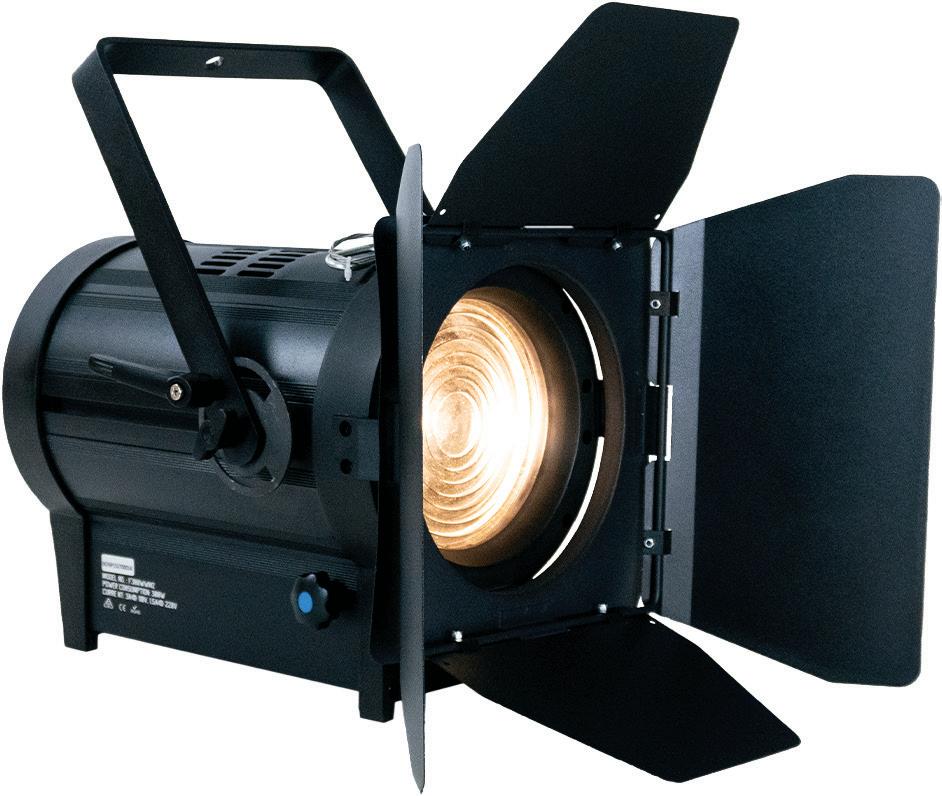
and enhance student understanding
be connected to many areas of learning and enhance student understanding through practical application.
One natural fi t is music and theatre. Schools can be drawn to musicals as it enables students to demonstrate their musical ability and to practise instruments.

To stage a musical or dramatic work for a public audience, schools must first obtain a copyright to the script or music. Though this can seem complicated many external agencies are able to assist schools with obtaining copyright, and some musicals or scripts written with schools in mind may be more cost eff ective than a more well-known story.
more
Jonathan Neil from Edwards Sound, Lighting & Audiovisual said school productions can rival professional theatre with the right mix of creativity and technology.
“Lighting and sound equipment play a vital role in transforming a school hall into a performance venue, and today’s tools are more accessible than ever.




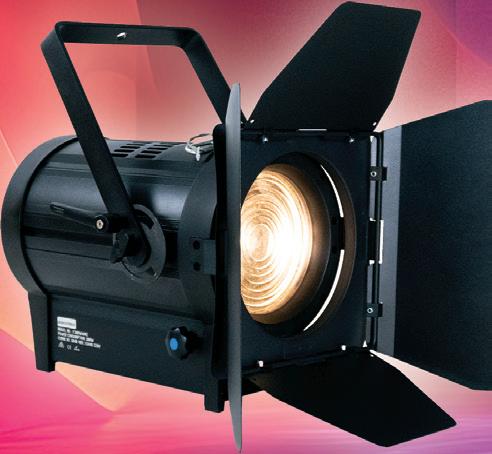















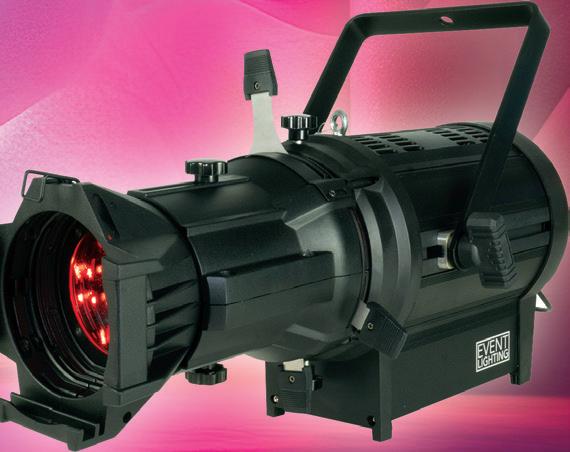



Elevate your school's theatre productions and events with our state-of-the-art LED Par Cans, Fresnels, Profiles, Moving Heads, and Washlights. Our new range of top-quality lighting products is perfect for creating stunning visual e ects and enhancing every performance. Contact us today to learn more about our exciting new range and get a quote.

Portable PA system with stand and wireless microphone
• Fully featured, top quality and easy to use.
• Includes a weather cover for outdoor use.
• Built-in trolley and powerful rechargeable batteries so you can take it anywhere.




$2199 was $2749 now only... PLUS GST
If it’s time to revamp the hall AV system we're got you covered with large automated electric screens, projectors with HDMI wall connection, lighting, sound systems and wireless microphones, please drop us a line!

“Sound and lighting systems can be designed to suit everyday school use— assemblies, speeches, and music—while allowing additional microphones, speakers, and lighting eff ects to be hired in for larger events like productions. This base-plus-hire model is cost-eff ective and adaptable.
“LED moving wash lights, for example, have largely replaced traditional Fresnels, off ering quiet operation, incredible colour mixing, and dynamic movement—all programmable from a simple lighting desk. Haze machines subtly fill the air to enhance lighting eff ects, while things like snow machines add magic for winter scenes and musicals.
“Lighting and sound aren’t just technical additions—they create mood, highlight drama, and bring a story to life,” Mr Neil said. “When students see their ideas lit up and amplified with clarity and atmosphere, it boosts their confidence and creates lasting memories for everyone involved as well as useful, real-world experiences for students interested in performing arts, events or entertainment in their future.”
Mr Neil warned, don’t buy the cheapest LED lights you can find. “They are often under spec’d and all you will hear is noisy fans trying to keep the overstressed internal power supplies cool and you’ll be disappointed. Get quotes and look for the mid-level—you don’t need the most expensive, but something that would at least be acceptable in a theatre is a good place to start.”
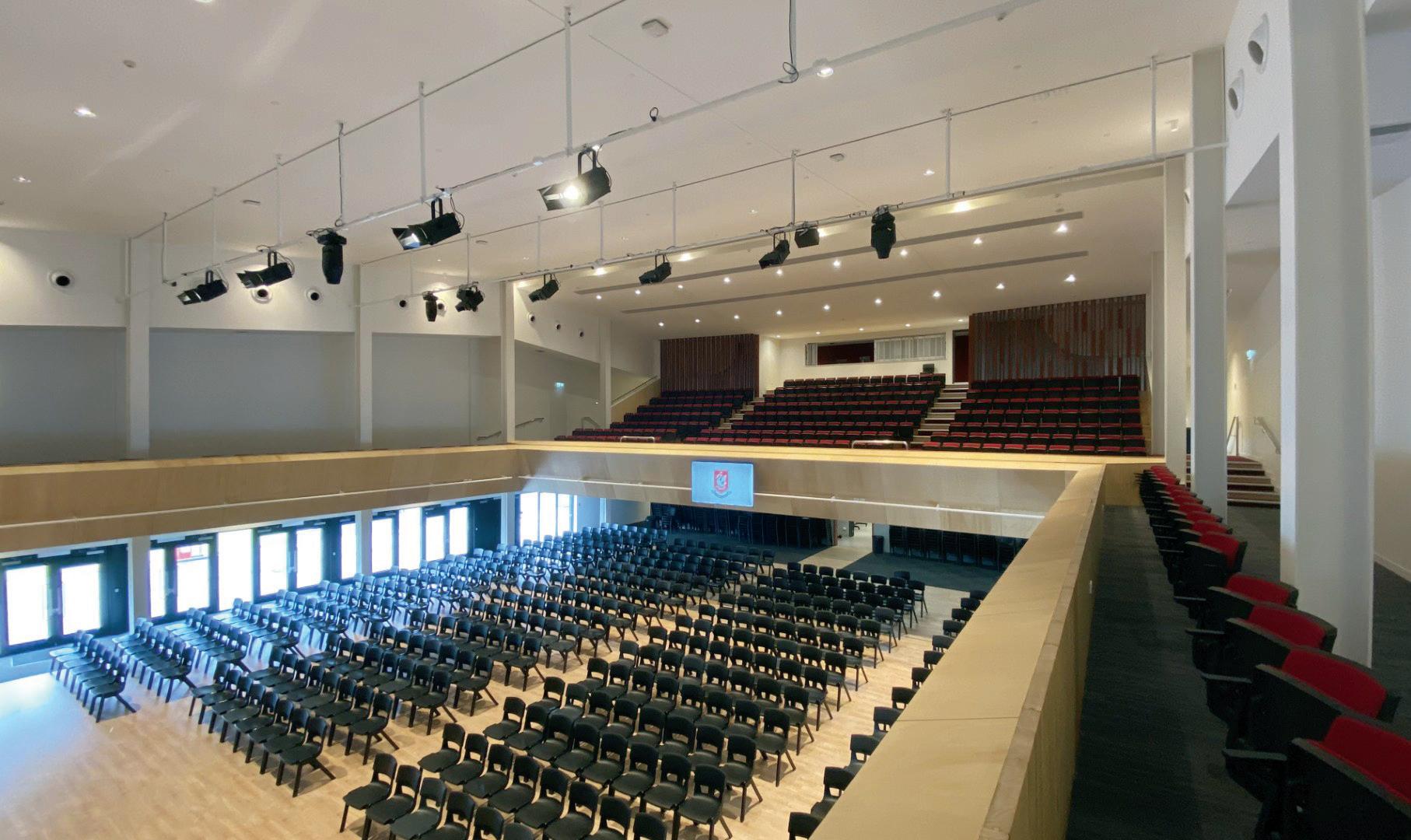
Euan Mackenzie from NAS Solutions noted that sound has the power to transform a school production from a simple performance into a captivating storytelling experience.
“A well-designed system disappears and lets the performance shine. In recent years, schools have gained access to a wide range of professional-grade audio tools that were once difficult to use, and are now pre-polished with simple user interface.
“For example, a simple microphone volume control may include filters, equalisation, and dynamic compression behind the scenes which lead far better results.”
But Mr Mackenzie stressed it’s not just about the gear.
“The value of sound in a school production lies in its ability to carry emotion, shape narrative, and engage an audience,” Mr Mackenzie said.
“A whisper that reaches the back row, a well-timed sound eff ect, or a swell of music at just the right moment can create unforgett able memories for students and their communities.
“When schools invest in sound, they’re investing in confidence, creativity, and collaboration. Students learn to use technology, work together, and take pride in something polished and professional. Sound doesn’t just support the show—it helps bring it to life.”
School productions can rival professional theatre with the right mix of creativity and technology


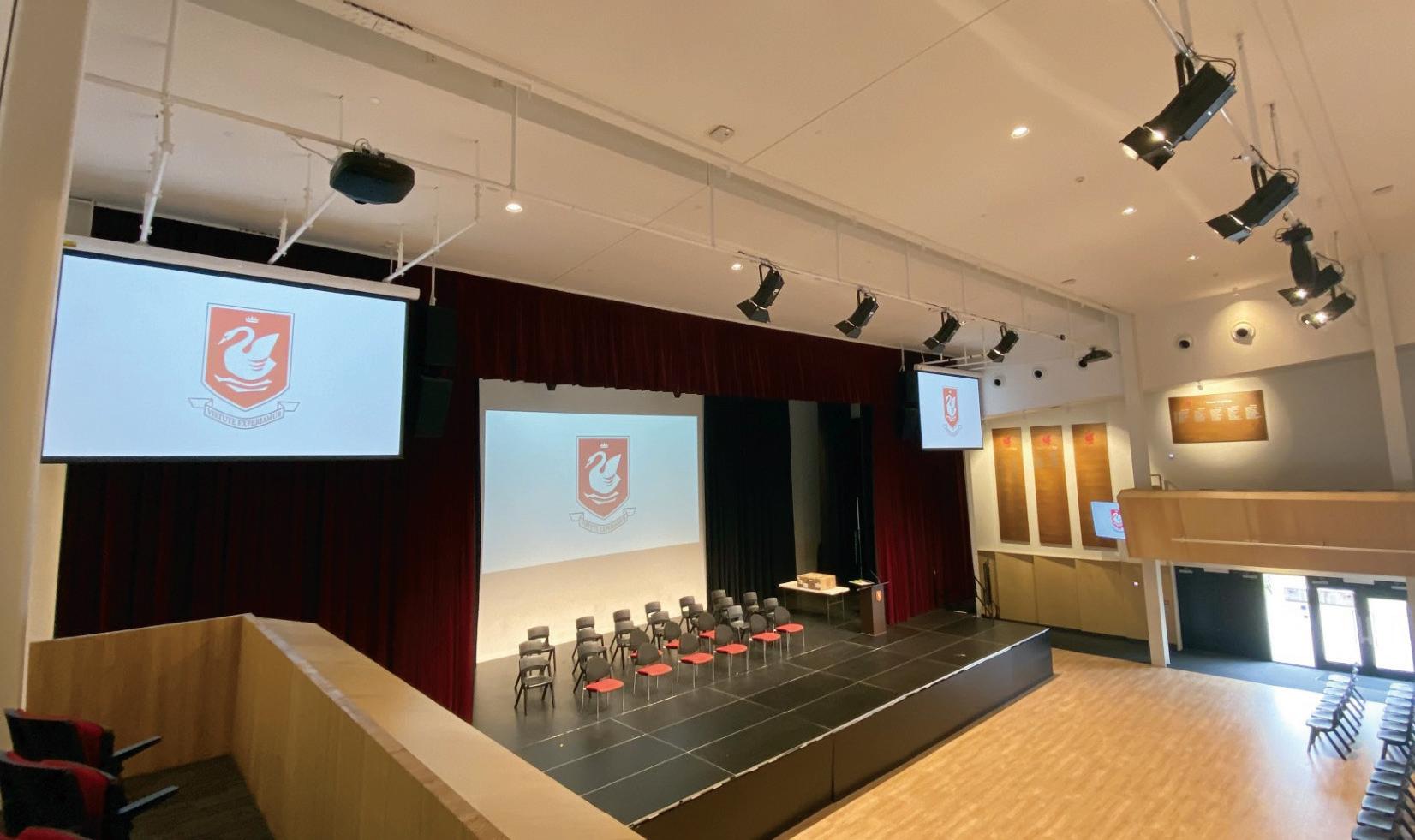
By Naomii Seah, Industry Reporter
In 2013, Rāroa Intermediate revamped its technology curriculum to better equip students with relevant, realworld skills. Seeking innovative methods and tools to support their vision, the school turned to Makerspace NZ.
“We were immediately inspired by the learning potential of technologies like laser cutters and 3D printers,” said Chris Bailey, team lead and teacher in industrial design.
“These tools provided exciting new possibilities for the technology curriculum, giving students a more engaging, futurefocused learning experience.”
Rāroa Intermediate began with one 3D printer and a small laser cutter, to allow staff and students to gain confidence with the
machines. The school has since upgraded to two larger laser cutters, and expanded to a fleet of four 3D printers. Recently, a CNC router has also been added.
“This growth has greatly enhanced both the efficiency and creative potential of our program.”
Mr Bailey said the Makerspace NZ machines are “instrumental” to delivering the technology program, enabling students to innovate and expand their design thinking skills. Thanks to Makerspace NZ, Rāroa Intermediate has moved away from “the traditional, cookiecutter approach to technology education. We can now offer a dynamic, personalised learning experience that truly reflects modern educational priorities.”
Mr Bailey said the machines are used beyond the technology course, even producing items for school-wide purposes like Year 8 leavers’ gifts, awards and medals, and custom signage. Recently,
the school’s Enviro Club designed and laser-cut informative plaques for the native trees and plants around school grounds.
Makerspace NZ has been working with Rāroa Intermediate for almost 11 years, with technicians making regular service visits to the school. Marcus Lund from Makerspace NZ said his team is “consistently impressed at the ingenuity and creativeness used by the staff in the application of the digital cutting machines within the technology curriculum.”
Mr Bailey praised the Makerspace NZ team as integral to the success of the revamped technology program. “Our strong partnership with Marcus, Alice, and the team at Makerspace NZ has been transformative for Rāroa Intermediate. Their consistent support, expert technical advice, and prompt delivery of consumables and replacement parts have made a significant impact on our program.”

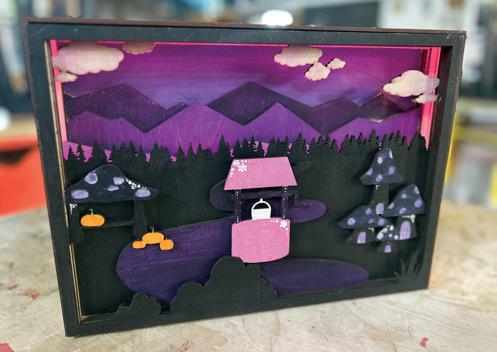

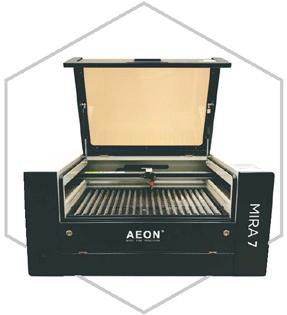
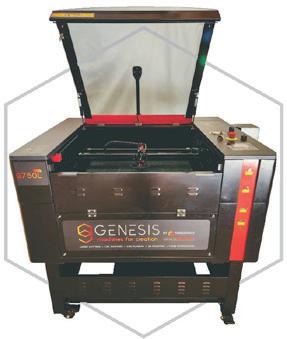
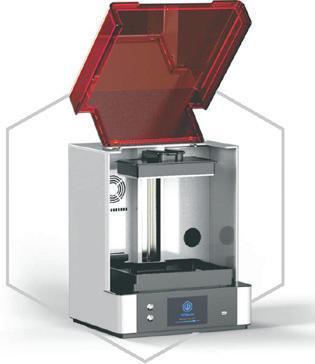
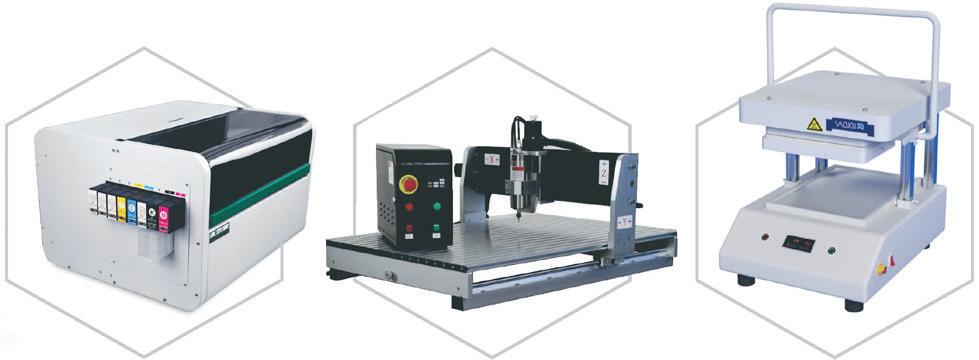








By Sarah Davison, Industry Reporter
A trip to the zoo offers far more than a welcome break from the classroom; it delivers a rich, immersive educational experience that sparks curiosity, supports holistic development, and strengthens students’ connection to the natural world.
Zoos, aquariums and wildlife parks across Aotearoa New Zealand provide ākonga with a rich opportunity to learn beyond the four walls of a classroom. As students wander through habitats, observe native and exotic species, share their thoughts with peers, and engage with educators, they become active participants in their own learning journey. These realworld experiences stimulate intellectual inquiry, emotional engagement, and sensory exploration; encouraging learning that is inherently memorable. Research has found that educational outcomes are enhanced by the structure of
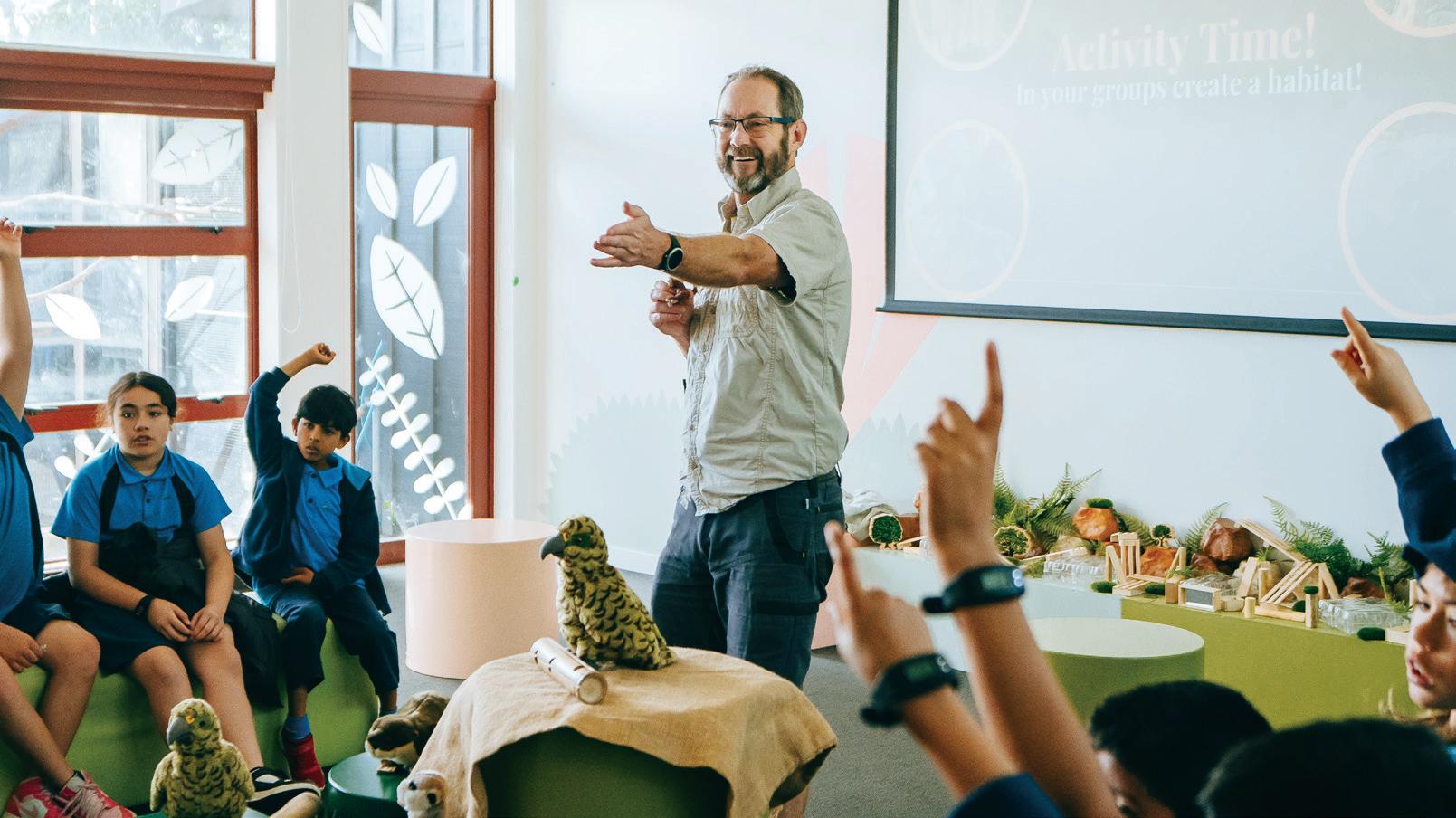
zoos, where education and entertainment are merged. Stimulating, interactive environments, zoos and wildlife parks show students that discovery is exciting, and learning is an adventure.
Similar to other informal learning environments like museums and galleries, zoos and wildlife parks encourage unstructured exploration, and give students agency over their learning. Left
to explore the space on their own, students seek out exhibits which interest them, and form inquiry questions for further investigation. Conversations with educators, either at the zoo or in the classroom, can help reinforce this independent inquiry.
Importantly, a school day at the zoo or wildlife park is not limited to passive observation. Many New Zealand wildlife institutions now deliver structured education
programs that align with the New Zealand Curriculum and are thoughtfully tailored to suit different age groups and learning needs. Whether investigating ecosystems and food chains, identifying behavioural and physical adaptations, or unpacking environmental challenges such as species decline and climate change, these sessions allow students to explore scientific concepts in authentic, interactive ways.
Many of these programs also embrace Māori perspectives on te taiao (the natural world), including the concept of kaitiakitanga (guardianship).
By weaving te ao Māori into conservation education, these experiences ensure learning is not only curriculumaligned but also culturally grounded and inclusive.
This approach aligns closely with the Department of Conservation’s (DOC) national education strategy, which champions connection to nature through informal, hands-on, and self-initiated learning.
DOC emphasises that fostering a sense of wonder, care, and responsibility for the natural world is essential to developing young people into informed and empowered guardians of Aotearoa’s biodiversity. Through support for teachers and a focus on experiential learning, DOC aims to grow students’ environmental knowledge, values, and conservation skills.
The importance of this work is echoed in public sentiment.
According to DOC’s National Survey, 84 percent of New

Zealanders say that conserving the natural environment is personally important to them.
A further 79 percent believe conservation contributes to the wellbeing and prosperity of all New Zealanders, and 75 percent agree it should be a consideration in all major national decisions.
As environmental challenges mount, zoos, wildlife parks and outdoor educators are playing a vital role in inspiring the next generation. These experiences don’t just teach students about nature—they empower them to protect it. Whether it's marvelling at marine life at the aquarium or learning about the plight of
native birds, these moments help students see themselves not only as learners, but as future kaitiaki of Aotearoa.
A zoo experience can be curated to suit any age range or group size. Students will benefit from specialised knowledge from an expert, enriching and reinforcing their classroom learning.



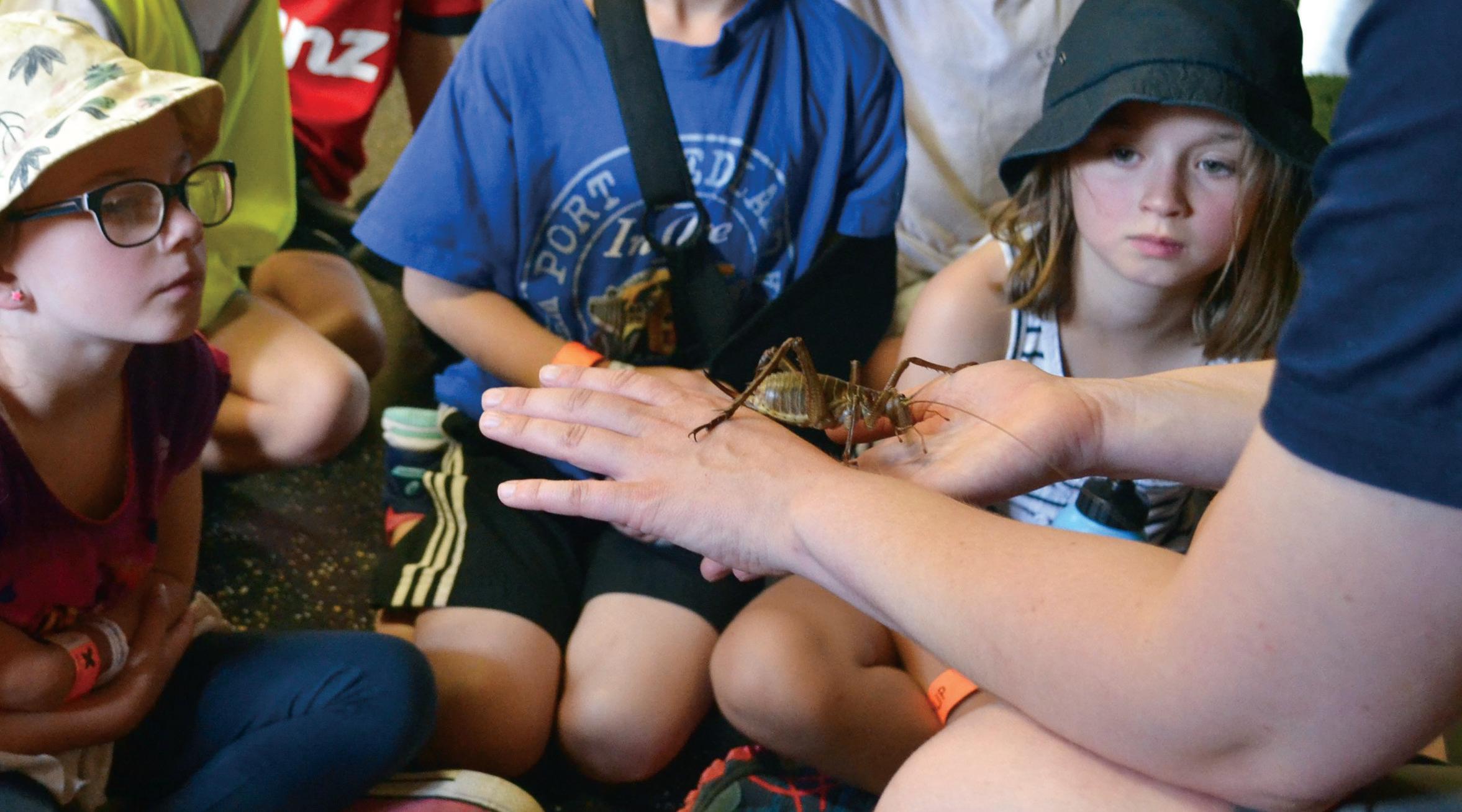
Some zoos and wildlife parks shared with us what they offer for school groups.
Auckland Zoo is a worldrenowned conservation learning provider. Their mission is to connect young people with wildlife, building a generation of conservation scientists for the future. Auckland Zoo’s education program has been developed with the latest wildlife conservation science in mind. Programs also draw
on the wealth of education experience within the team to ensure learning experiences are engaging and informative— inspiring informed action from Aotearoa’s younger citizens.
Onsite sessions are led by expert facilitators either through interactive classroom sessions or experiential sessions in one of the Zoo’s immersive tracks, before the opportunity to witness learnings throughout the rest of the Zoo. The curriculum linked
Step into a world of butterflies, dinosaurs, wētāpunga and crocodiles at Butterfly Creek.
Located 10 minutes from Auckland Airport, Butterfly Creek offers attractions, animals, train rides and more for children of all ages to learn and enjoy.
Experience the wonder of our Butterfly House as hundreds of butterflies fly around you and learn about the different species we have. Wander through the Dinosaur Kingdom and see life-size dinosaurs up close. Step into the Kiwi House and see our kiwis in their nocturnal environment. Discover the otters, meerkats

and porcupines in their outdoor enclosures and meet our crocodiles, Goldie and Scar, in the daily Croc Show. Take a walk to Buttermilk Farm and meet the pigs, chickens, goats and sheep.
With so much to discover, including an optional train ride and keeper talks, Butterfly Creek offers the perfect day trip for your classroom!
To book your group trip, visit butterflycreek.co.nz/school-visits
sessions cover a range of topics — from Endangered Species and Sustainability, to Whakapapa and Protecting Aotearoa— and are tailored to learning outcomes for Years 0 to 13.
Auckland Zoo’s Conservation Learning Online, New Zealand’s first zoo-based online conservation learning platform, offers a variety of pre and post visit modules to get the most from your session and bring the Zoo to life in your classroom. For ākonga outside of Auckland, virtual sessions are a great way to bring the zoo to you with a variety of topics available for primary, intermediate and secondary classrooms.
At Butterfly Creek, children have the opportunity to connect with nature and learn about different animals in a fun environment.
From the Butterfly House to lace monitors, meet animals up close and personal. At Buttermilk Farm, children can pet the chickens, goats and rabbits. Travel back in time in the Dinosaur Kingdom and discover life-size dinosaurs towering above you. Butterfly Creek has an amazing display of over 50 dinosaurs including the t-rex and velociraptor. Discover some of New Zealand’s native animals and insects such as the wētāpunga, moa and kiwi.
Every day, students can watch animal encounters where keepers feed and talk about a different animal. School groups can also enjoy a keeper talk, a great opportunity for children to learn more about an animal and ask the experts questions. Keeper talks are offered on kiwis, butterflies, dinosaurs, wētāpunga, eels and small reptiles.
Seventy-five percent of the park is undercover, making it the perfect place to explore in all weather. Dedicated groups coordinator, train rides, friendly keepers, fun playgrounds and lots of outdoor spaces, will all enhance your school trip to Butterfly Creek.


By Tim Wills , CEO, Adventure Specialties Trust
There is an intrinsic value to being outdoors in nature, regardless of whether we are in the mountains, the bush, the ocean, or simply going for a stroll through our local park. When we immerse ourselves in nature, we leave these spaces feeling physically, mentally, emotionally and spiritually refreshed.
Outdoor adventure programs can provide schools with an ideal mix of fun and challenge (to keep students engaged), plus an eff ective way to integrate Te Whare Tapa Whā into your lessons, through experiential learning.
Outdoor adventure activities (at any location or ability level) allow us to create real-world examples of the four ‘walls’ of Te Whare Tapa Whā—how they each support wellbeing and how the walls are intrinsically linked to each other.
For example, going on a bush walk can increase our sense of physical wellbeing (Taha Tinana) and mental wellbeing (Taha Hinengaro). It strengthens our connection to other people in the group (Taha Whānau), our sense of being connected to something bigger than ourselves (Taha Wairua) and our connection to the environment (Te Whenua).
Below are two examples of how outdoor activities and a connection to nature use Te Whare Tapa Whā as a framework for supporting hauora.
When students come to a high ropes/confidence course, we can delve into Taha Hinengaro (mental and emotional wellbeing).
Instructors might ask students to look up at the ropes and share how they feel.
Replies might range from “It looks exciting” to “I can't do that” or “I feel scared”. Then instructors can talk about the safety systems that are in place—the ropes and harnesses—which keep the students physically safe. But being up high can still feel scary. What are some ways that students can deal with those natural feelings of fear? The group can brainstorm together. Then go deeper: Does this ever happen in other parts of life, where you’re physically safe but emotionally scared?
For example, speaking in front of a group or trying a new skill. Can we use these ideas in those situations too?
A focus for a day kayaking might be Taha Whānau (social wellbeing). Instructors might ask the students, “Who is in your boat with you?” then talk about the support networks that we have in our lives. Who do we turn to, when we’re struggling?
There is an intrinsic value to being outdoors in nature




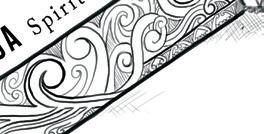
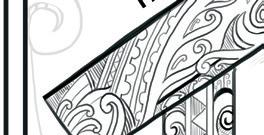

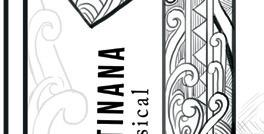

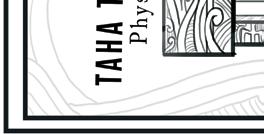






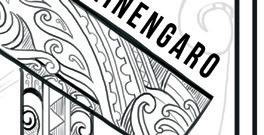



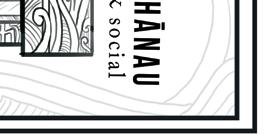
Ilustration courtesy of Adventure Specialties Trust
Who supports us in diff erent areas of our lives? Who do we support? How can we strengthen those existing relationships or build new relationships?
These are two quick examples, but there are many more ways

that Te Whare Tapa Whā can be used in outdoor adventure activities to support students’ hauora. The great outdoors is a limitless resource for building holistic wellbeing, and Te Whare Tapa Whā is an ideal framework for linking it all together.






By Naomii Seah , Industry Reporter
Sports play a vital role in school life. In addition to keeping people fit and healthy, sport also reduces stress, builds confidence, provides opportunities for achievement, brings people together and builds communities.
To fully unlock the benefi ts of sports for students, some basic equipment is required. From bats and balls to professional equipment and specialist surfaces, the right sports equipment can inspire young athletes at your school.
At its most simple, schools can purchase a variety of balls to harness interest in the many popular ball-sports like handball, football, netball, volleyball, rugby and basketball. Some balls can be multipurpose, though specialised balls are needed to maximise performance.
The benefi ts of ball sports are well known, especially for younger children, where ball sports develop handeye coordination, gross motor skills and balance.
For pre-teen ākonga and younger, adjusted size
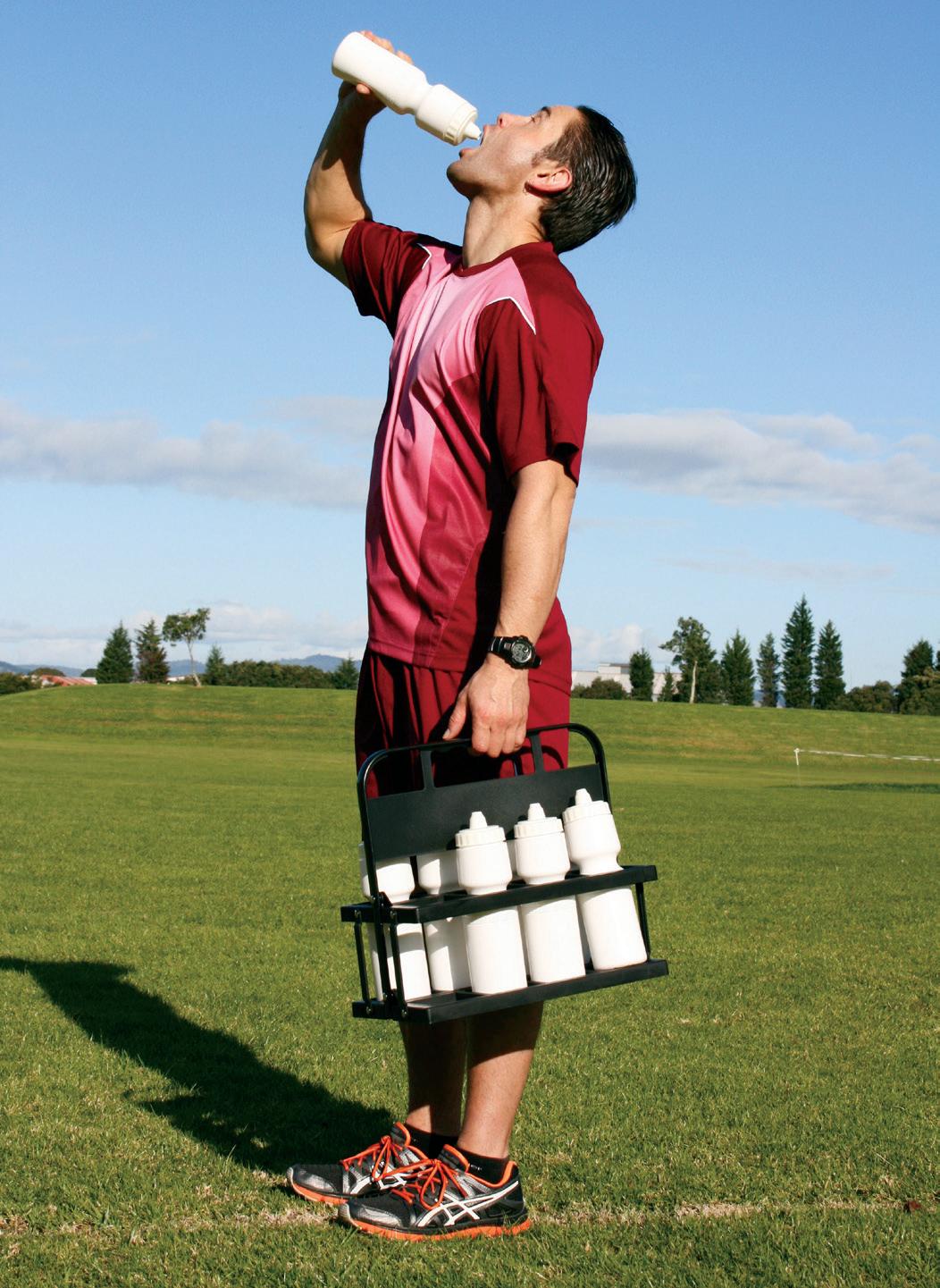
equipment may be needed as a standard adult size may be unsafe or inappropriate.
The benefi ts of age-appropriate equipment also go beyond safety and comfort. For budding athletes, an appropriately sized ball is vital to ensure proper form
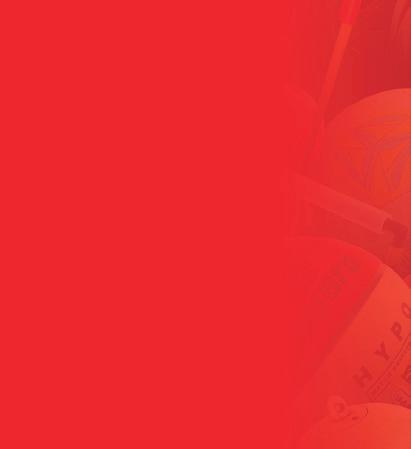

use body weight instead of proper shooting technique, and these habits become hard to change once they are formed. In football, smaller sizes for younger age groups have even been internationally standardised to allow players to develop proper ball skills.
Karen Millar from Gymleader said equipment needs to be age appropriate. “Equipment should be tailored to the age and skill levels of students, with a strong emphasis on safety, ease of use, and long-term performance.
“When investing in gear for physical education, athletic development, or school sports teams, durability and flexibility are key."
Kerry Masters from Hotshot Sports Equipment agreed that schools should look for durability, safety, and versatility.
“Equipment that supports both skill development and general fi tness and can cater to a range of ages and abilities off ers the greatest long-term value.
and technique. This is because ball size and weight matters for ball-handling, shooting and skill development. With the wrong sized ball, players compensate with poor form and technique.
For instance, with basketball, young players may need to

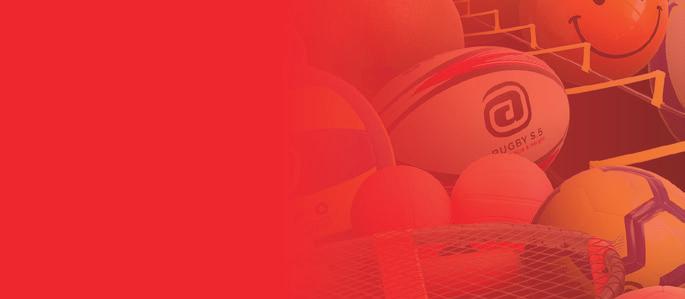
“Working with experienced suppliers who understand the education space helps ensure gear meets curriculum needs, safety standards, and diverse student requirements. With the right investment, schools can create active, engaged environments that support both physical health and academic success.”
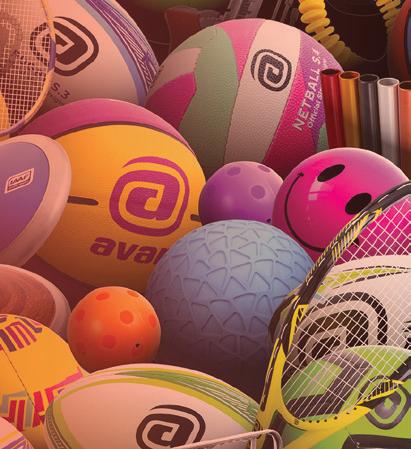







Besides ball sports, athletics is a school rite-of-passage for many, and safe participation requires the right equipment. Starting blocks and hurdles lend a professional feel for training older students in sprints, middle to long distance running, relays, hurdles and more.
For high jump and pole vault, crash-pads are essential and need to be regularly checked and maintained to ensure they comply with health and safety standards. Equipment such as crash pads can also be used for other sports like gymnastics.
Good quality equipment can also be an asset for schools, as it can be hired out for community use along with school spaces like gymnasiums.
For older students training in regional and national sporting contexts, coaching equipment is essential for eff ective coaching sessions. Whistles and stopwatches are necessary for running and signalling drills. Cones and markers are used to create training courses and boundary
lines. Certain disciplines also require specialised equipment, for instance, tackling dummies for rugby, ball machines for tennis and kickboards and buoys for swimming.
The team at Sports Distributors said extra coaching outside of regular school classes can be incredibly beneficial for young athletes who are committed to their sport. “It provides a more focused environment where individual skill development, game understanding, and confidence can really thrive. Students also learn valuable habits like goal sett ing, time management, and resilience— skills that benefi t them beyond the field or court.
“For school sport coaches, having a solid toolkit makes all the diff erence. Essentials like whistles, stopwatches, cones, and clipboards might seem basic, but they help keep sessions organised, efficient, and engaging. These tools aren’t just for competitive training—they can enhance PE lessons for all students by promoting structure and clear communication.
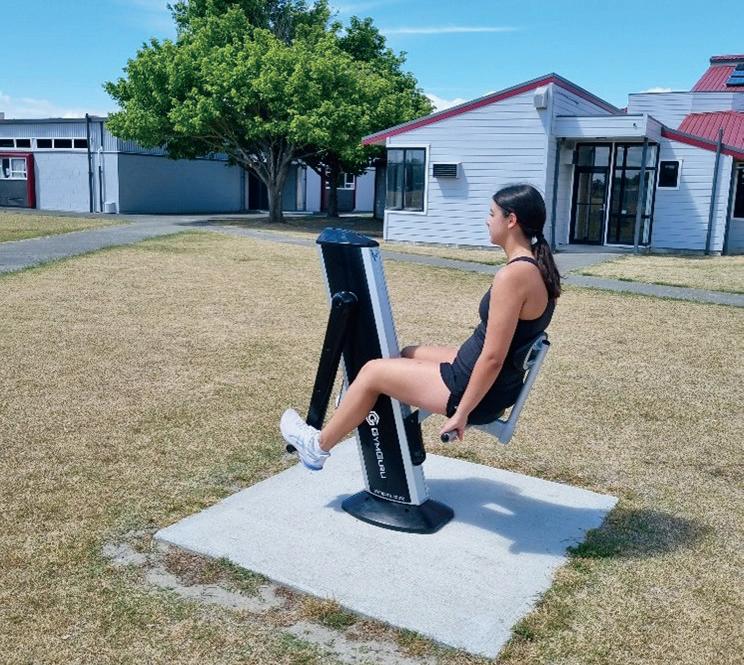

We have 60 years of delivering high-quality sports facilities and equipment to schools and educational institutions. We cover over 250 products across 30 di erent sporting codes.
• School Gymnasiums (Everything from hurdles to high jump mats)


• School Courts and Fields (Including rugby, basketball, netball, volleyball, and tennis.)
• Recreation Centres
• Planning, Supply and Installation
If you are looking to upgrade or you need to add a sports facility to your campus we are here to help.









“Storage is often an overlooked part of running a smooth sports program,” Sports Distributors said. “Compact trolleys, mesh ball bags, and stackable bins— like those used in many school PE departments—can help keep gear organised and easy to transport. Wall hooks for bibs and bags are great space savers. The key is creating a system that makes it easy for students and staff to access and return gear—keeping things both tidy and time-efficient.”
Outdoor gym facilities are another option that add value for the community and help unlock strength and wellness development for students. Many schools may have elements of an outdoor gym already in place, such as pull-up and parallel bars. More specialised outdoor gym equipment includes chest presses, balance boards, rowing and elliptical machines.
There are varied options available, and specific machines may be more suited to your community or school needs. For instance, strength options like bench and leg press may be good options to supplement sports team training. If you’d like to encourage more cardiovascular activity in students, an elliptical or stationary bike might be better. You can also combine machines to create a suggested workout for users.
Park Supplies & Playgrounds noted that outdoor gym facilities in particular offer “significant benefits for students' health, well-being, and social development.
“Regular access encourages active lifestyles, helps to combat obesity, and improves cardiovascular health. The dynamic outdoor environment increases engagement with physical activity and promotes enjoyment of exercise, reducing stress and improving mood, concentration, and academic performance. These facilities also aid motor skill development and encourage teamwork and social interaction among students.”
Ms Millar added that outdoor gym facilities make movement and fitness accessible for students.
“Outdoor gym facilities offer
huge benefits for students, giving them space to move, play, and train beyond the classroom. They're proven to boost physical wellbeing, support mental health, and encourage social interaction. For schools, they provide yearround access to movement and structured activity, even outside traditional PE lessons.
“Schools should ensure that installations comply with New Zealand’s safety standards and are built for high-usage environments.”
Mr Masters from Hotshots Sports Equipment added that many schools are finding outdoor gym facilities to be a valuable asset. “They provide an inclusive, accessible way for students to stay active—before school, during breaks, or within PE lessons. Regular physical activity in these spaces not only supports strength, coordination, and confidence, but is also proven to enhance concentration, reduce stress, and improve overall academic outcomes.
“Movement boosts brain function, and schools that prioritise fitness often see benefits in classroom focus and student wellbeing. Outdoor gyms help normalise exercise as part of daily life—not just competitive sport—making physical activity more appealing to a wider range of students.”
Sports surfaces provide a smooth, stable and even playing court for ākonga. This makes sports accessible and prevents sessions from being hazardous, especially in wet or slippery conditions.
Additionally, specialised features like cushioning and grip make participating in sports more comfortable and enjoyable, and reduce the risk of injury. Students are less likely to participate if they fear being hurt. Having a well-maintained sports surface can mitigate this and ensure everyone is able to gain the benefits of being active. One court can even be configured for many different games and purposes, creating extra value from the area.
The team at Park Supplies & Playgrounds said schools should prioritise safety and durability when purchasing sports equipment to ensure longevity and minimise maintenance.
“Inclusivity and accessibility are vital, ensuring usability for students of all abilities. Selecting age-appropriate and versatile equipment maximises space and activity options. Opting for quality and compliant equipment from reputable manufacturers is crucial, along with considering ease of maintenance to reduce
long-term costs. All-weather surfaces like wet-pour rubber and rubber matting tiles offer resilience and low maintenance for year-round use,” said the Park Supplies & Playgrounds team.
Ms Millar said all-weather surfaces, and inclusive outdoor equipment for a wide range of ages and abilities, is one of the most exciting trends Gymleader has seen for schools.
“Multi-sport turf, rubberised surfacing, and accessible obstacle or fitness circuits make it easier for every student to participate, rain or shine.”
Recently, schools have moved towards a stronger focus on safe and inclusive outdoor environments. This might mean looking at the outdoor environment of your school and identifying barriers to being active outside. Something as simple as a handrail may improve access to outdoor spaces.
The Park Supplies & Playgrounds team said: “Inclusive design incorporates features for varied abilities, such as sensory panels and accessible ramps. Multi-use spaces combine play, sports, and fitness zones, while sustainable materials and aesthetic appeal are also gaining importance.”

By Sarah Davison, Industry Reporter
In today’s fast-paced, hyper-connected world, effective school communication needs to be instant, engaging, and adaptable. That’s where digital signage steps in; offering schools a powerful, real-time platform to connect with students, staff, and families alike.
Whether it’s sharing important updates, boosting morale, or showcasing student success, digital displays are becoming essential tools for building vibrant, well-informed school communities.
As the education sector across Aotearoa New Zealand continues to adopt smarter technologies, digital signage offers a valuable opportunity to streamline communication and create an engaging environment for both students and educators.
For some industry insights on digital signage functionality, usage, and latest features, School News spoke to WiPath Communications Managing Director Walid Hadi
How has demand for digital signage changed in the education sector over the past few years?
Walid Hadi: In recent years, New Zealand’s education sector has seen growing demand for digital signage as schools look to enhance communication across their campuses. Increasingly, dynamic digital displays are replacing static noticeboards, offering a more flexible, engaging way to deliver announcements, emergency alerts, and event information.
This shift has been driven by a broader digital transformation, accelerated by the rise of online learning environments. Schools are now embracing indoor digital displays in high-traffic areas, as well as large-format video walls in halls and gymnasiums. These not only offer a modern look but also allow for realtime communication, replacing outdated projector systems.

Cloud-based control systems have also become a game changer. They enable staff to manage and update multiple displays from a single platform, remotely and in real time. This streamlines content scheduling and ensures consistent, efficient communication across the entire school.
Are there some important factors schools should consider when choosing digital signage solutions for their campus?
Walid: Choosing the right digital signage solution begins with selecting a reputable, experienced supplier. A trusted partner will ensure a longlasting system backed by strong support and maintenance, rather than just selling and walking away post-installation.
Placement is equally critical. Signage must be installed in locations with good visibility and accessibility to power and data, and any external displays must comply with local traffic and safety regulations. Outdoor signage should also be weatherproof and durable enough to withstand vandalism or impact.
Display technology should suit its environment—high-resolution screens for long viewing distances, and robust materials for high-risk areas. For branding purposes, schools may also want custombuilt structures incorporating their colours, logos, or values.
A user-friendly content management system is essential. Cloud-based CMS platforms are now standard, allowing staff to update and schedule content across multiple displays without onsite IT support. This centralised approach improves efficiency and responsiveness.
Staff training is another important element. A simple, intuitive system empowers school staff to keep content up to date without relying heavily on technical personnel. Ultimately, schools should clearly define their signage goals. If the focus is branding, the design might include school colours and values. If it’s about timely communication, simplicity should take priority.
Has the technology behind content management systems evolved, and what should schools look for in a platform that manages multiple displays?
Walid: Content management systems for digital signage have evolved from basic, locally hosted solutions to sophisticated cloud-based platforms. These newer systems allow realtime content updates, remote access, and centralised control of displays across an entire school or multiple campuses.
Modern CMS platforms are designed with user experience in mind, offering drag-and-drop interfaces, scheduling tools, and integration with multimedia content or emergency systems.
They simplify management, reduce the need for onsite technical staff, and improve communication efficiency.
When choosing a CMS, schools should prioritise scalability, ease of use, real-time monitoring, and compatibility with different media formats.
What trends are you seeing in digital signage design for schools?
Walid: Schools are increasingly opting for signage that can be updated in real time and serve multiple functions. Displays are being strategically placed in entrances, cafeterias, and gymnasiums—spaces where they can reach large audiences and double as tools like scoreboards or event screens.
Design-wise, signage is becoming an extension of the school’s brand. Schools are integrating their name, logo, and values into displays, and some are selecting materials that reflect sustainability or local character, such as timber mounting frames to convey environmental values.
Another key trend is the nearuniversal adoption of cloud-based management systems. These platforms allow for seamless updates and ensure consistent messaging across all locations, offering both operational and communication advantages.



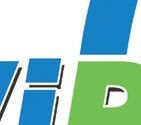

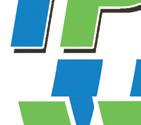




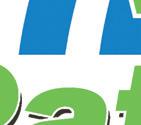
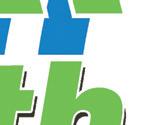
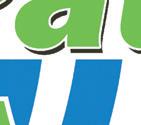
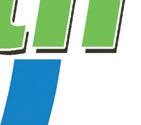






LED Signs & Paging Systems

As education evolves, so should the tools that support it.
WiPath Communications, in proud partnership with Dahua Technology - Empowering New Zealand Schools with world-class Digital displays, Classroom engagement tools, and advanced campus security.
WiPath Communications, as leader of future ready technology solutions for schools across New Zealand, in collaboration with Dahua Technology, a global innovator in smart surveillance systems, deliver fully integrated solutions.
Interactive Classroom Whiteboards
Touch ended displays drive student participation & digital learning.
Custom Audio & PA Systems
Centralised communication across classrooms and the campus.
Digital Signage (Indoor/Outdoor)
Share school news, emergency messages, live streams & student achievements campus wide.
CCTV Security Systems
Scalable, smart surveillance for students, staff and property safety.
Together, WiPath and Dahua deliver future-ready technology, backed by local support and installation expertise. Whether you're upgrading a classroom or planning a brand-new build, we’ll design a system that fits your vision and your budget.












By Naomii Seah, Industry Reporter
Without proper maintenance and care, trees can become a hazard.
Trees have a major role to play both ecologically, and for nurturing our relationships with the outdoors in an urban environment. In schools, trees beautify grounds, provide shade, and a natural playground. However, trees are living beings, and they require care and management to ensure they retain their benefits without becoming a safety risk.
While staff may be able to manage and maintain small trees, an arborist is usually required to assess larger and older trees. Trees should be assessed when they show signs
of ill health like yellowing or misshapen leaves, abnormal trunk growths or leaning trunks.
Schools should also carry out tree assessments regularly, where a specialist can offer insights into the tree’s condition, any weaknesses, the soil condition and the risks it poses to people or structures. Regular checks can catch issues early, improving the chances of saving trees and lowering costs.
In areas that experience extreme weather like flooding, thunderstorms or hail, having up-to-date information on tree health can help schools brace for oncoming weather events or understand their risks when taking shelter. For schools with large grounds, arborists may also

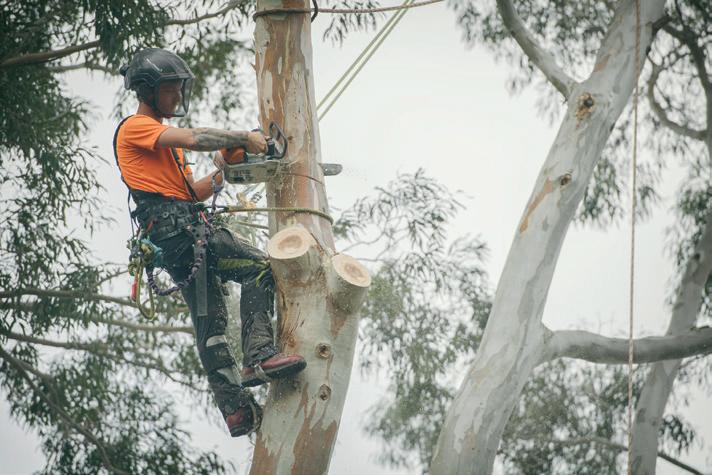
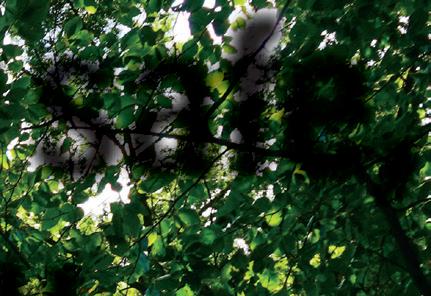

provide an inventory of trees, which is necessary for long-term property planning and grounds improvement and maintenance.
Arborists are also needed to prune and maintain large trees. Done properly, pruning can shape the tree and maintain its health, ensuring it can be enjoyed by the community for years to come. Large trees may also require specialist equipment and risk management while pruning. Besides pruning, some trees may require bracing and cabling to mitigate risk of structural compromise.
In Aotearoa New Zealand, some trees may be considered notable or protected as they are historically or ecologically important, or unique. In these cases, resource consent may be required to carry out work on or around the tree.
Bryce Robb from Beaver Tree Service said school tree care means safer schools. “Trees are a valuable part of school grounds, offering shade, beauty, and learning opportunities—but they can also pose risks if not regularly maintained. The key to safer school environments is proactive tree care.
“Regular inspections by a qualified arborist are essential to assess a tree’s condition and identify early signs of decline, disease, or structural weakness. Schools should develop a tree management plan that includes routine visual checks, especially after storms or during seasonal changes. Staff should also be encouraged to report concerns, such as dead branches, fungi at the base, or unusual leaning.
“Regardless of whether tree work is required, we recommend a 360-degree walk-around by a professional arborist at regular intervals to ensure maintenance is planned and preventative— not reactive,” Mr Robb said.
“Proactive maintenance—like pruning to remove deadwood or reduce weight on heavy limbs—helps prevent accidents and promotes healthy growth. The best times for such work are typically late winter or early spring, when trees are dormant and less stressed.
“A well-monitored and maintained tree not only reduces risk but also supports a safe, enjoyable outdoor environment for students and staff.”

Playground budgeting and planning ju got easier
Say goodbye to juggling contra ors and coordinating in alls. Creo’s All-In-One Playgrounds take care of the lot:
• Playground Design
• Full In allation
• Safety Surface
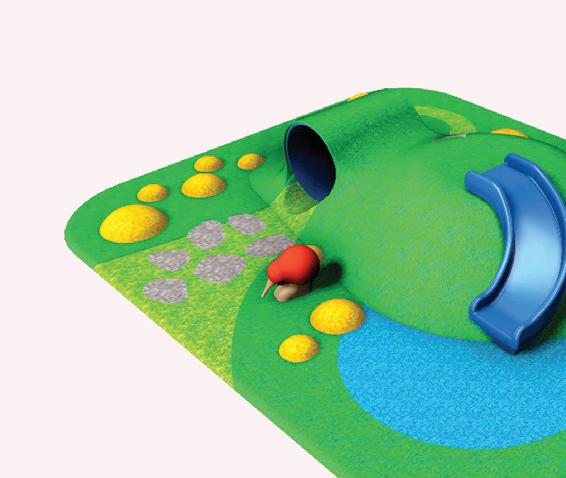
• Timber Edging
• Safety Fencing
• Safety Plans
